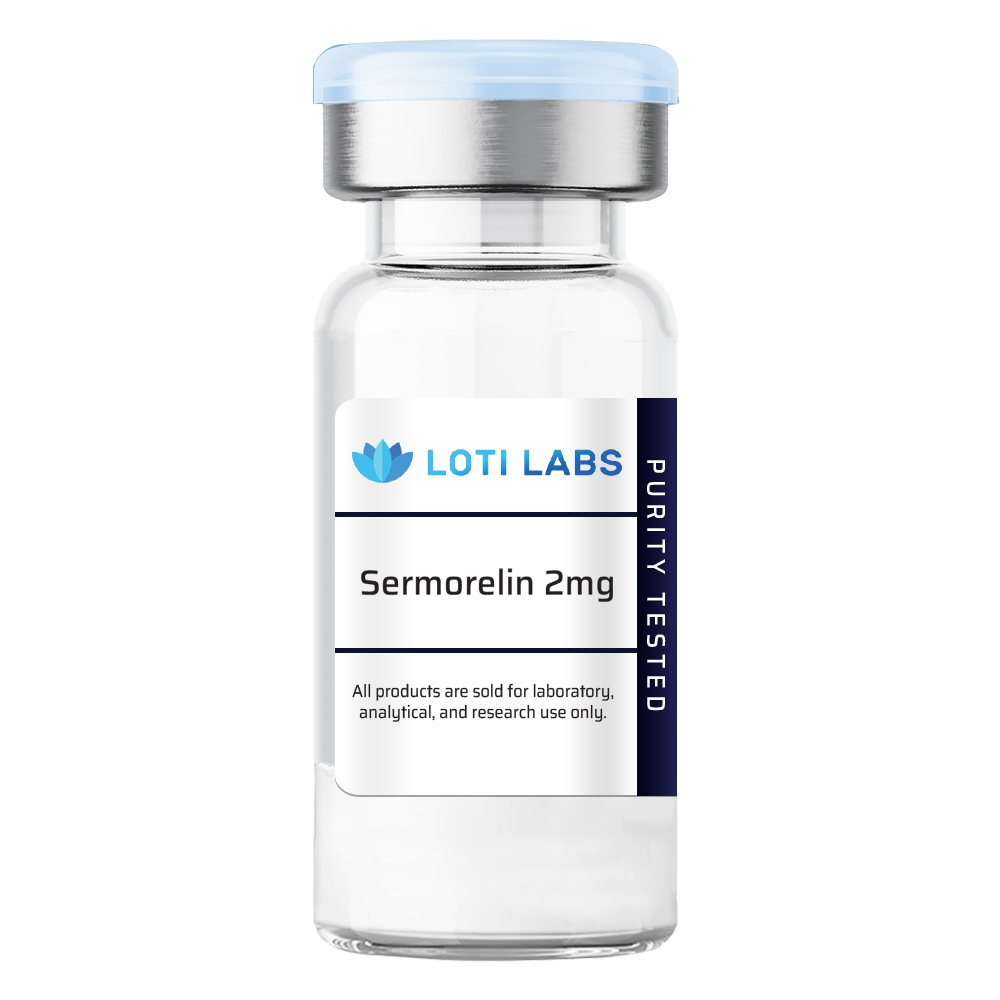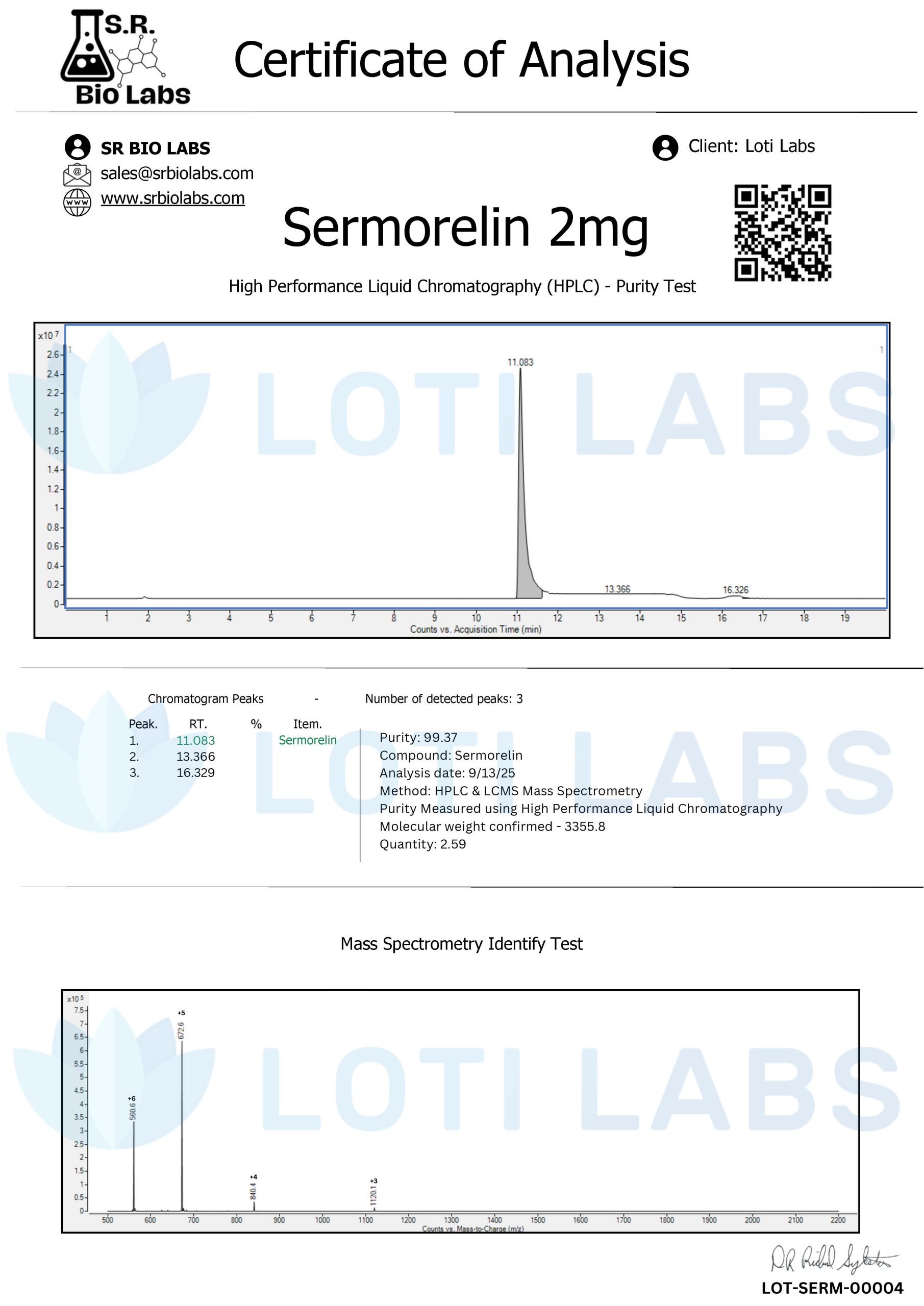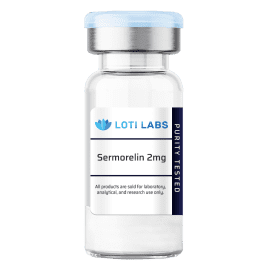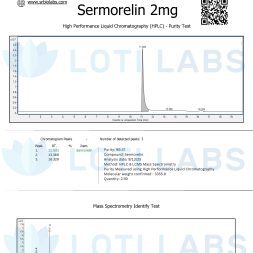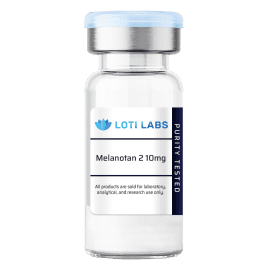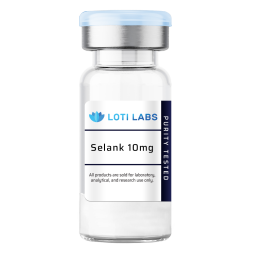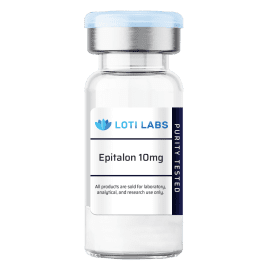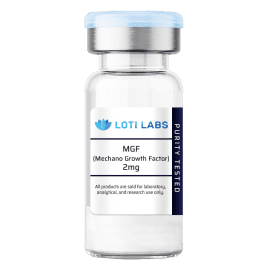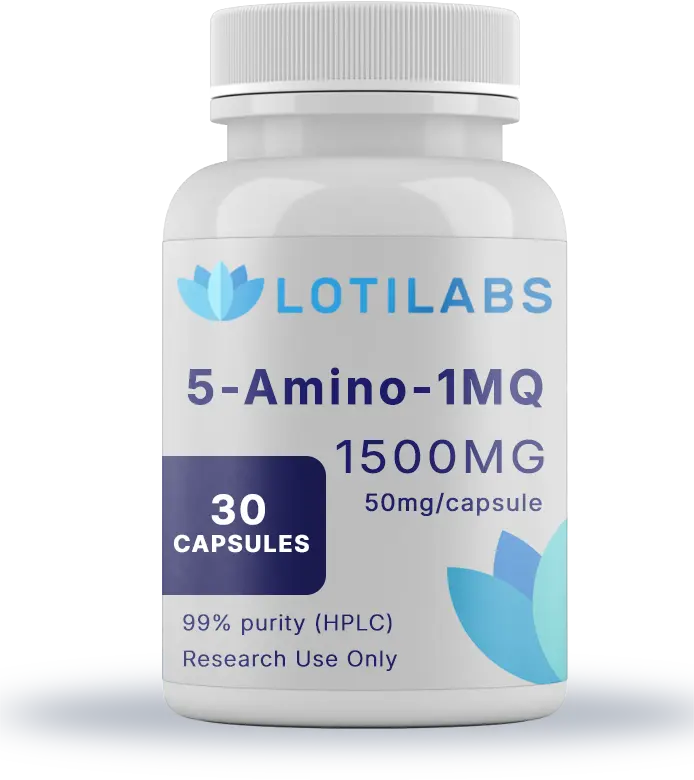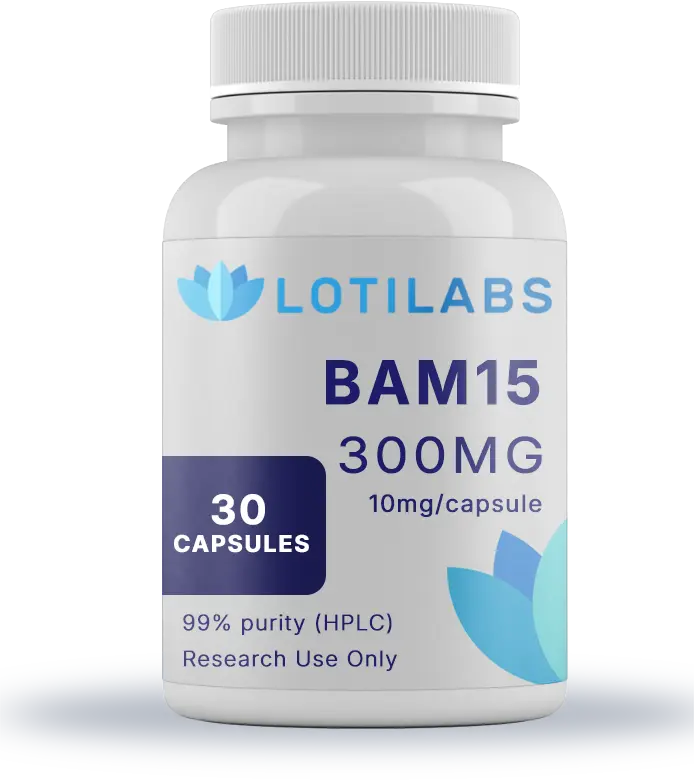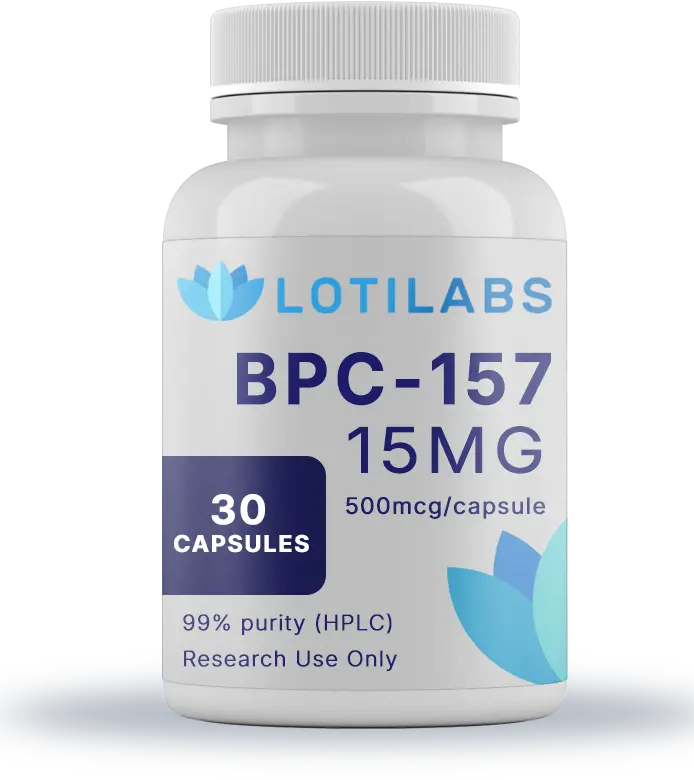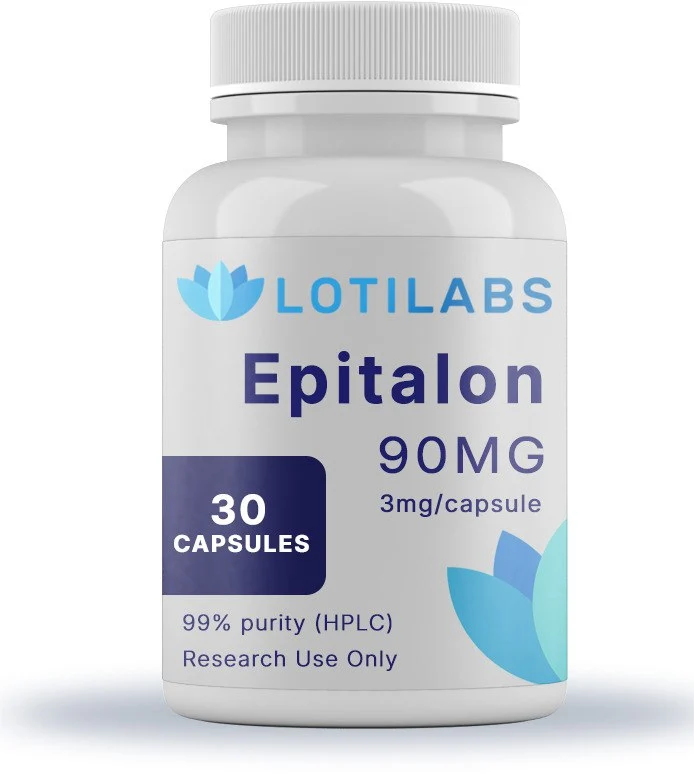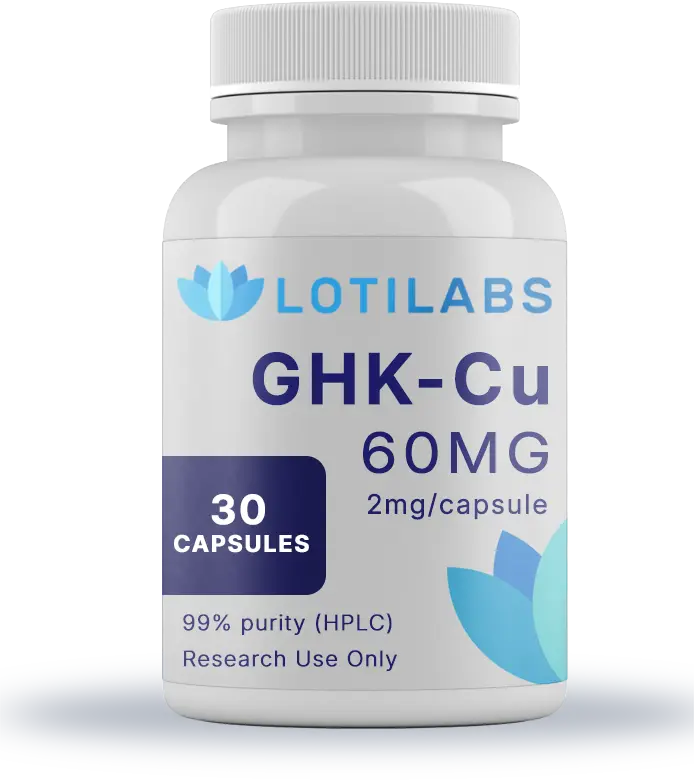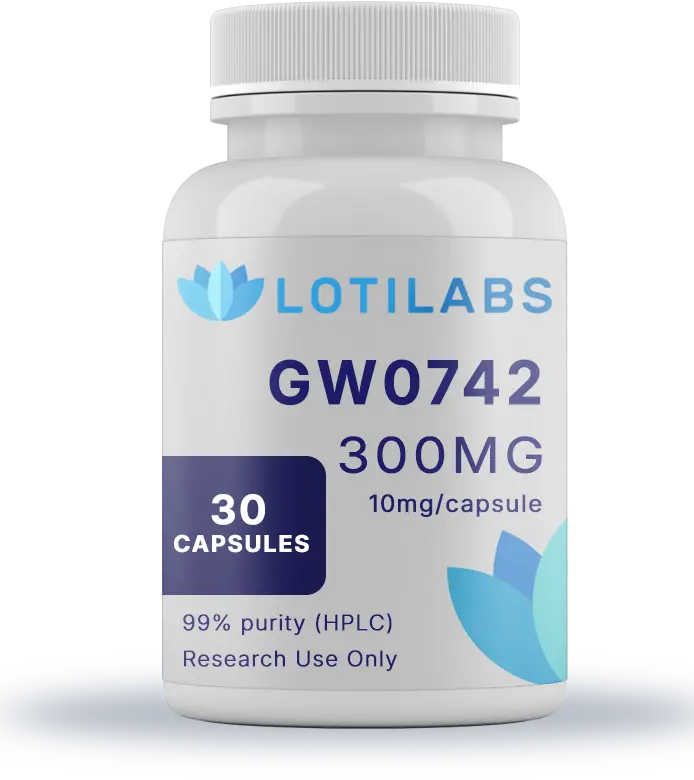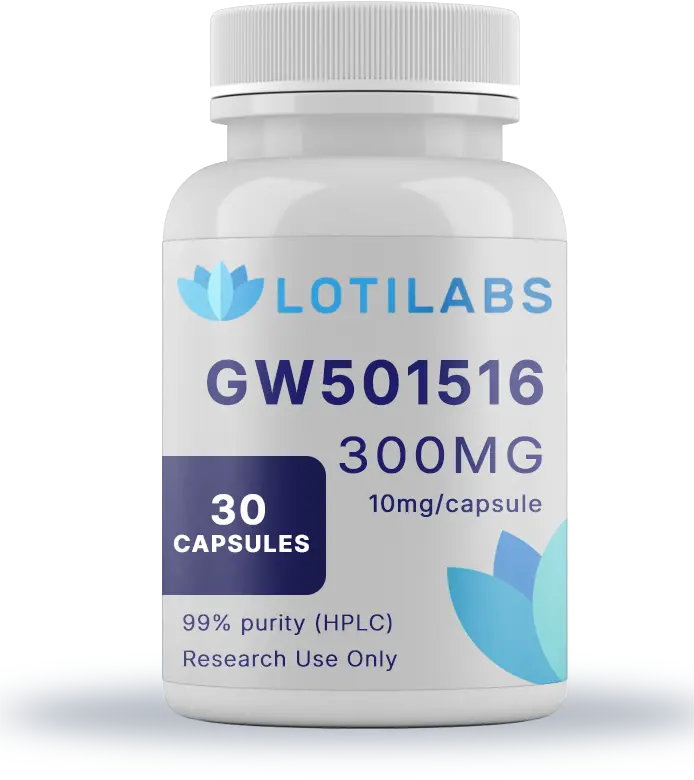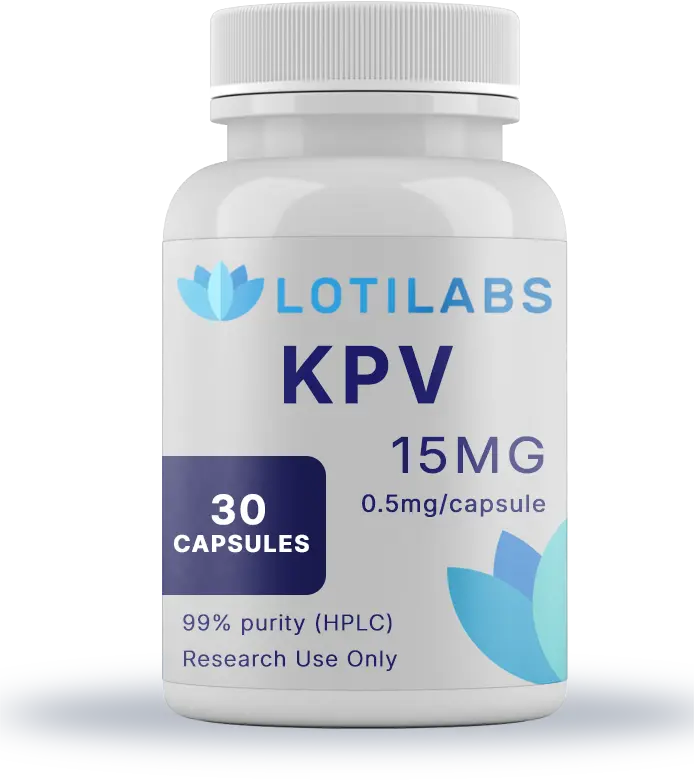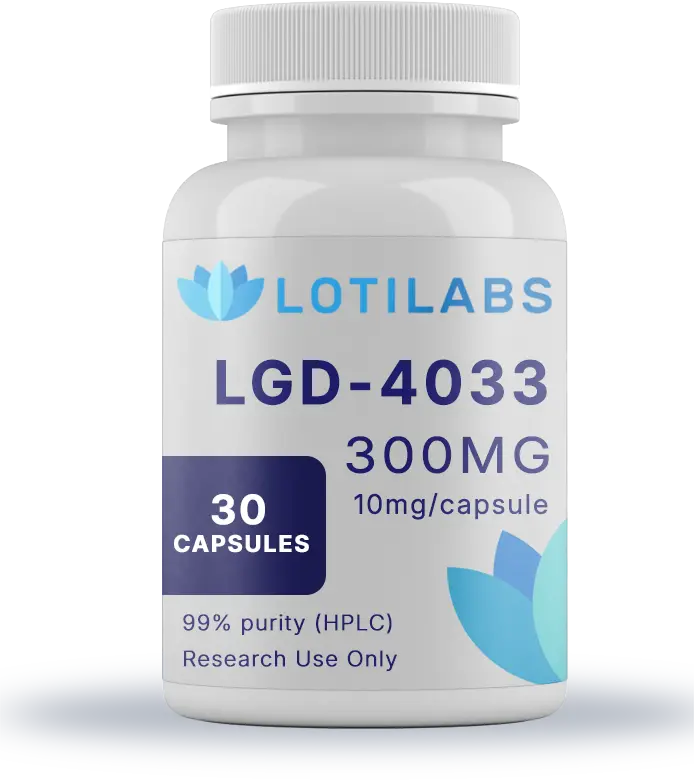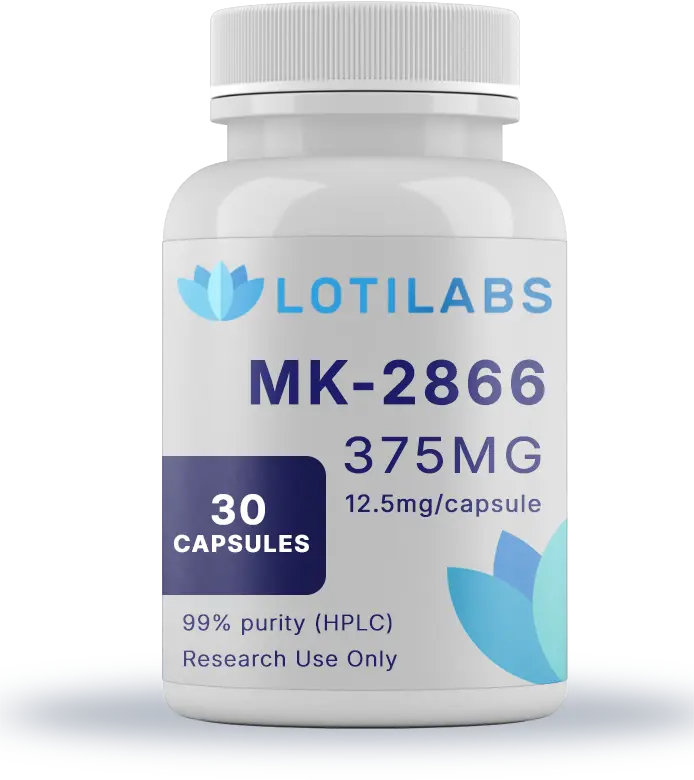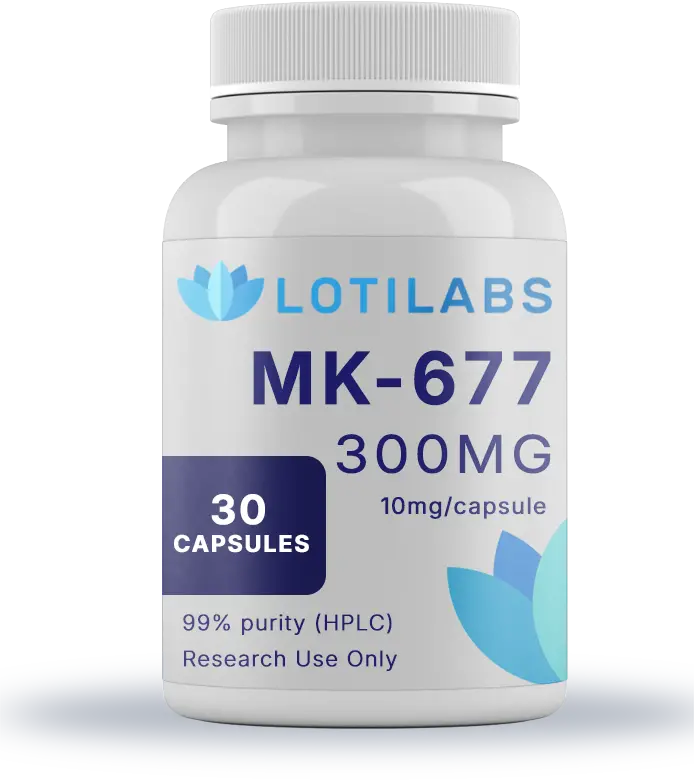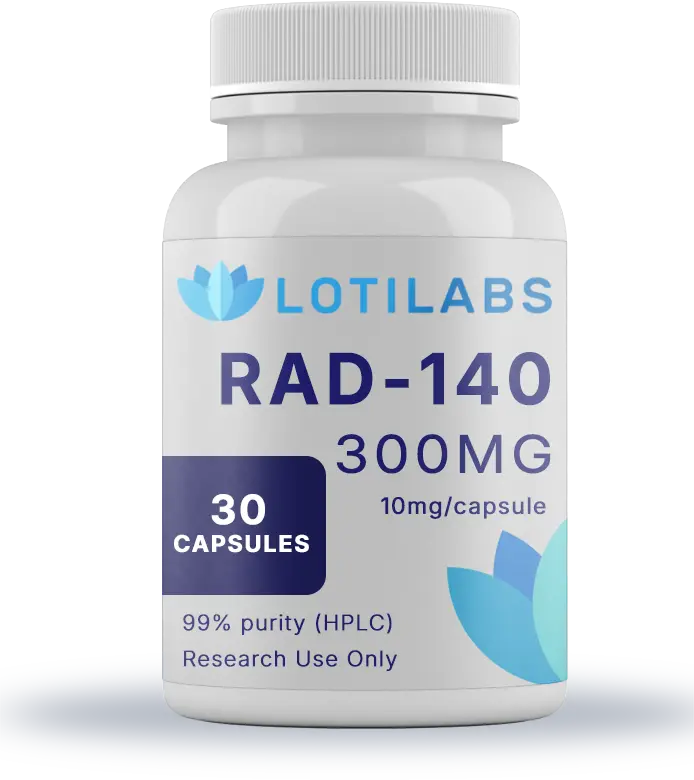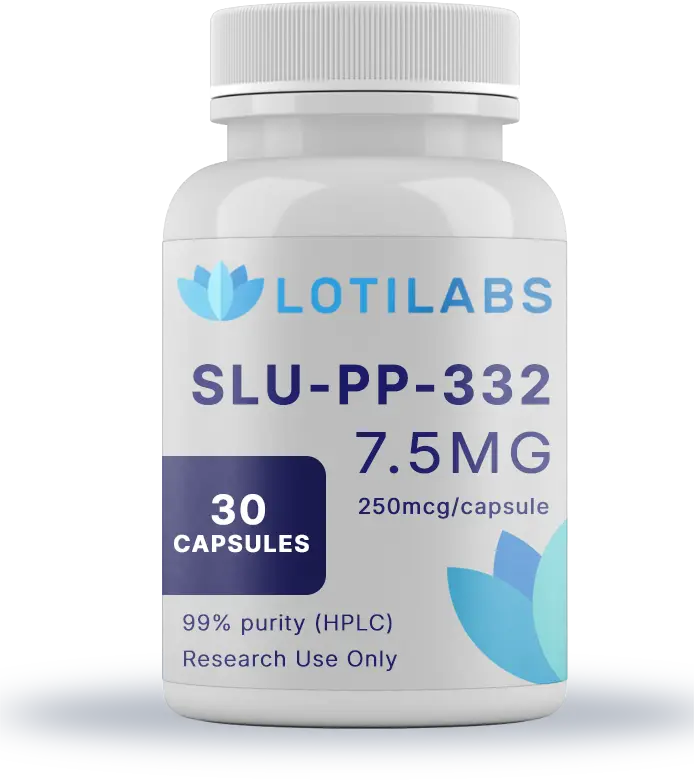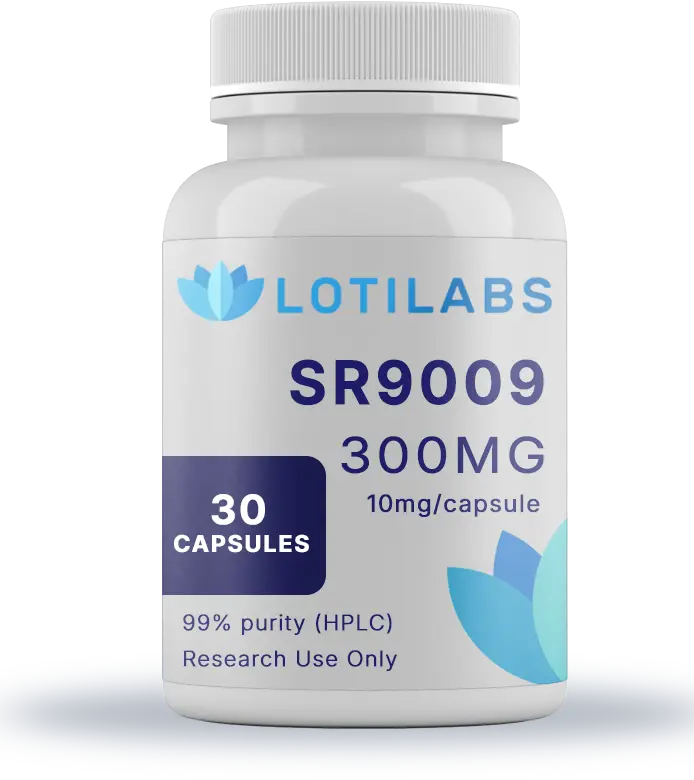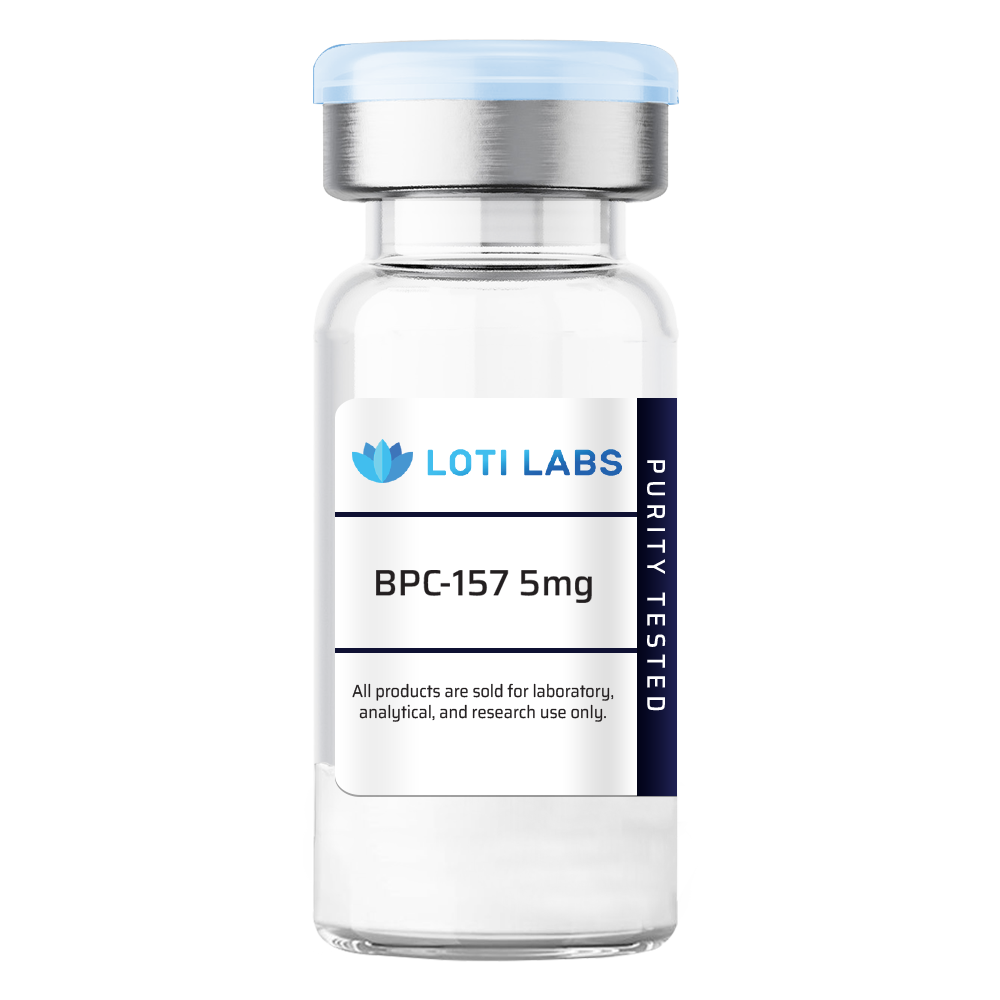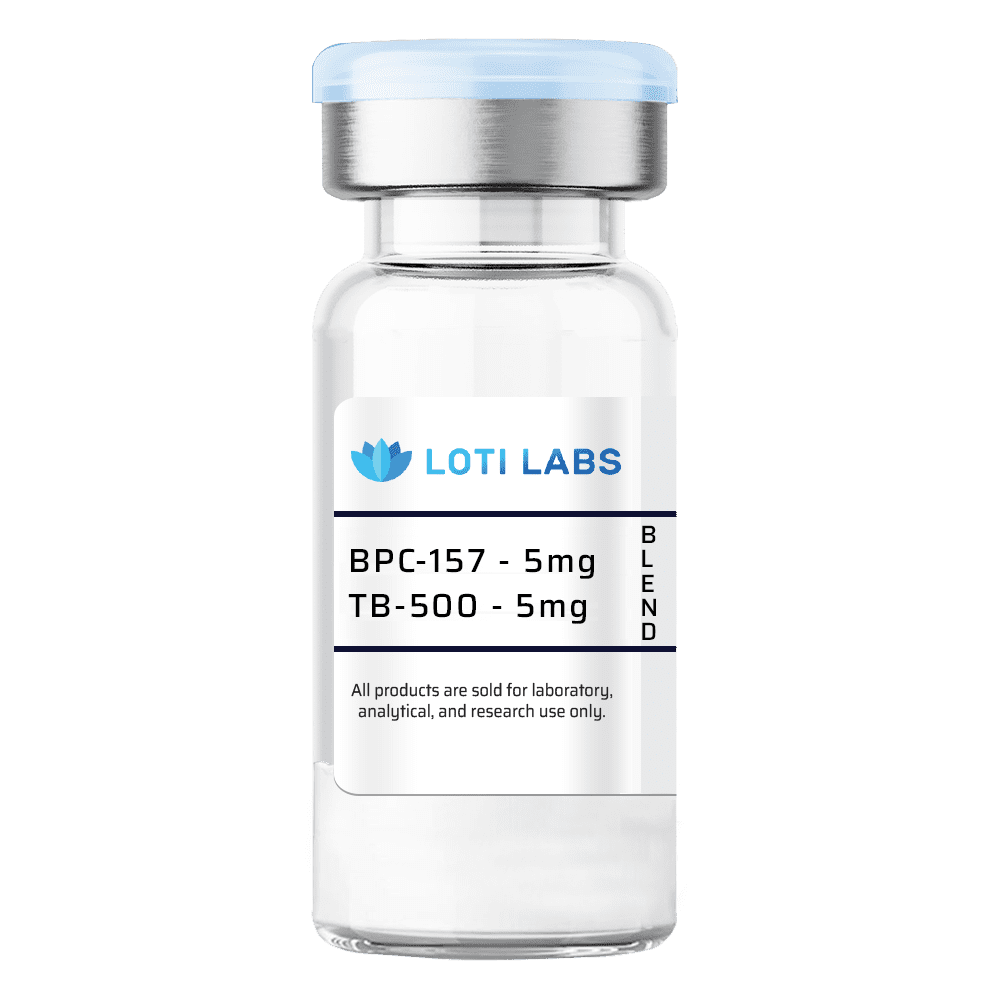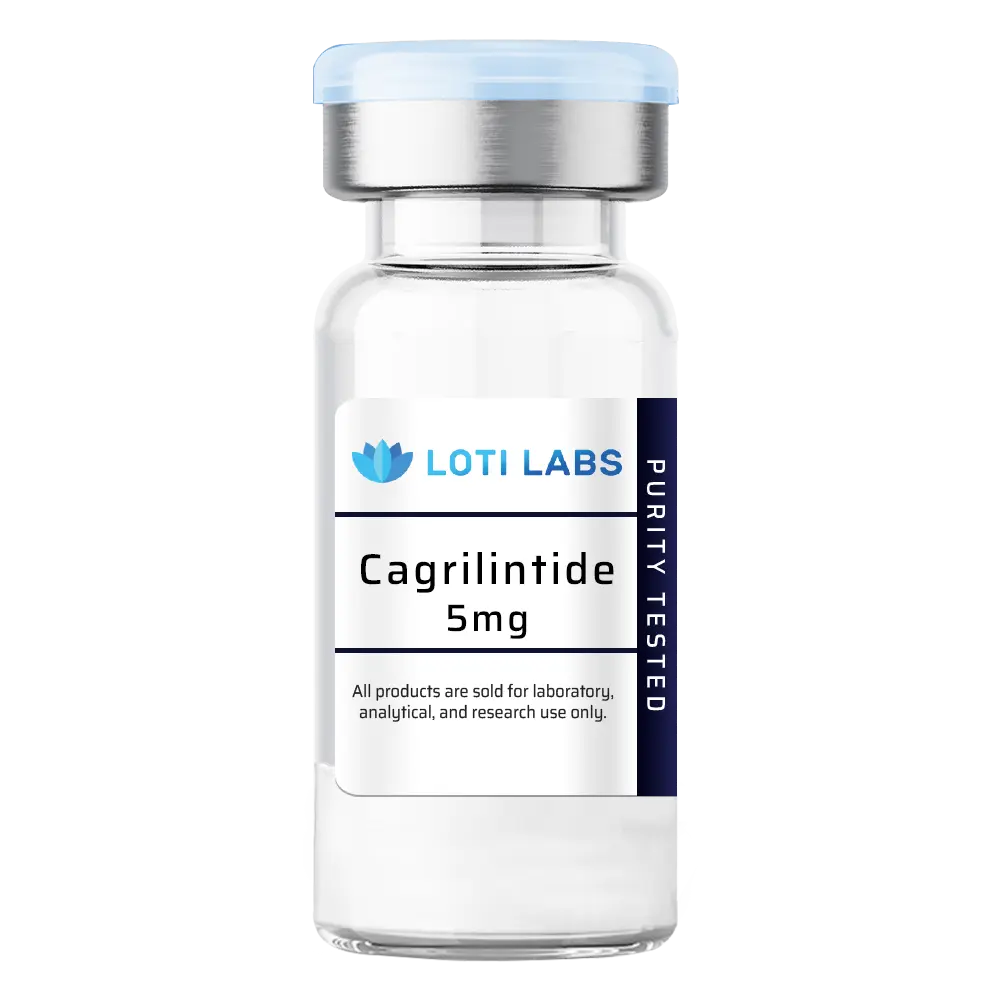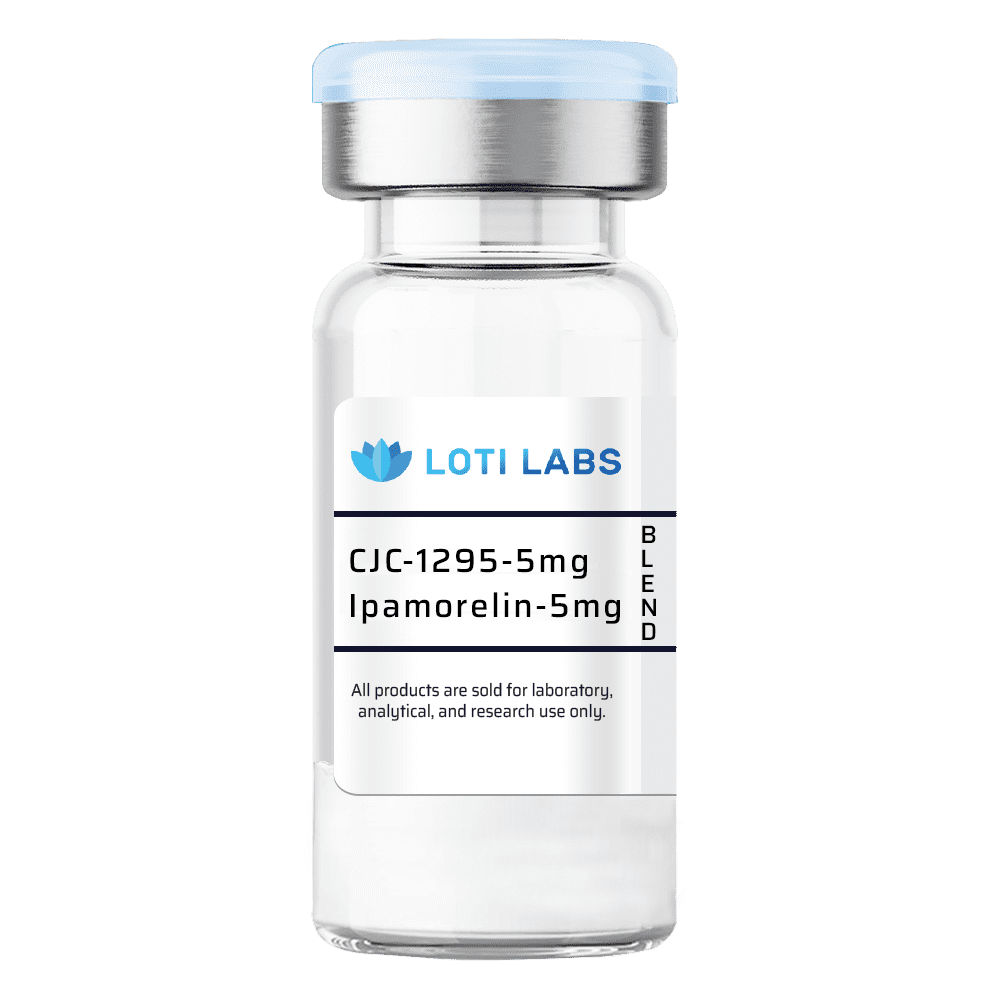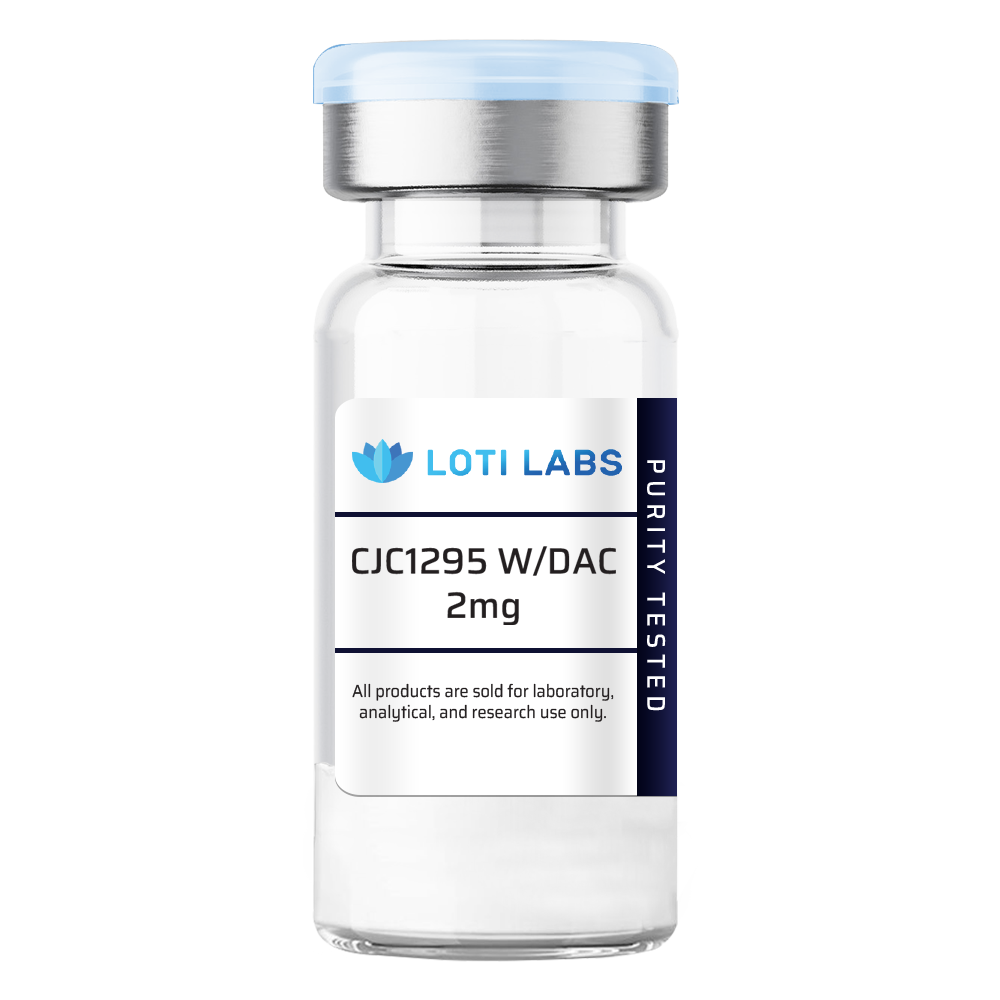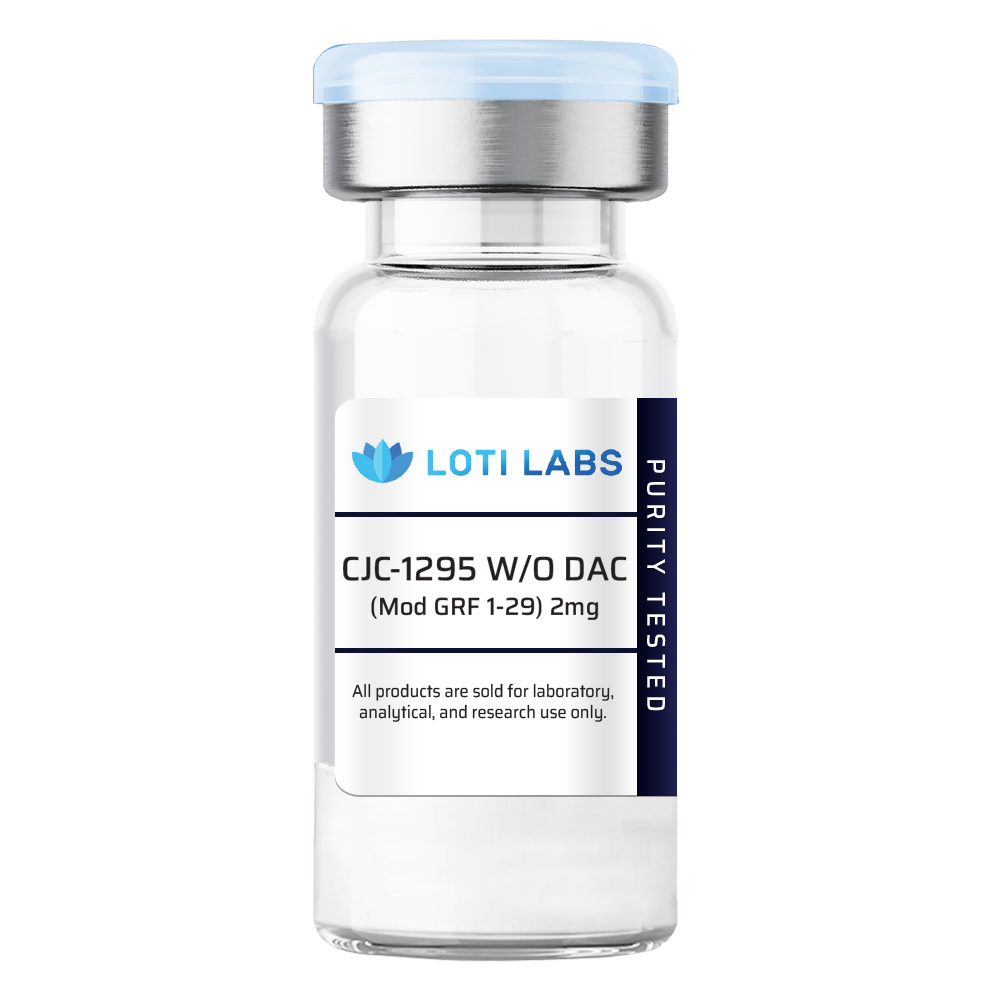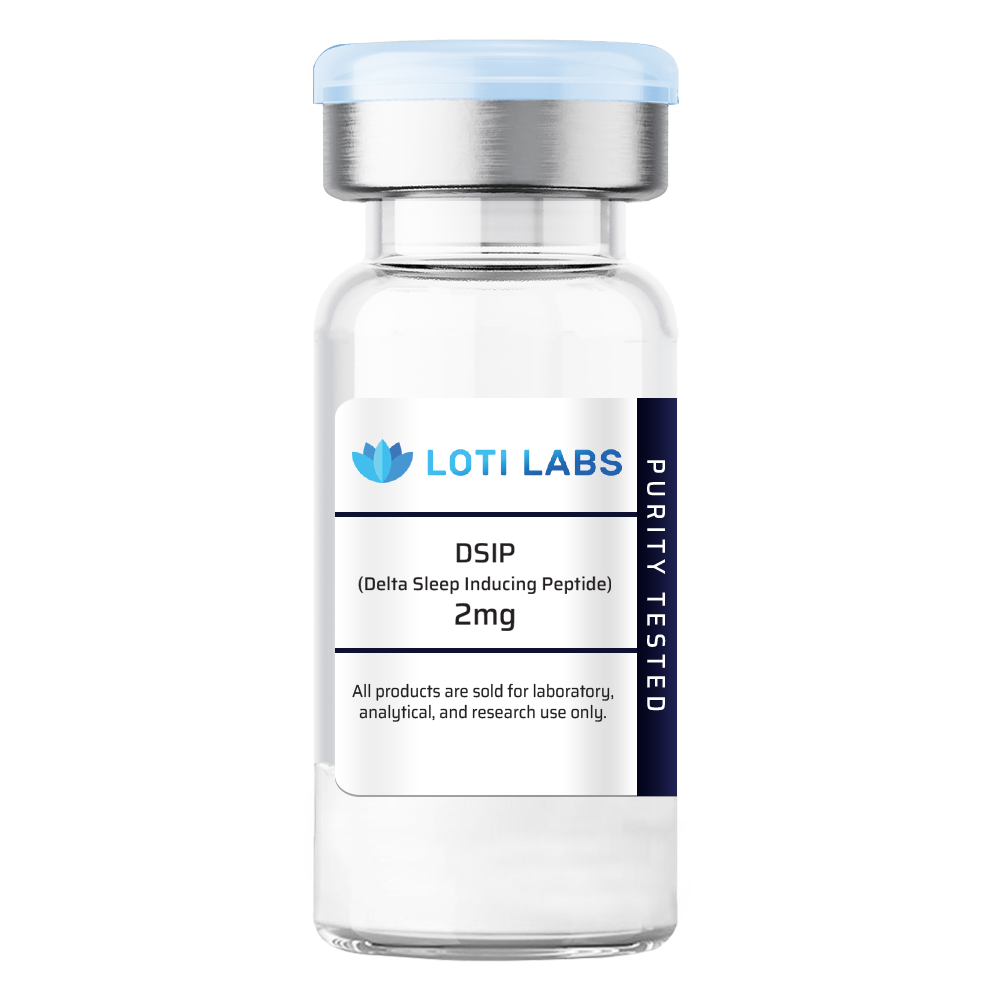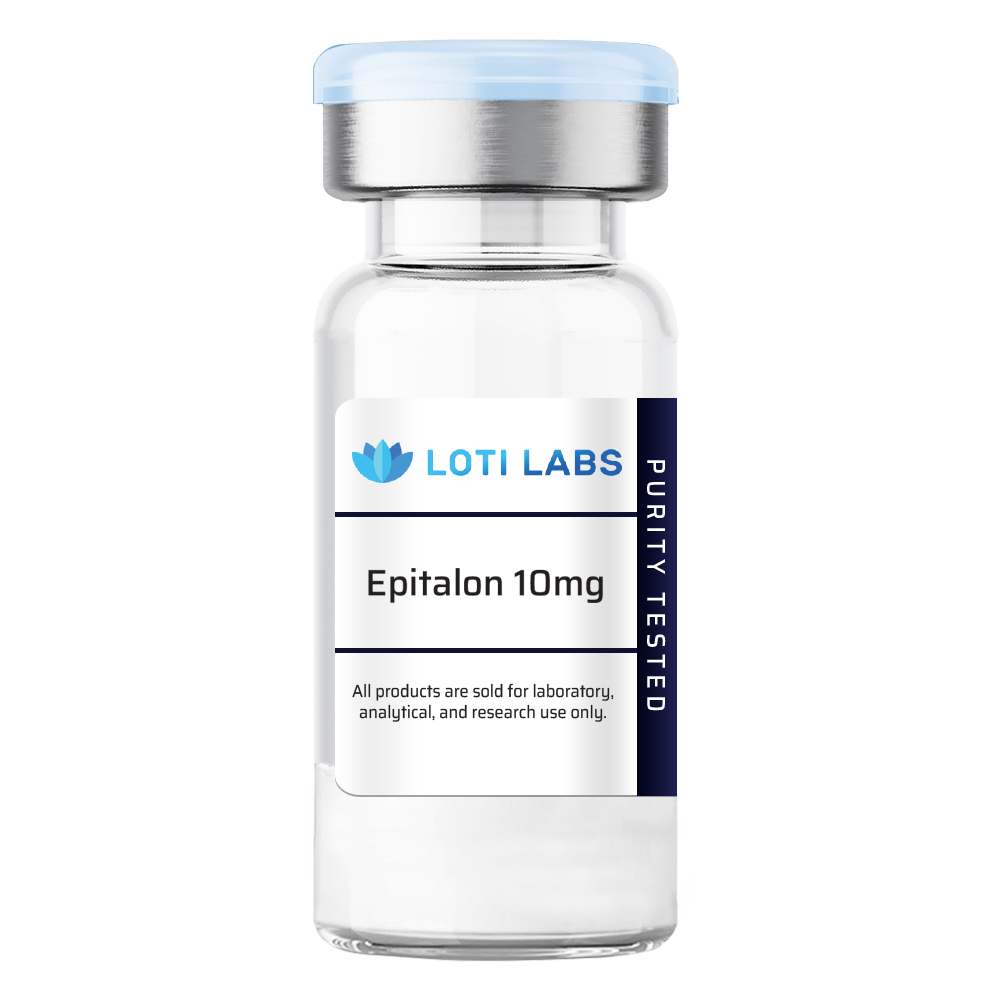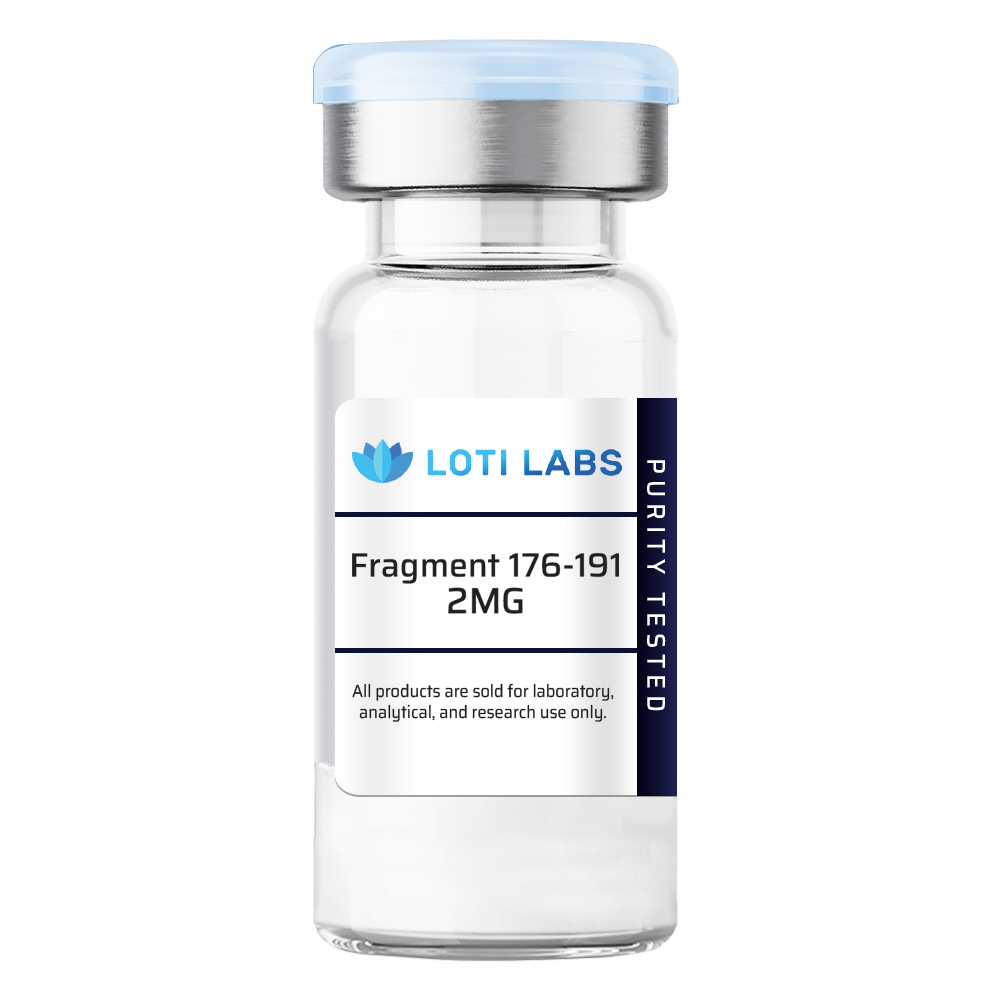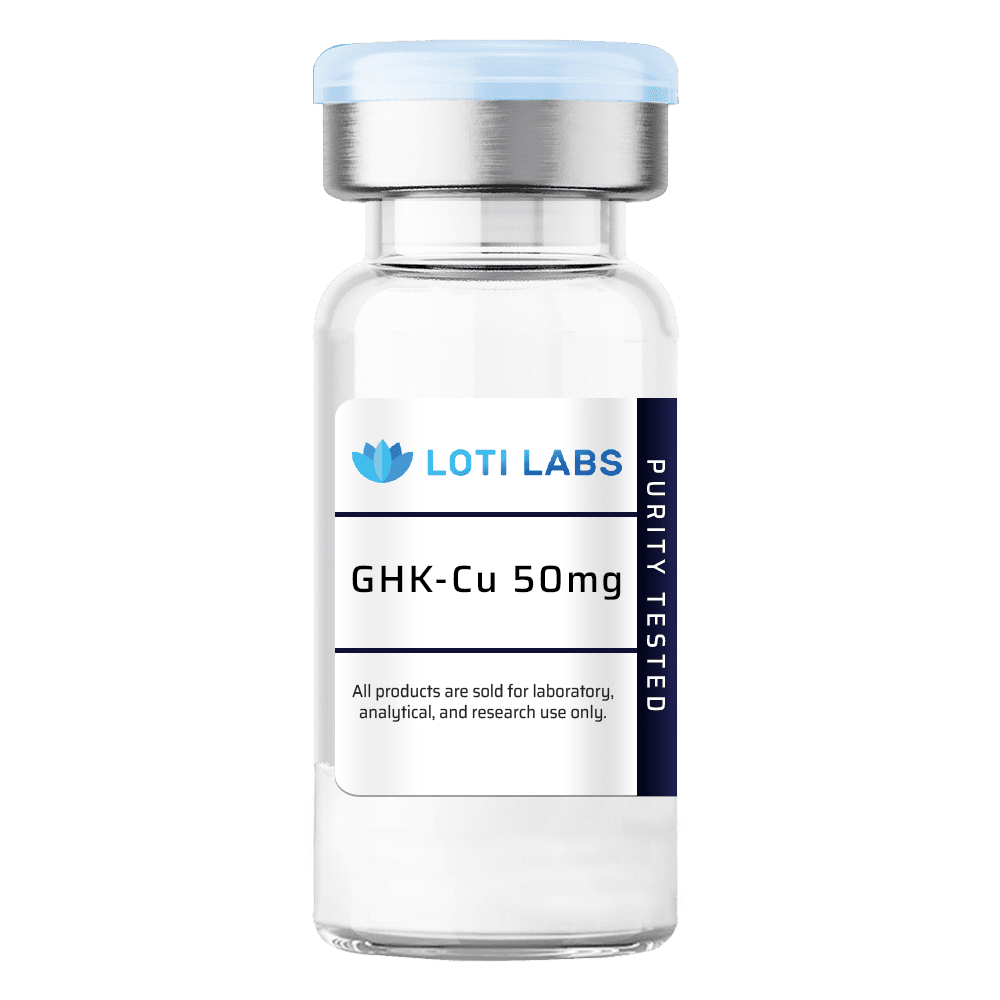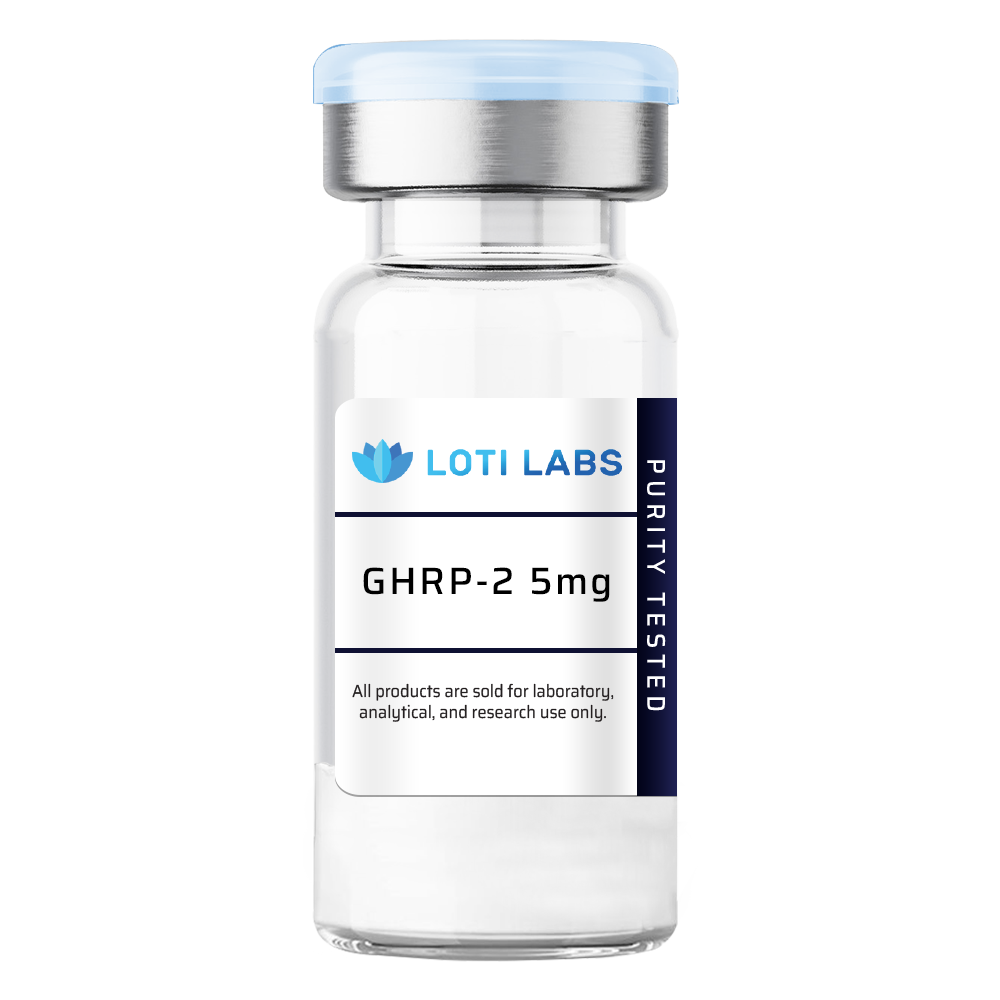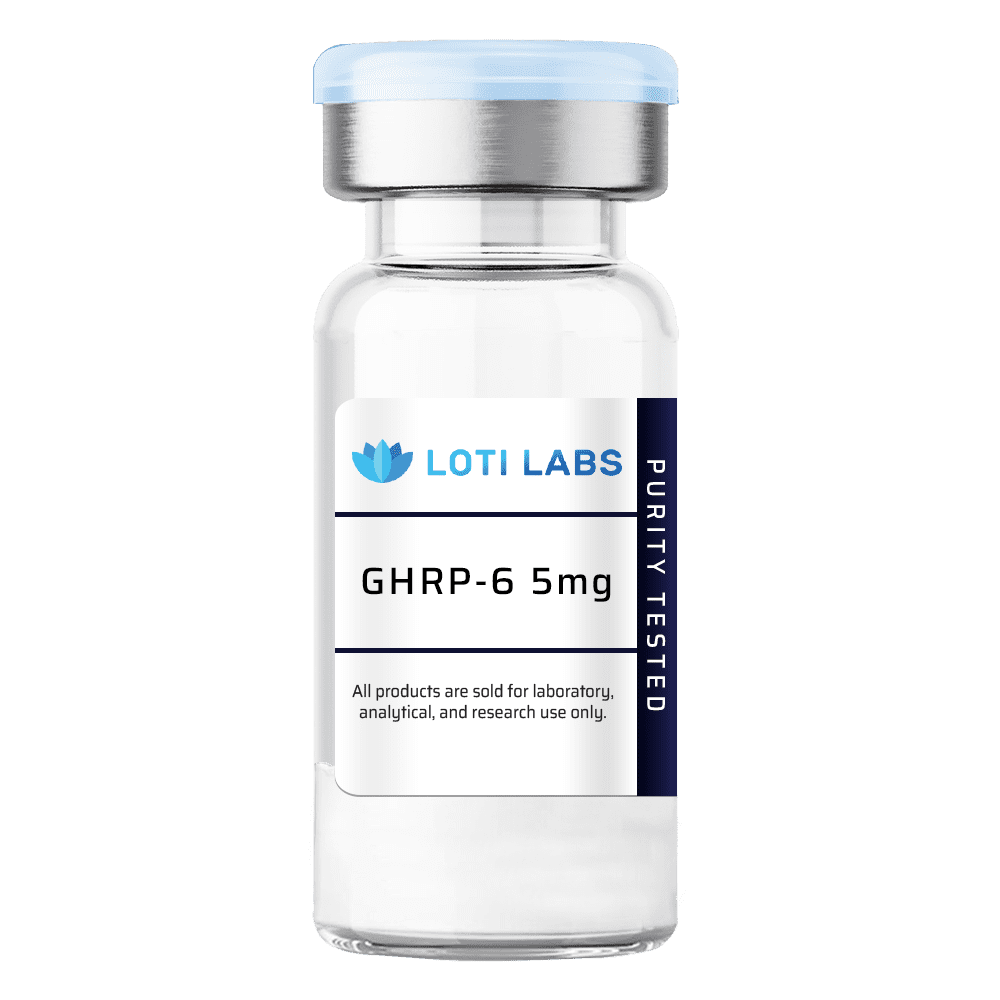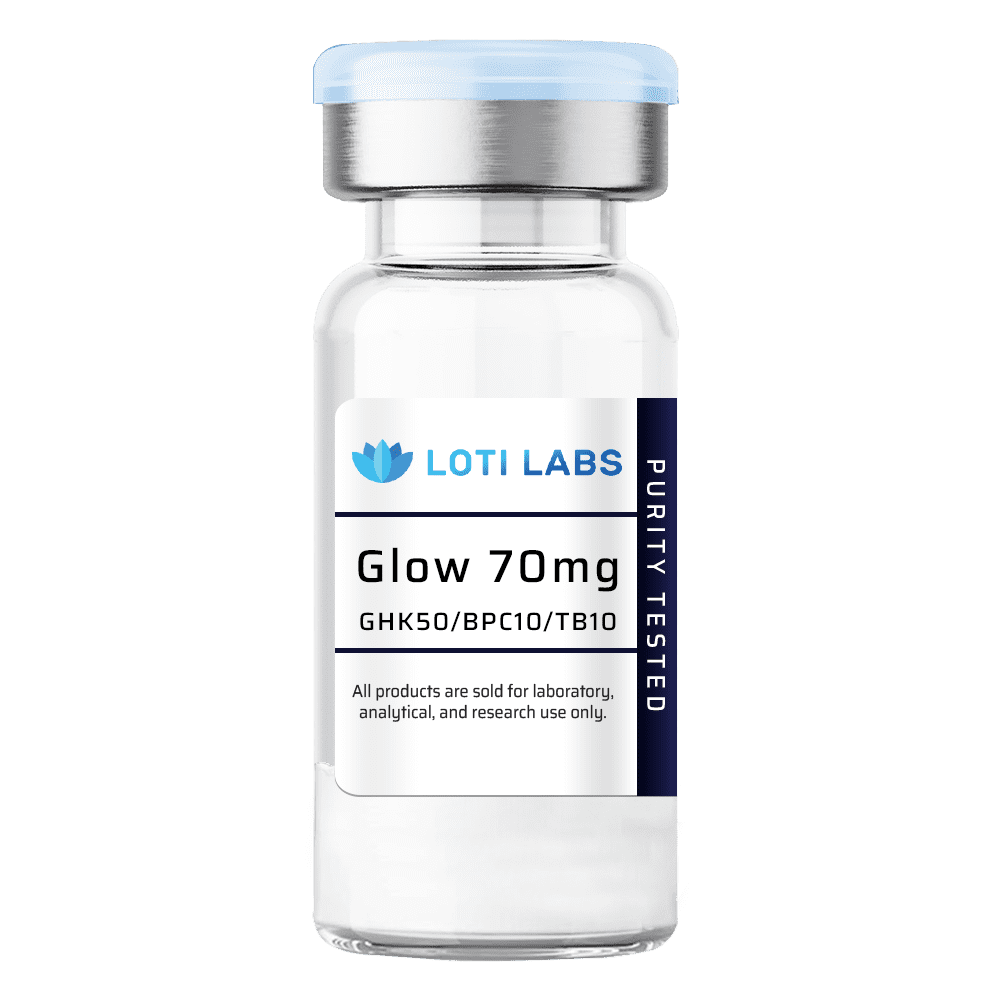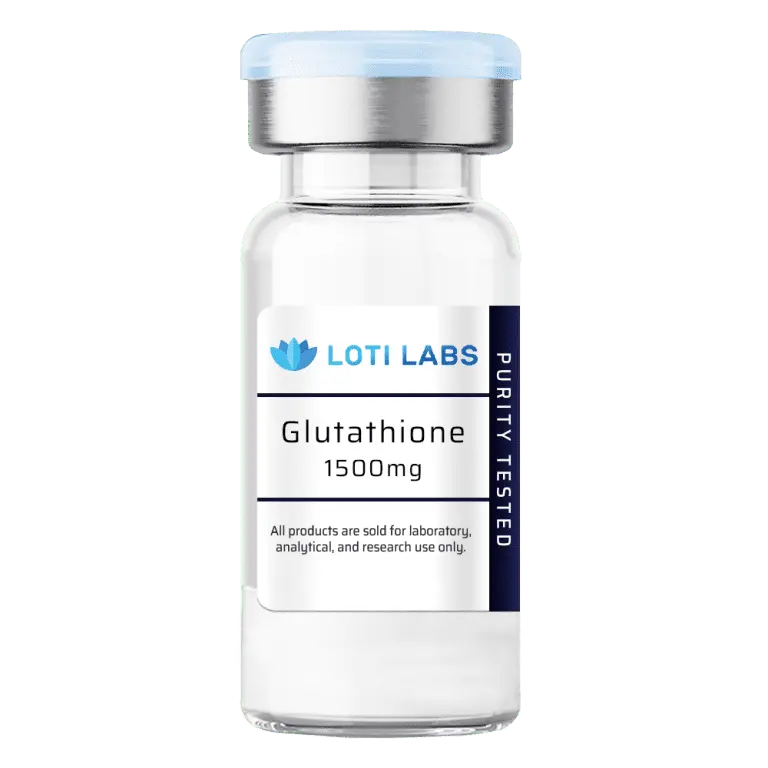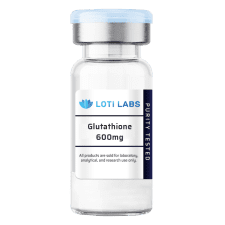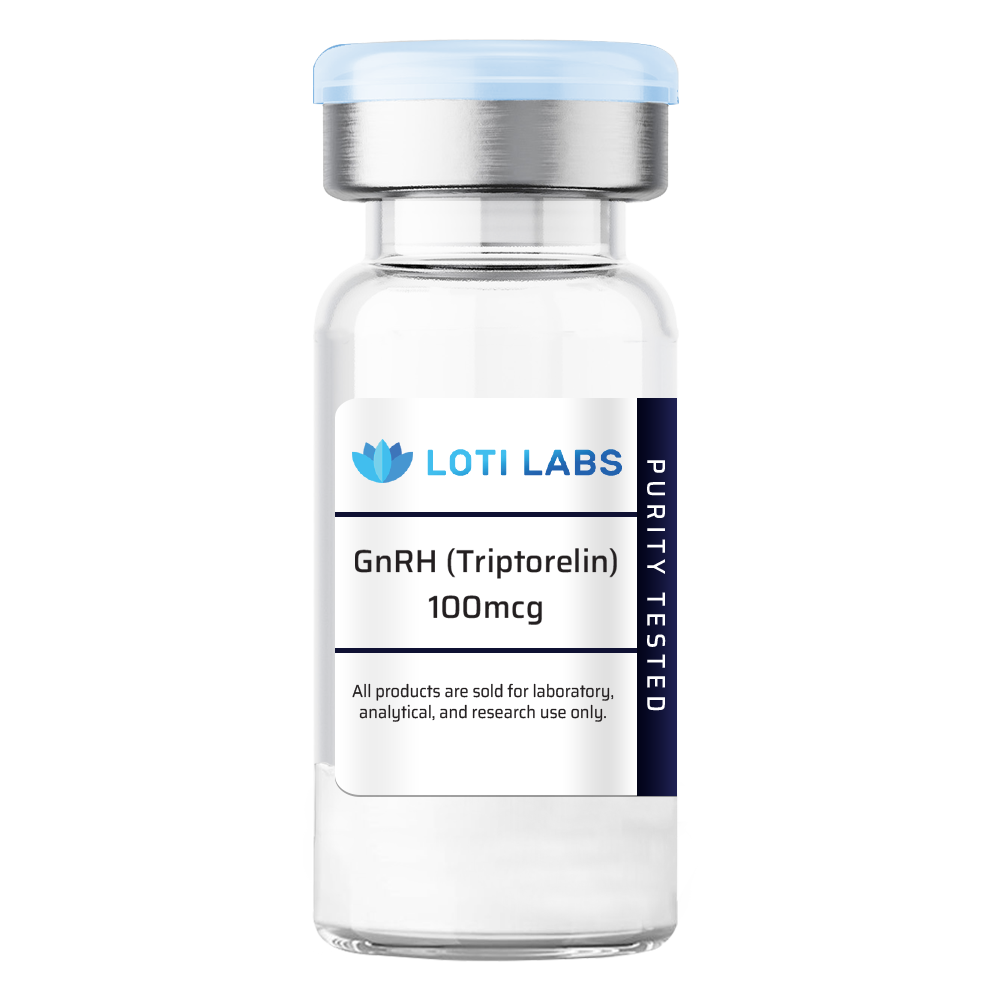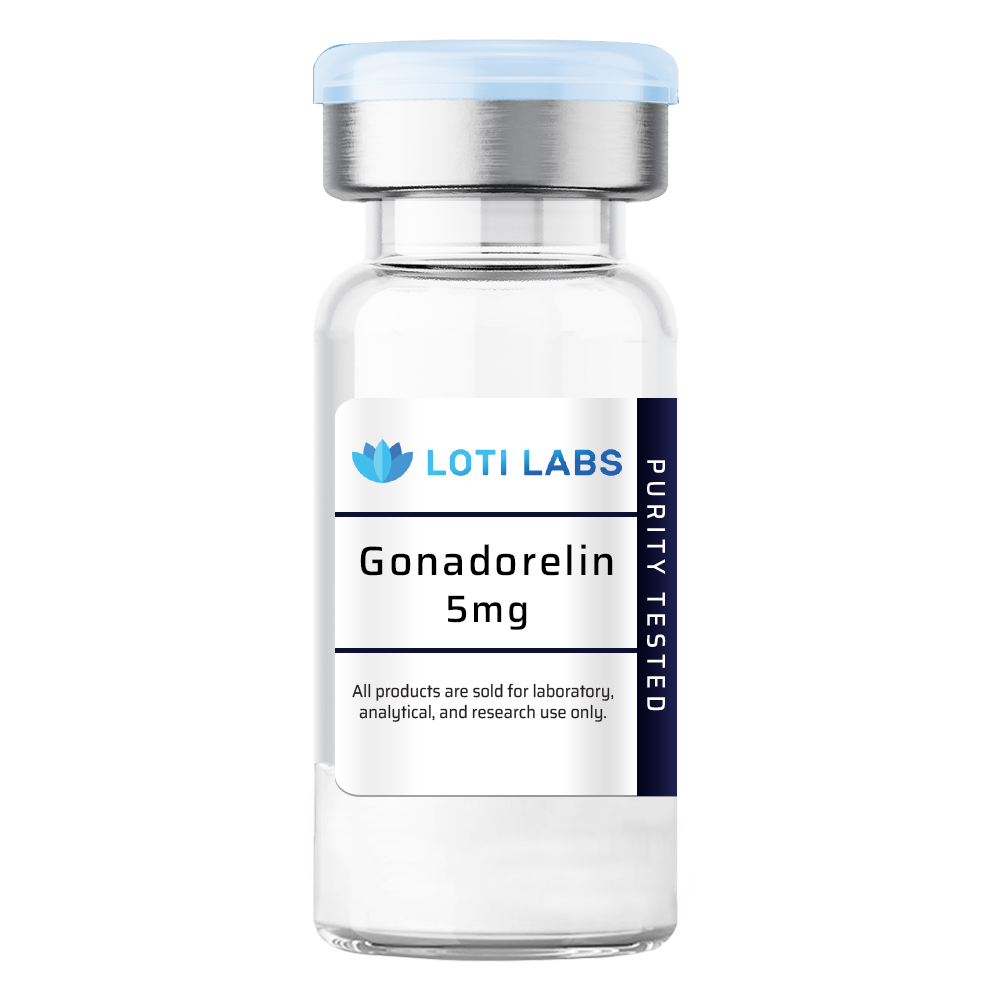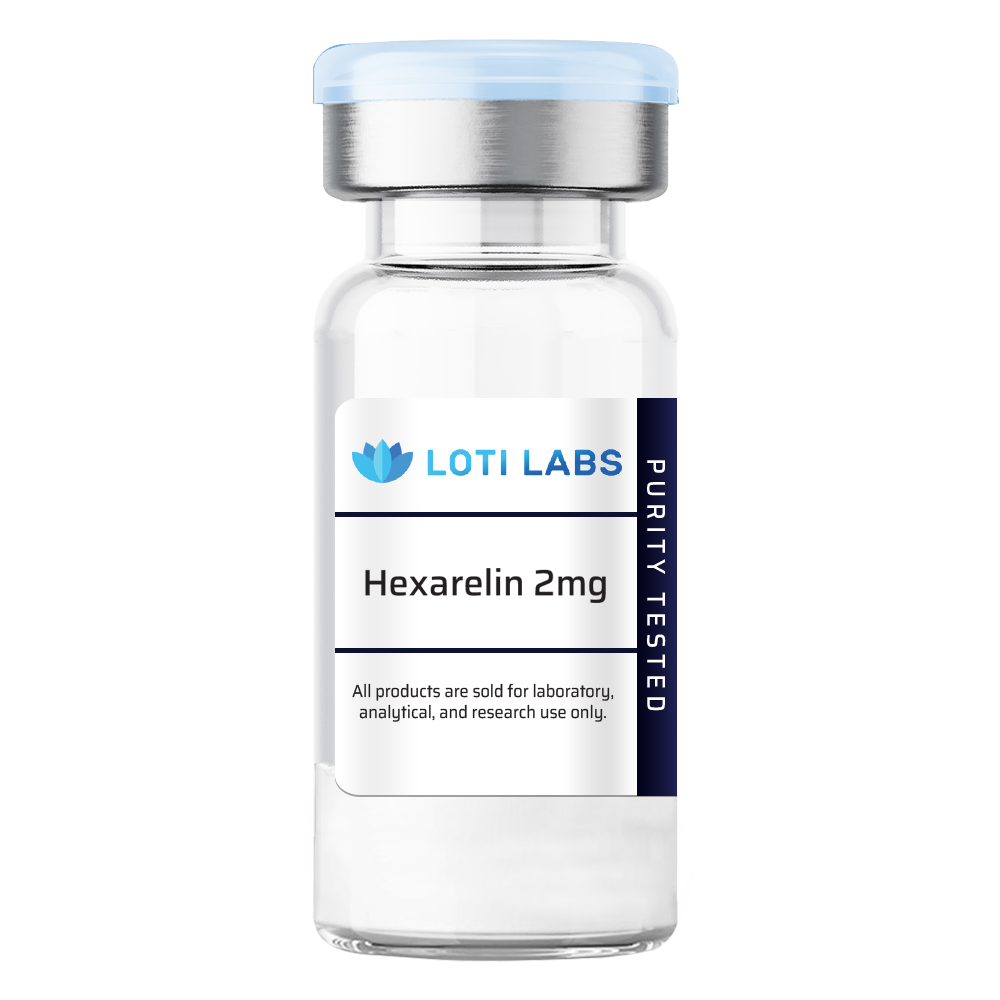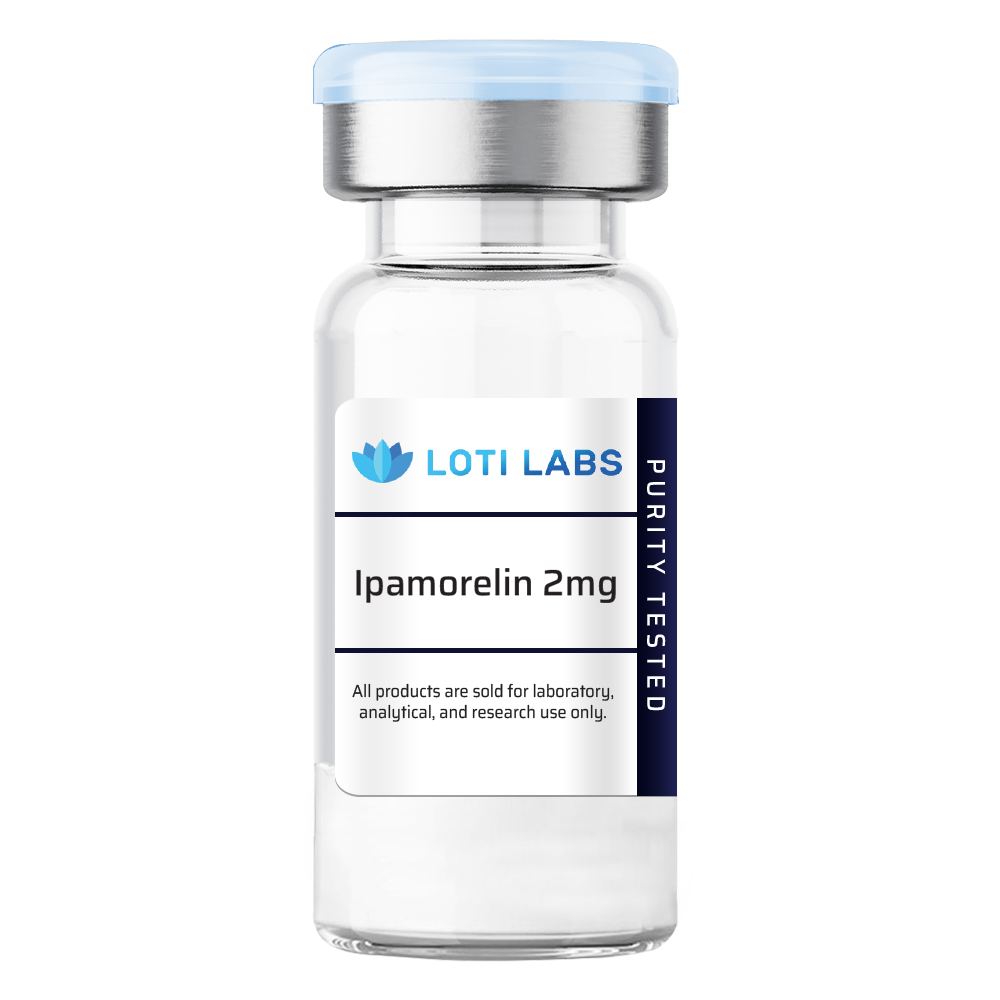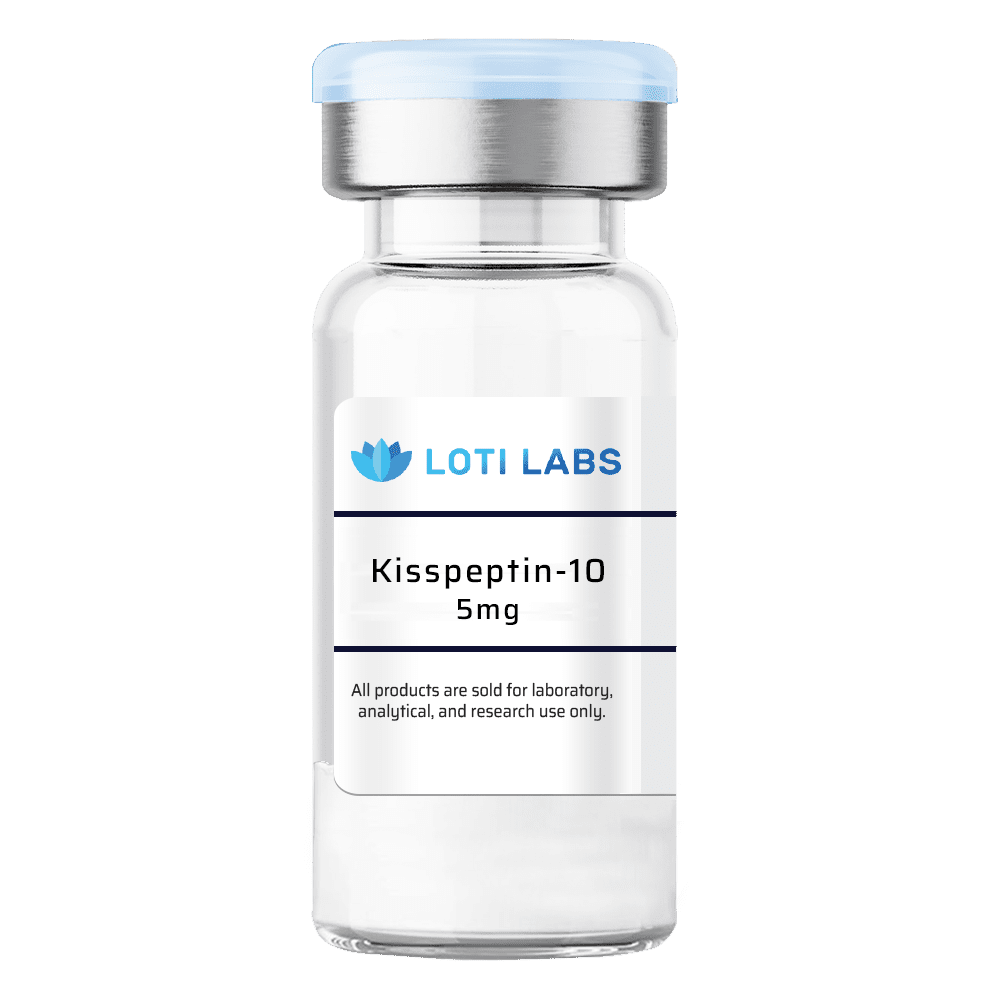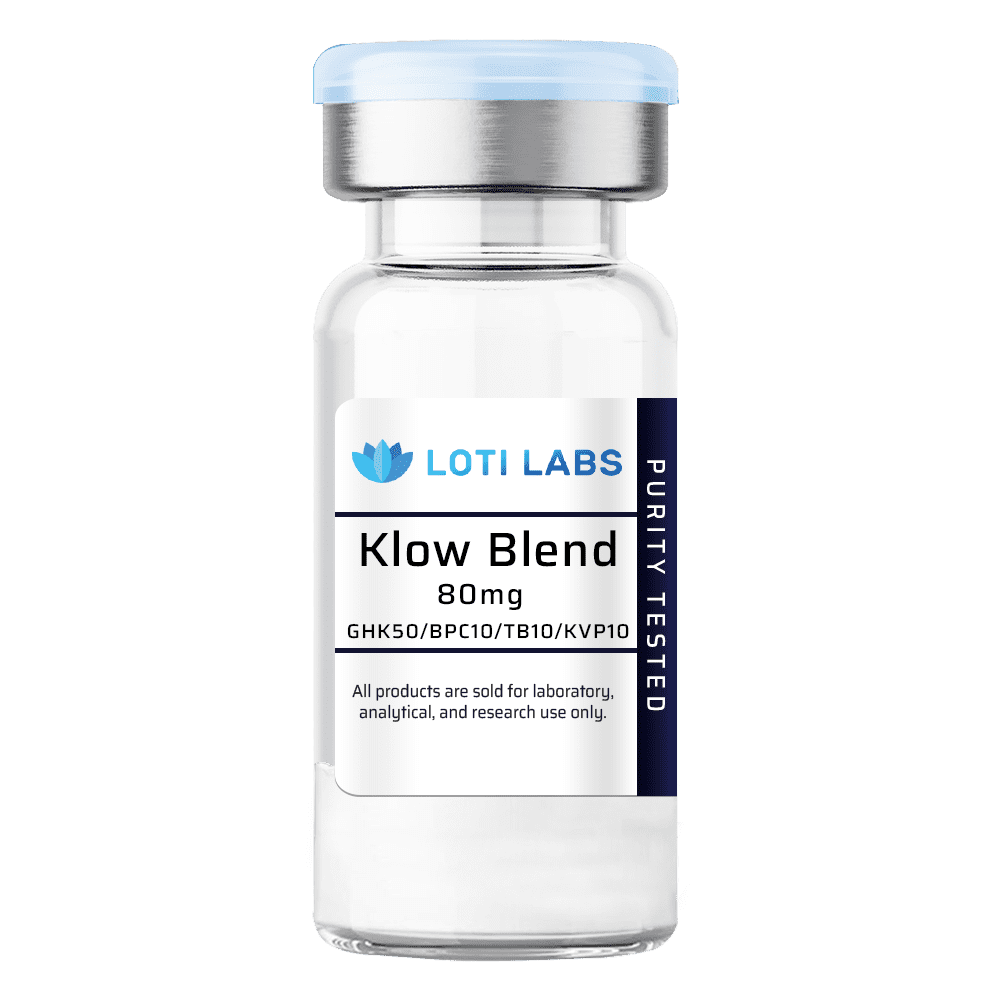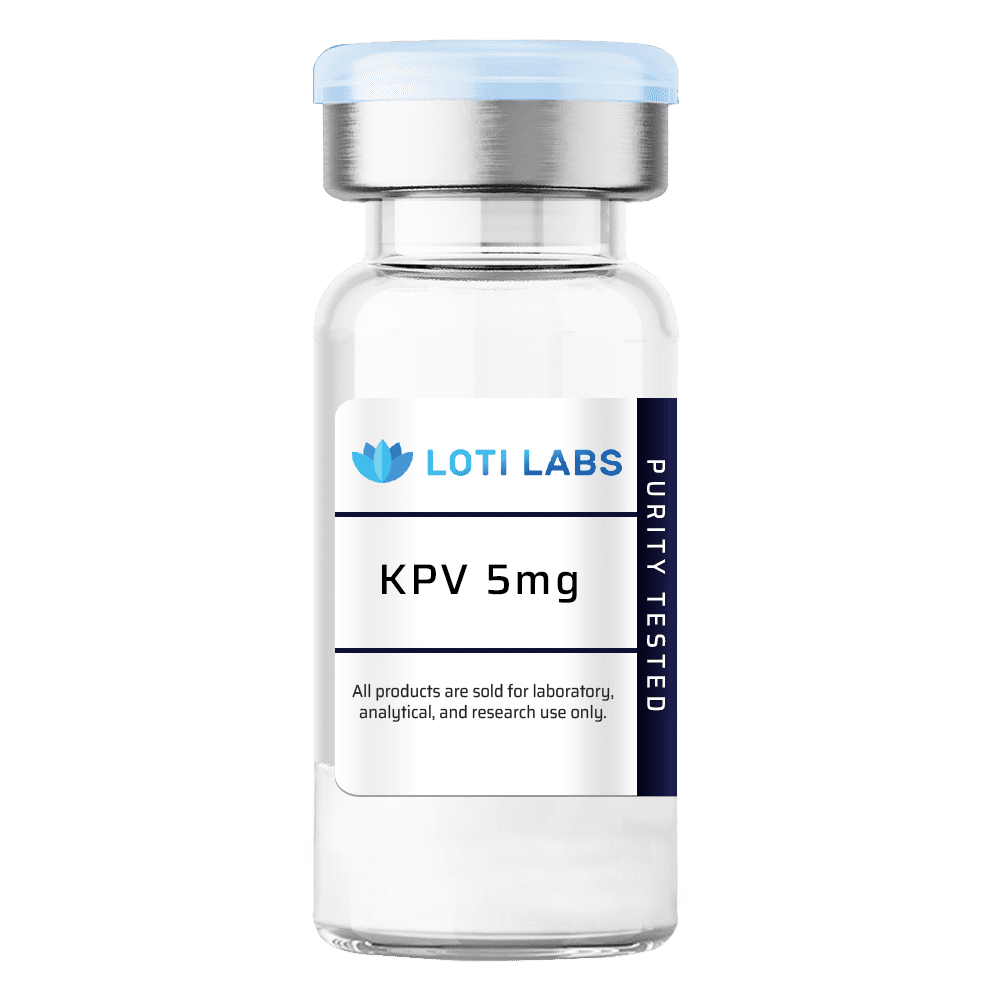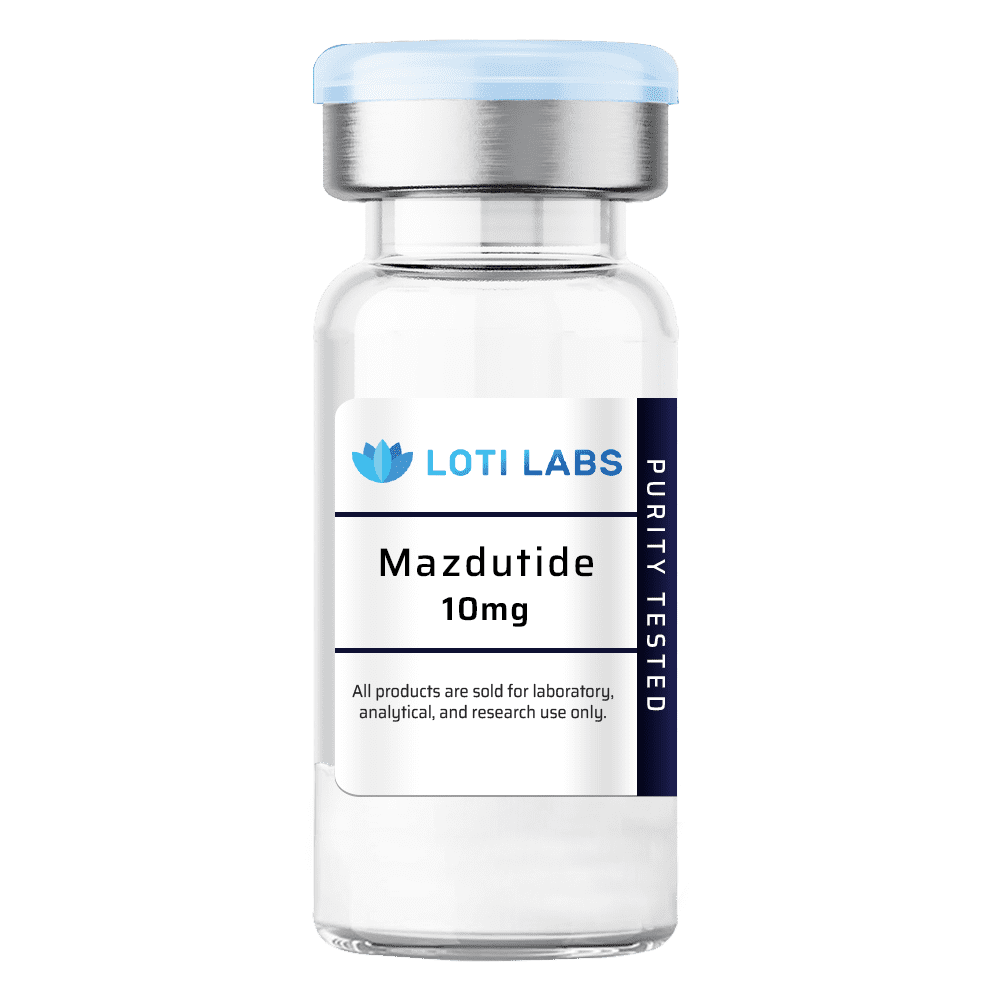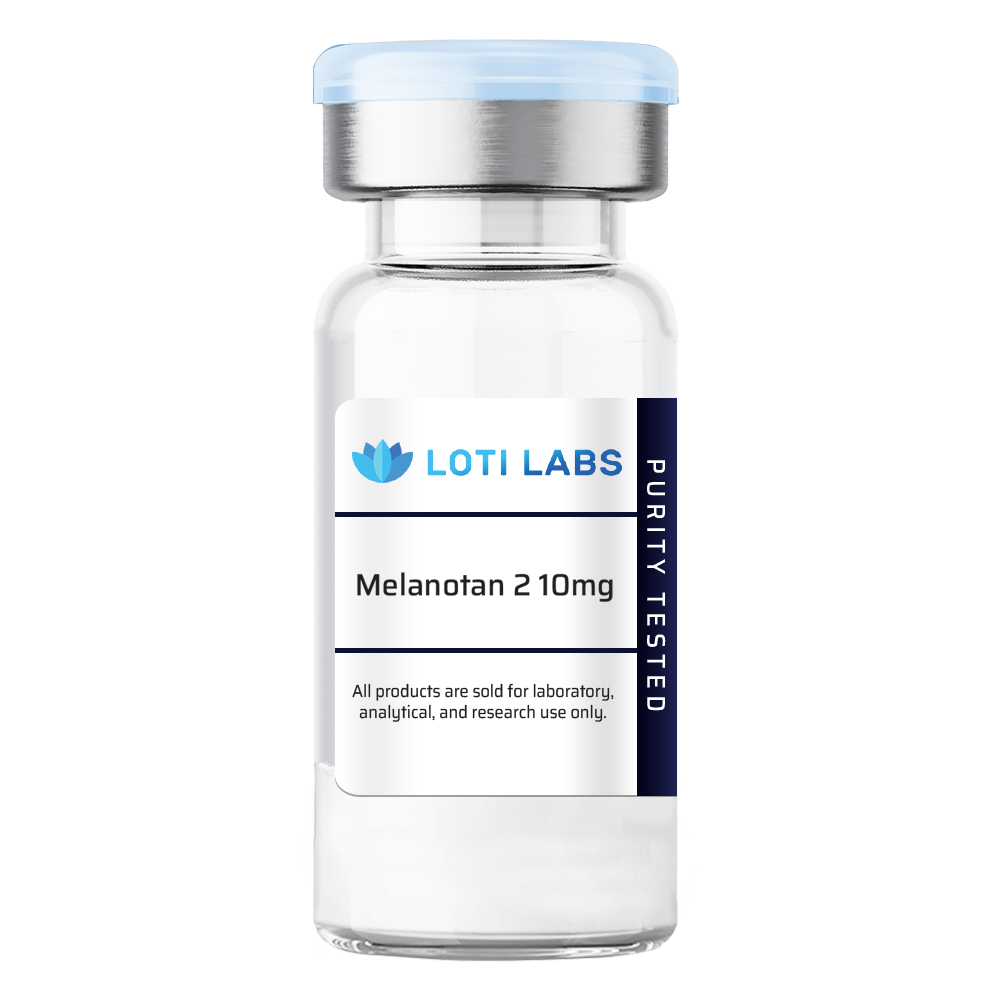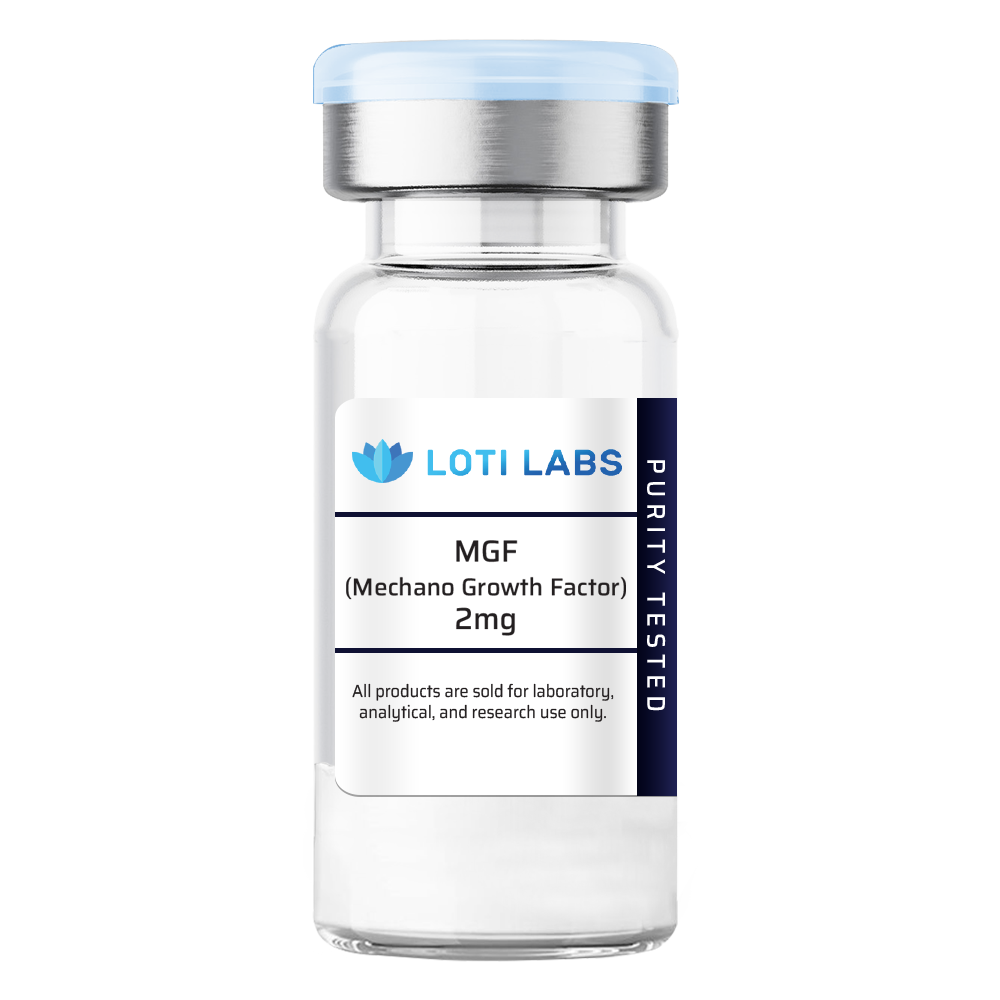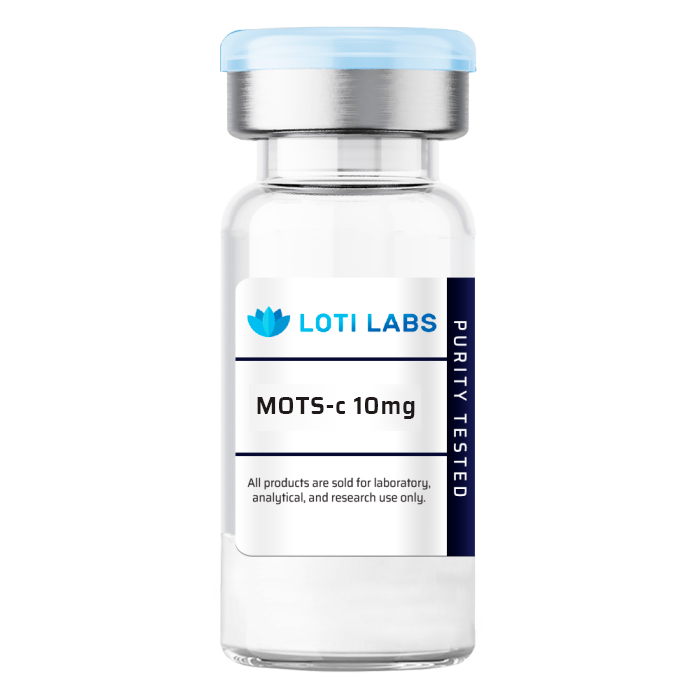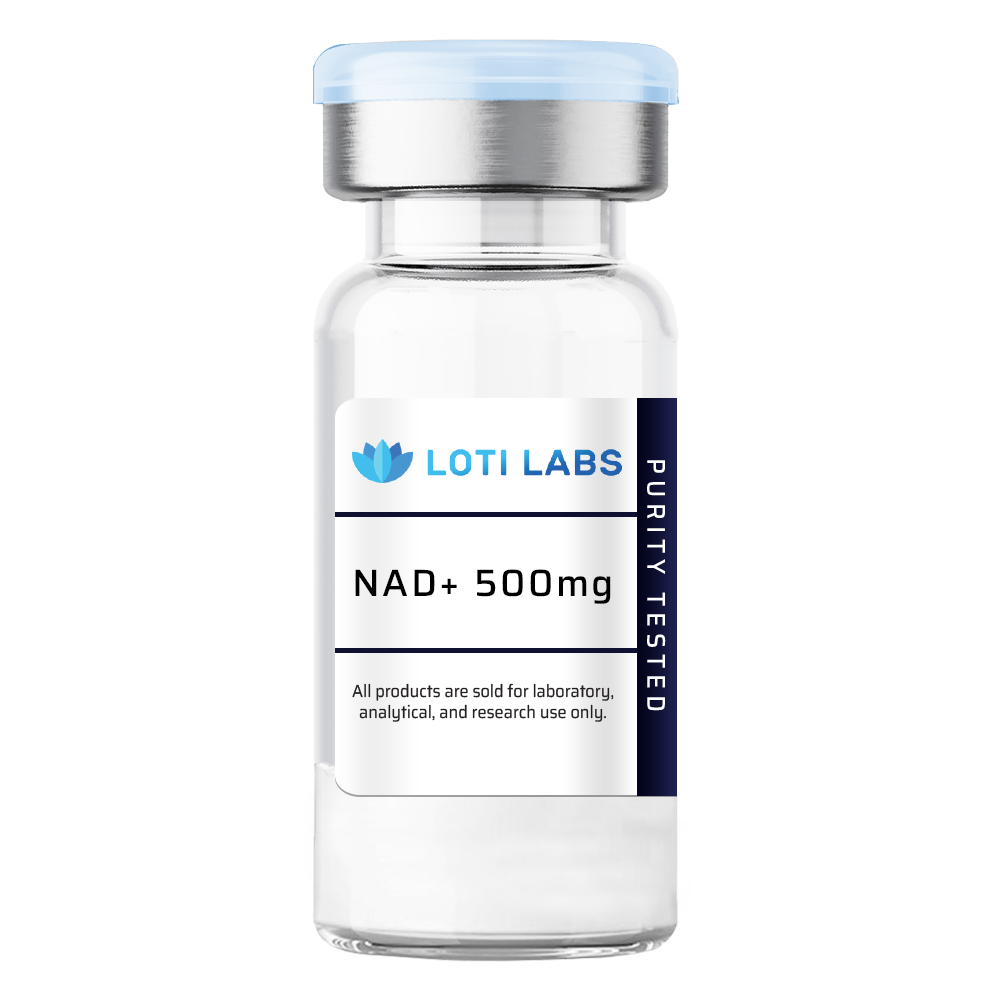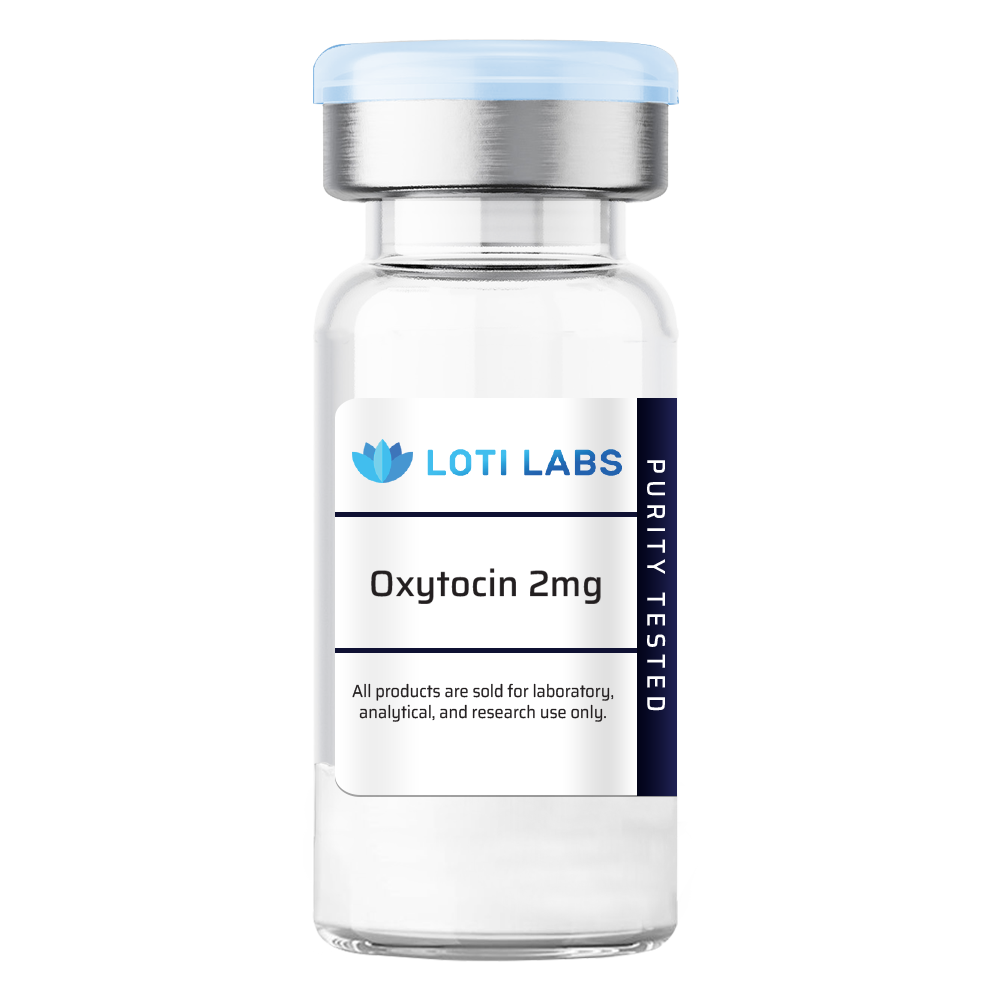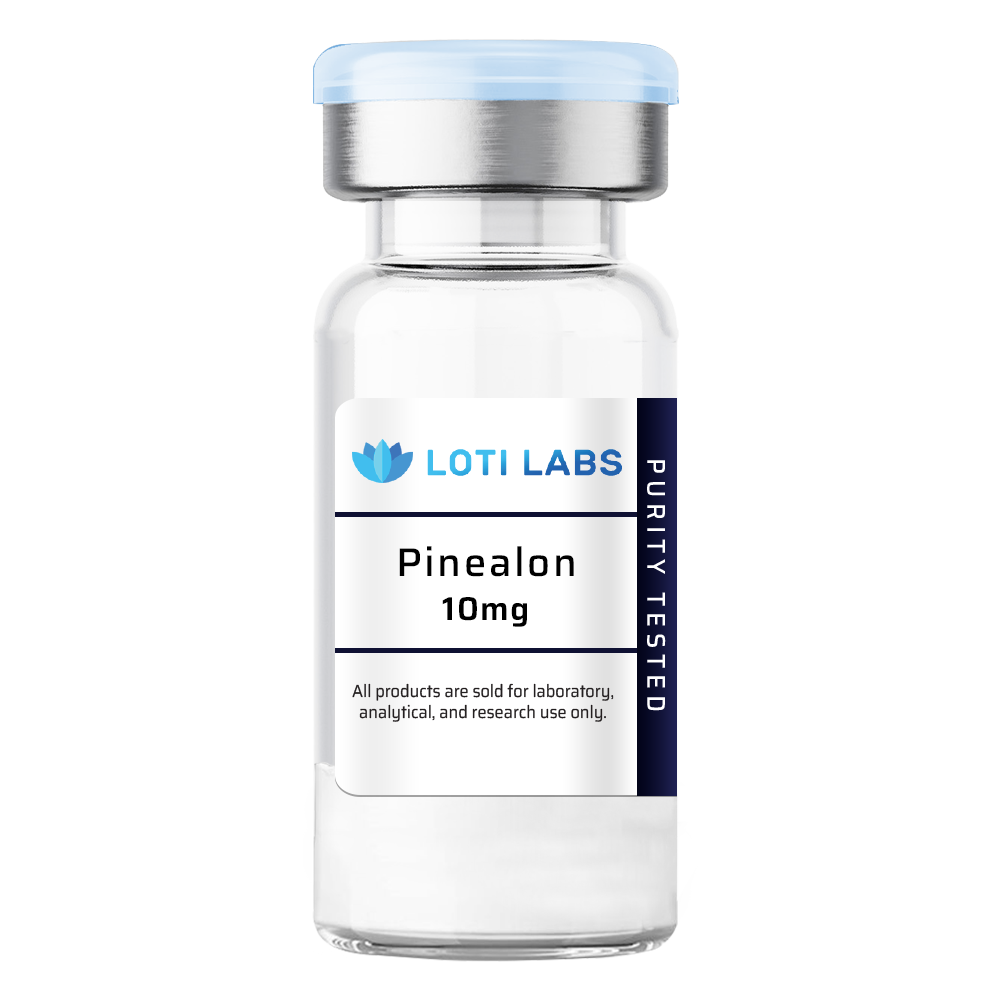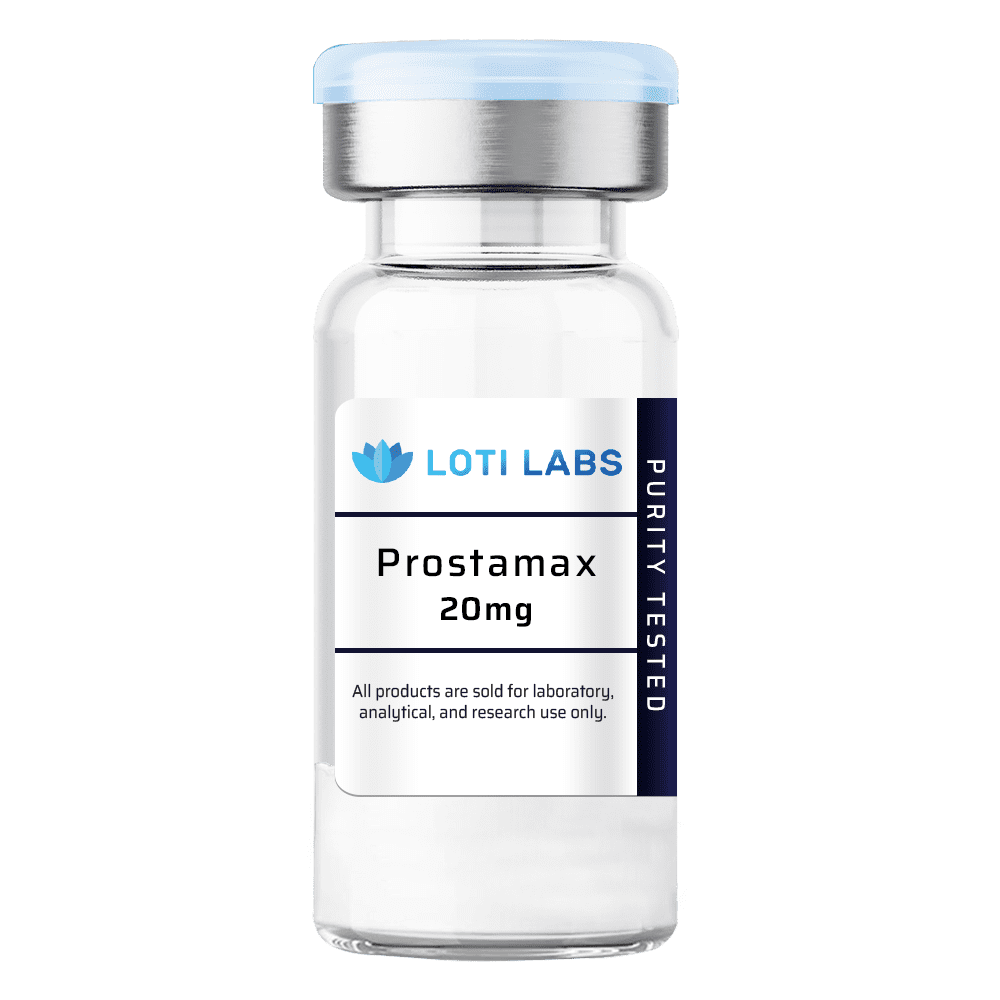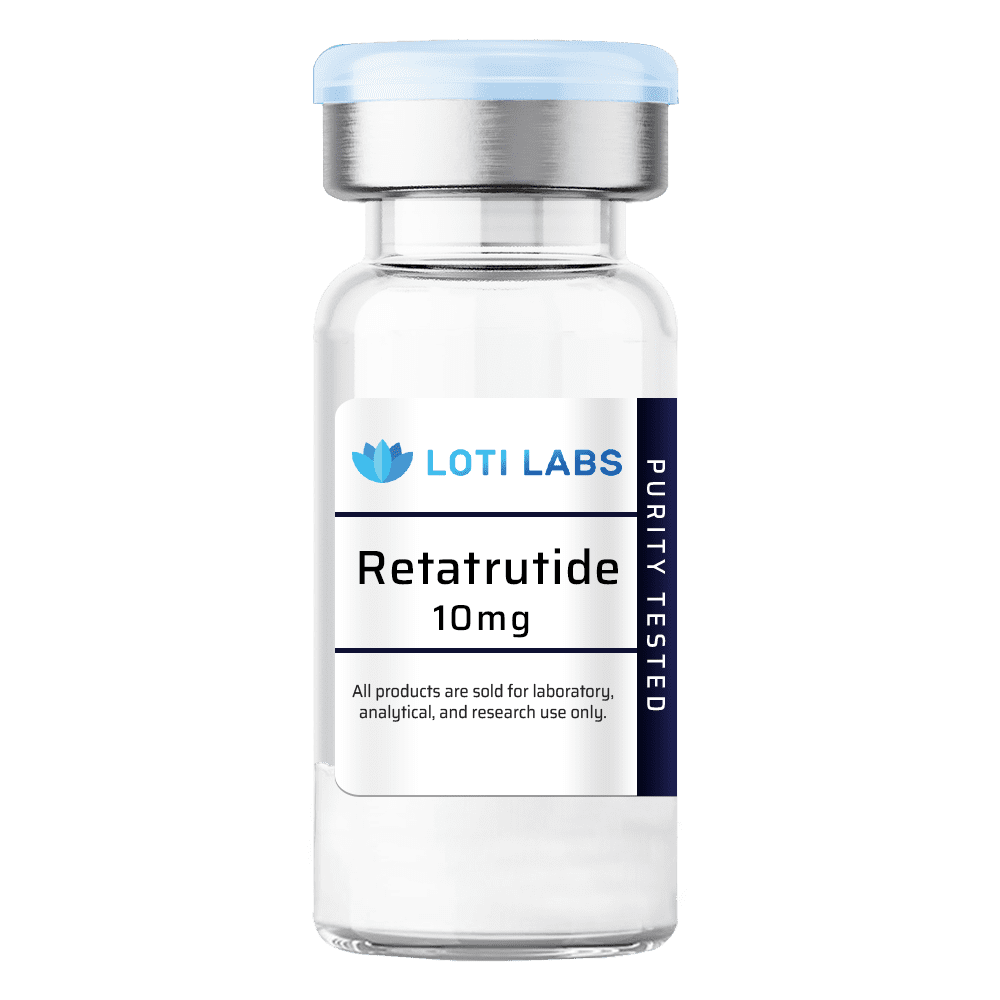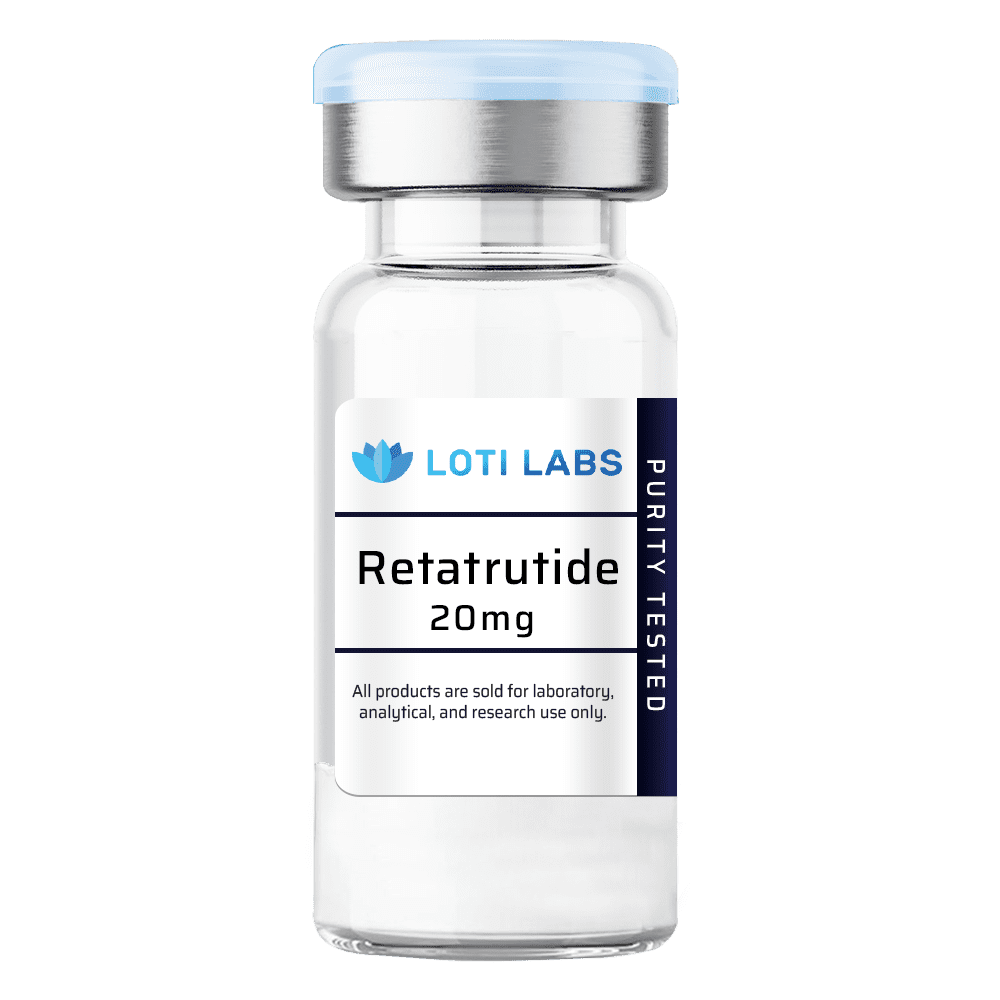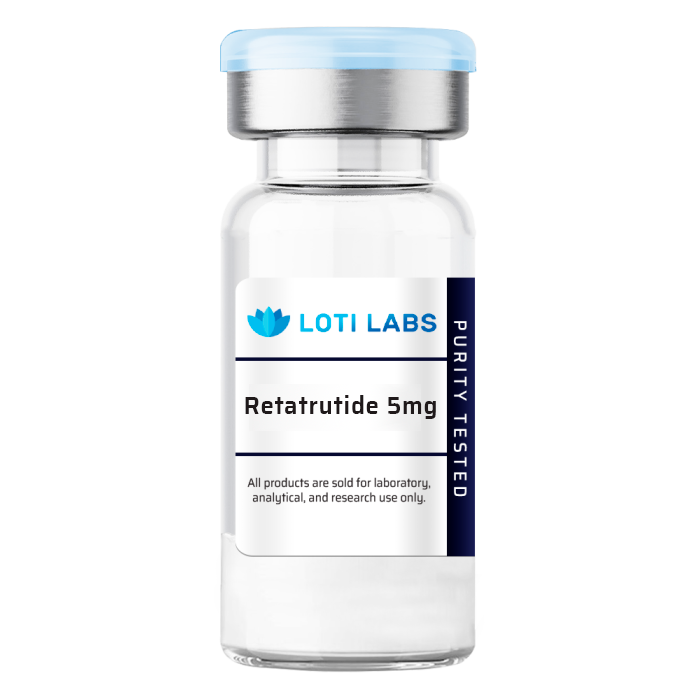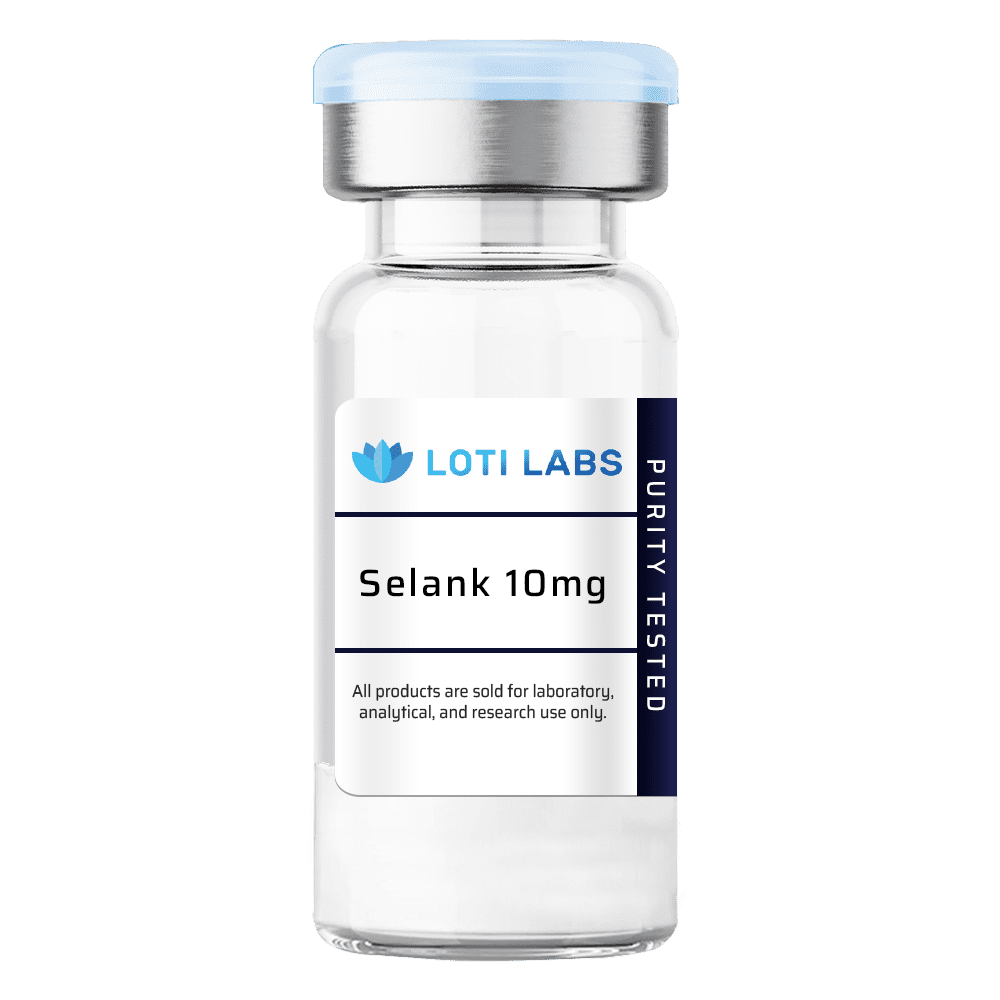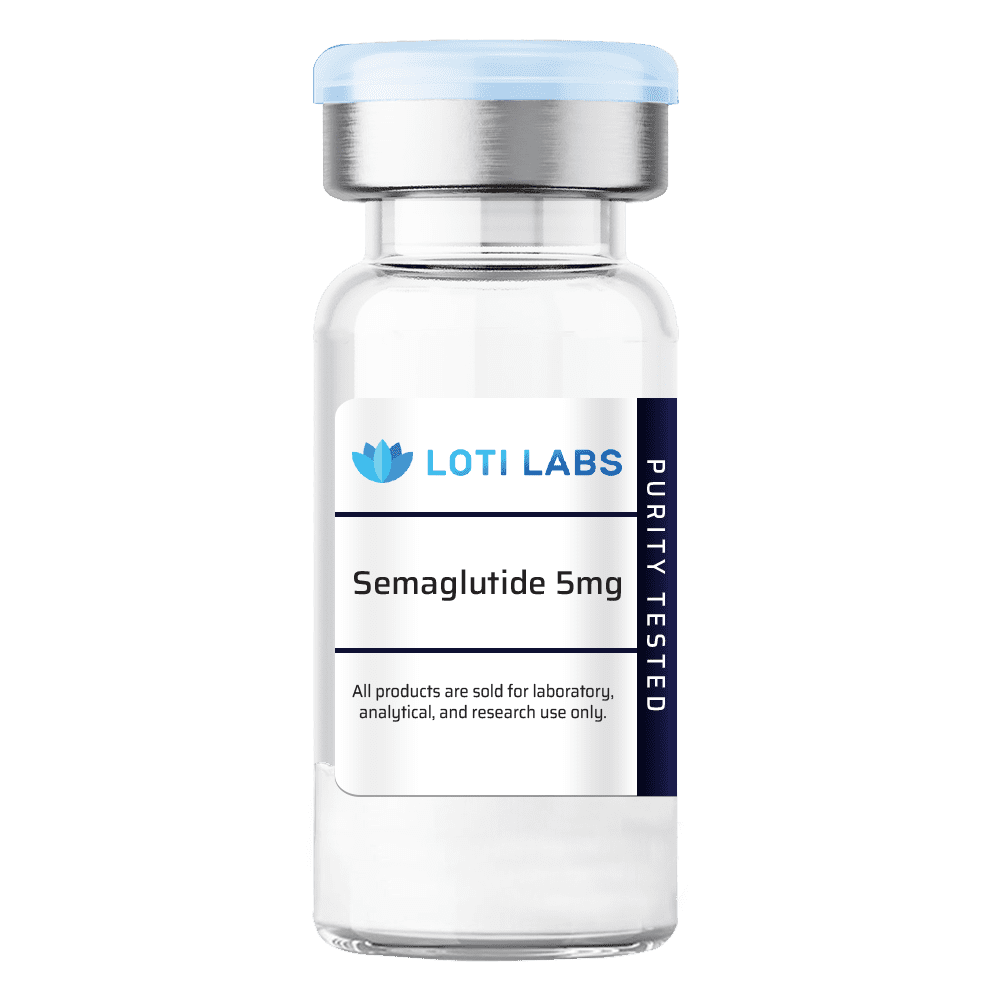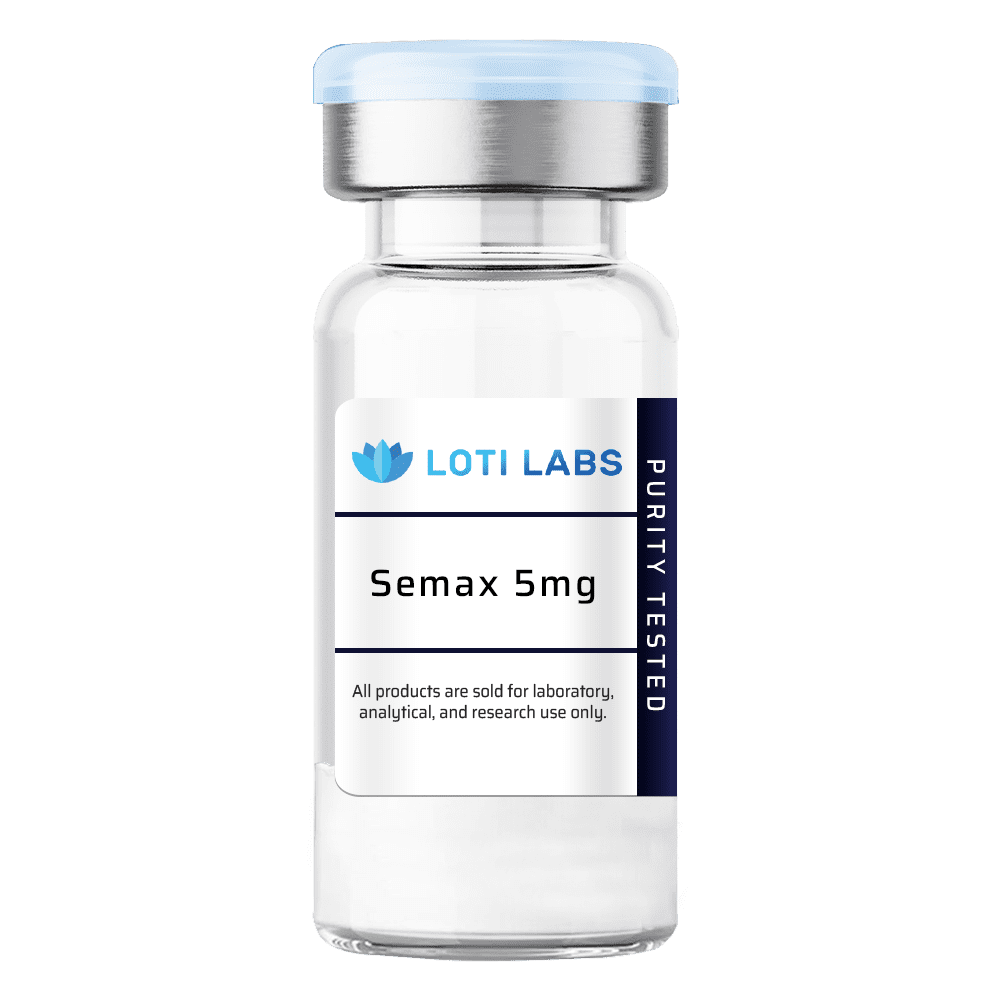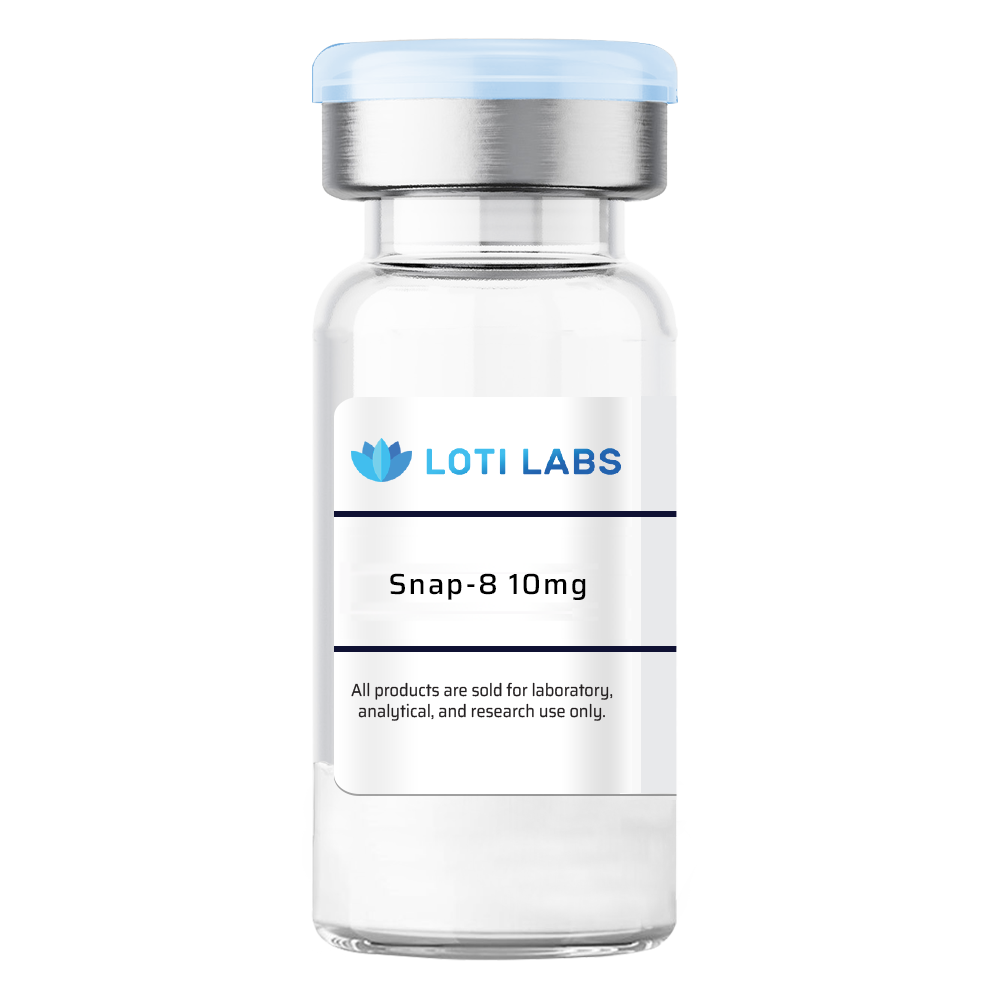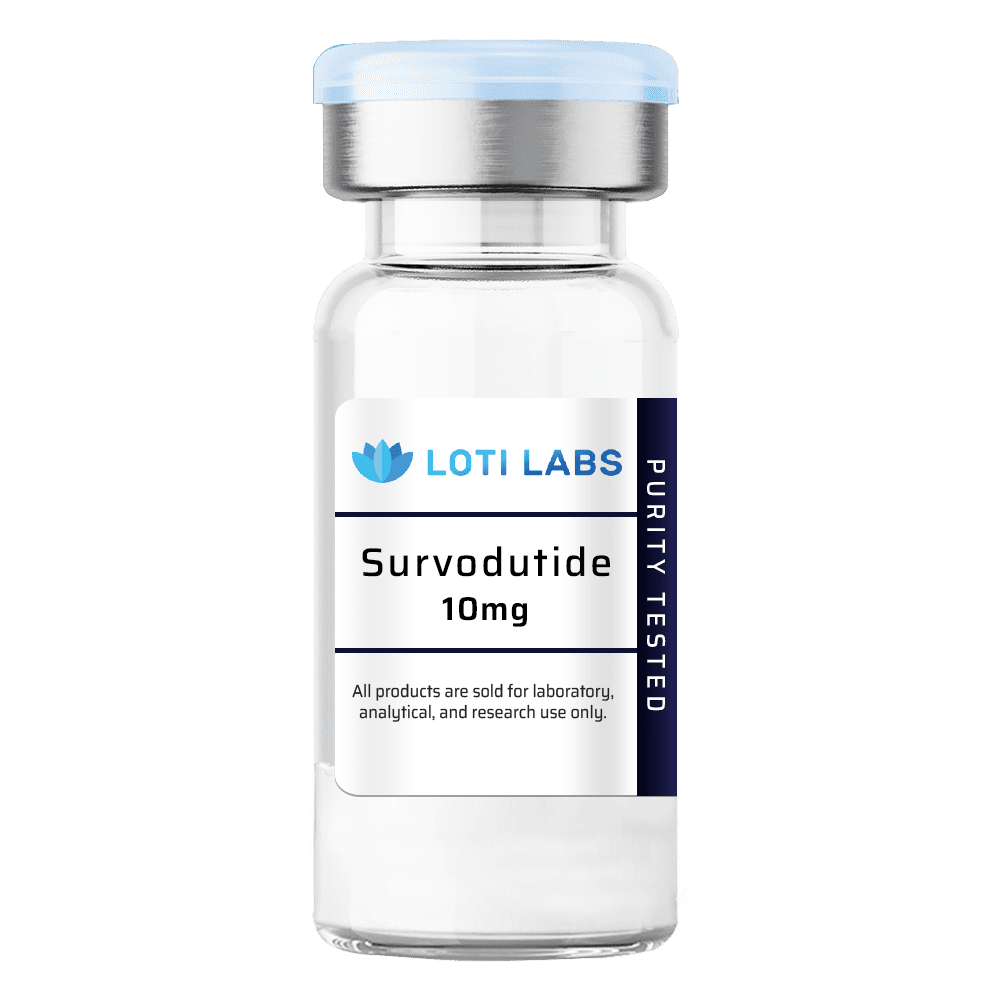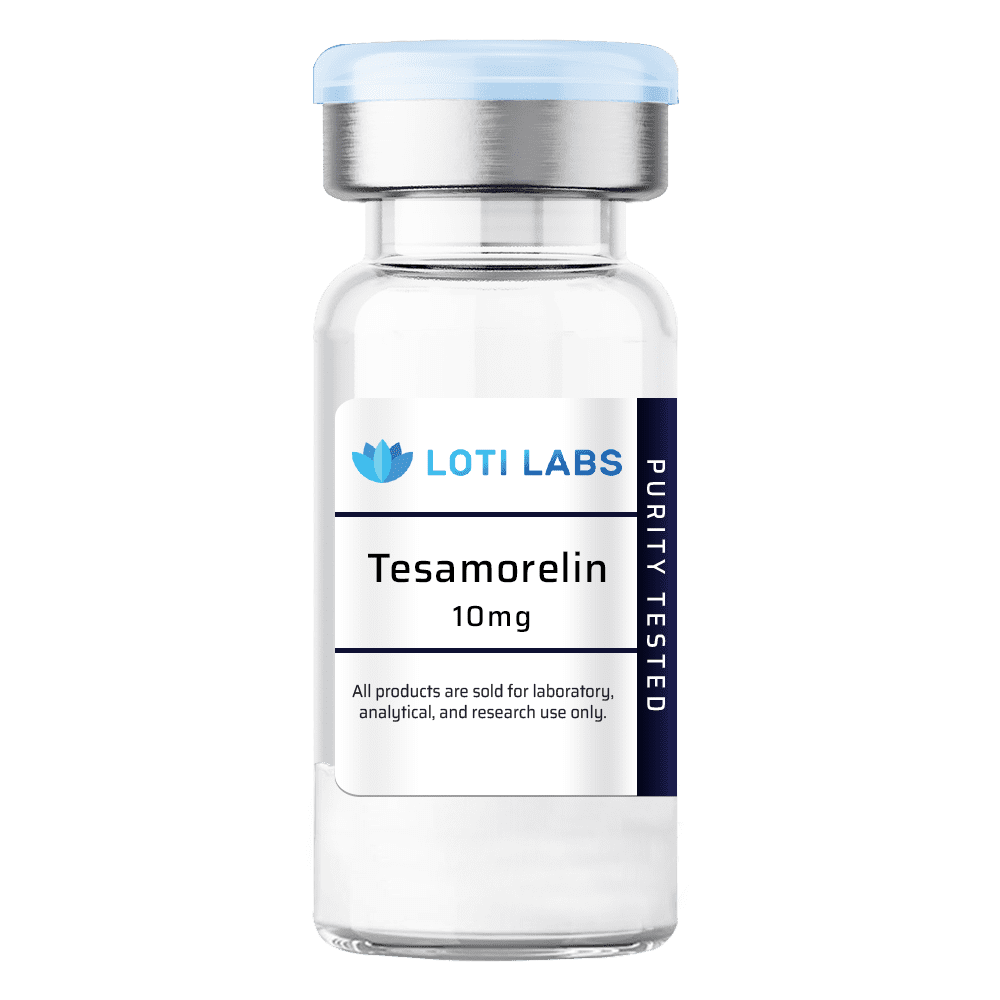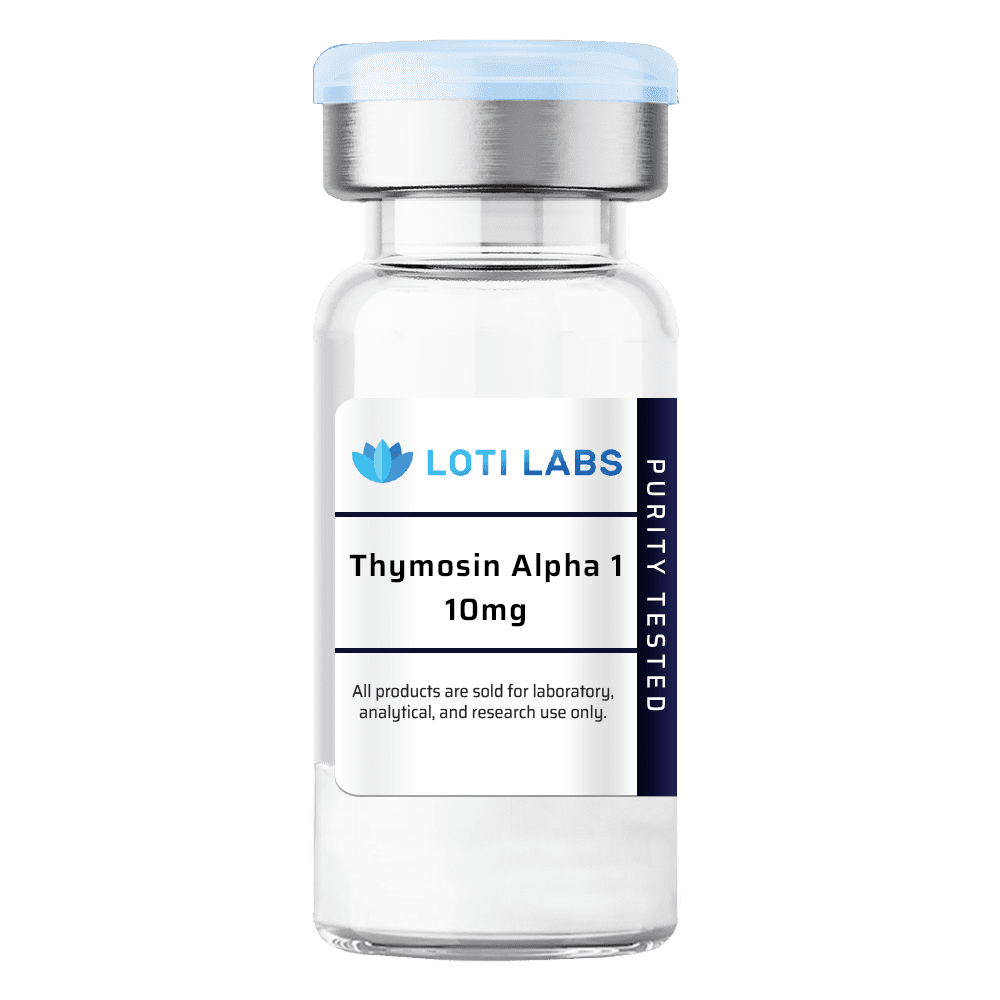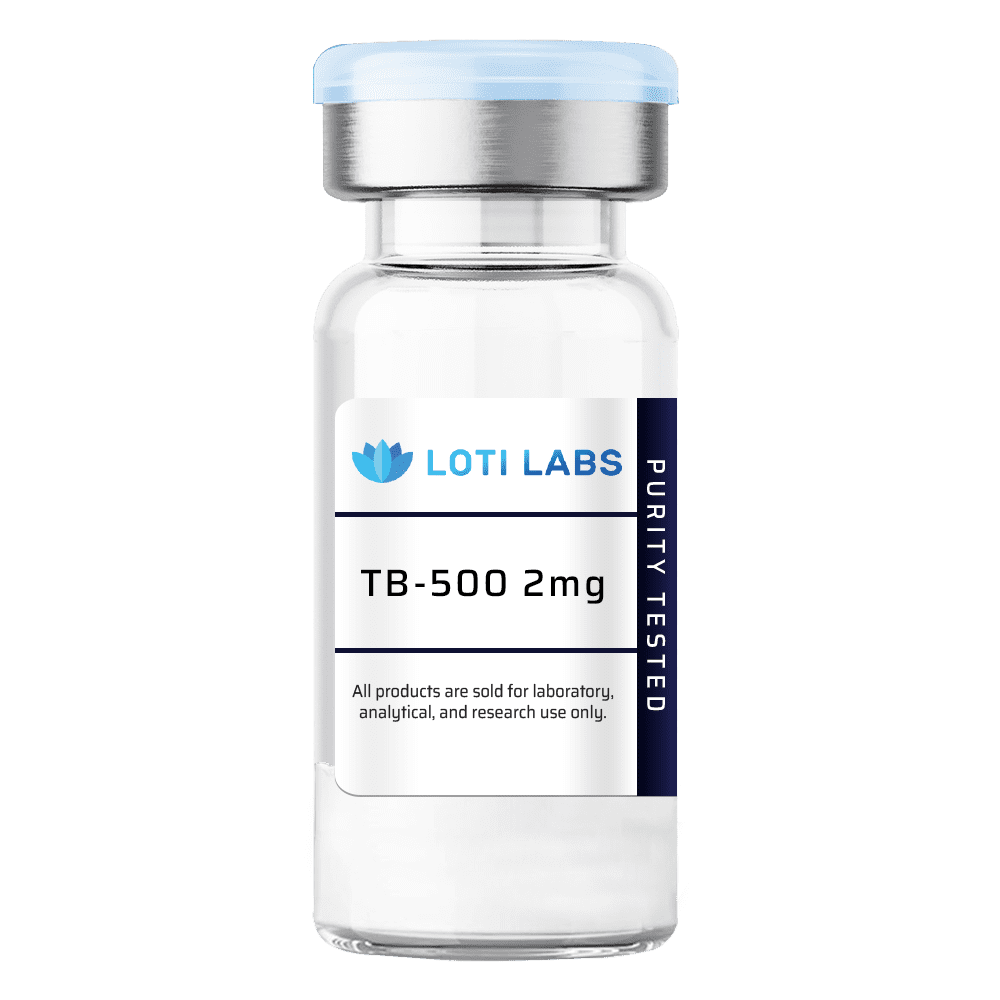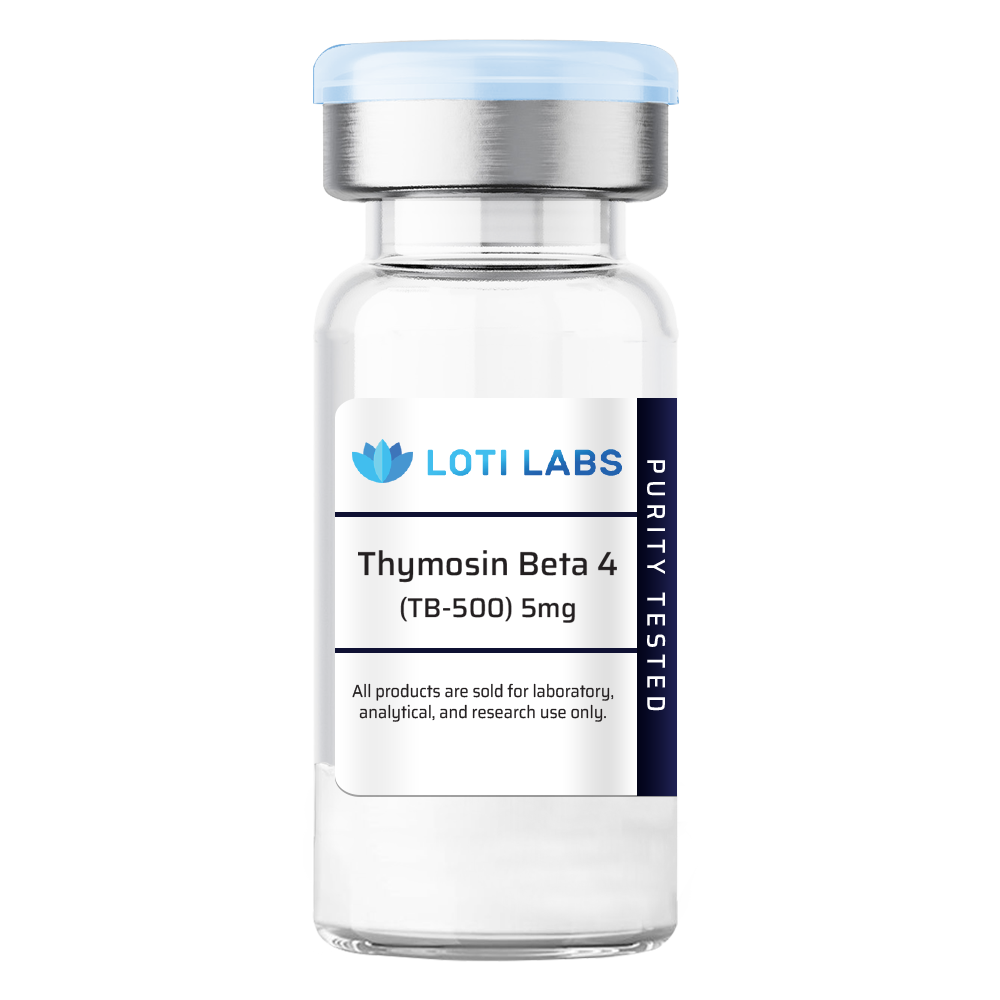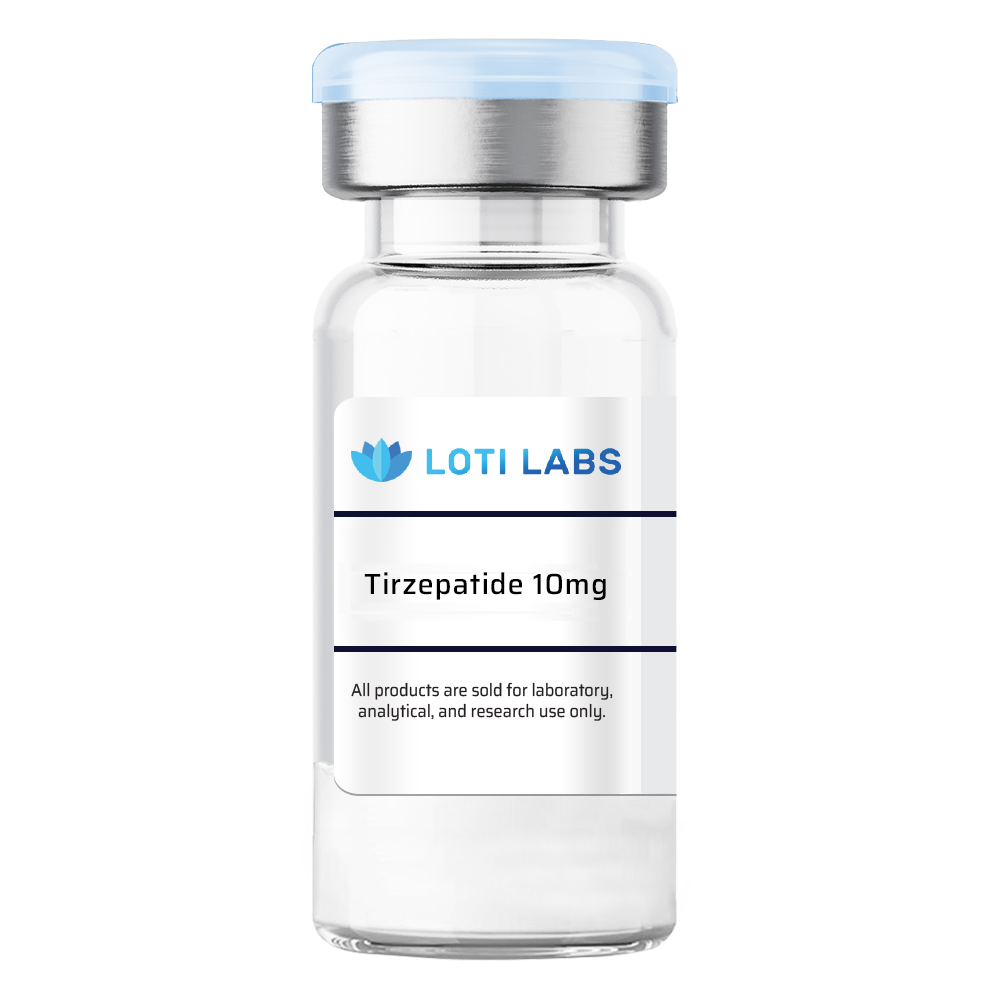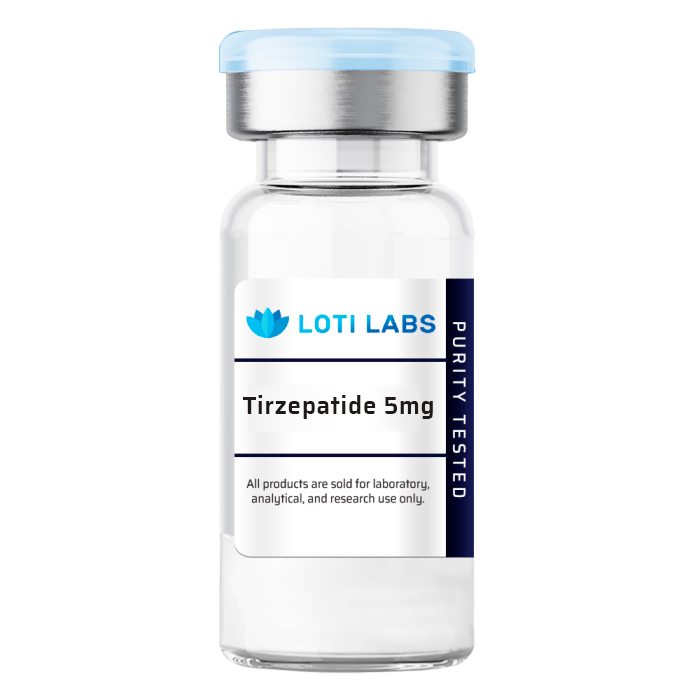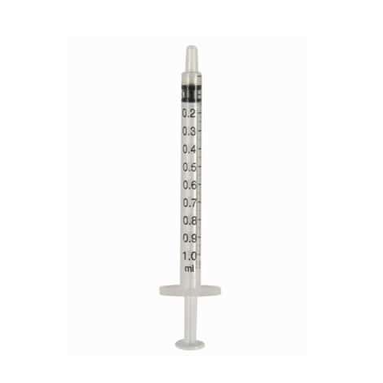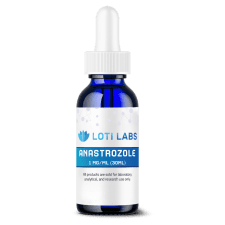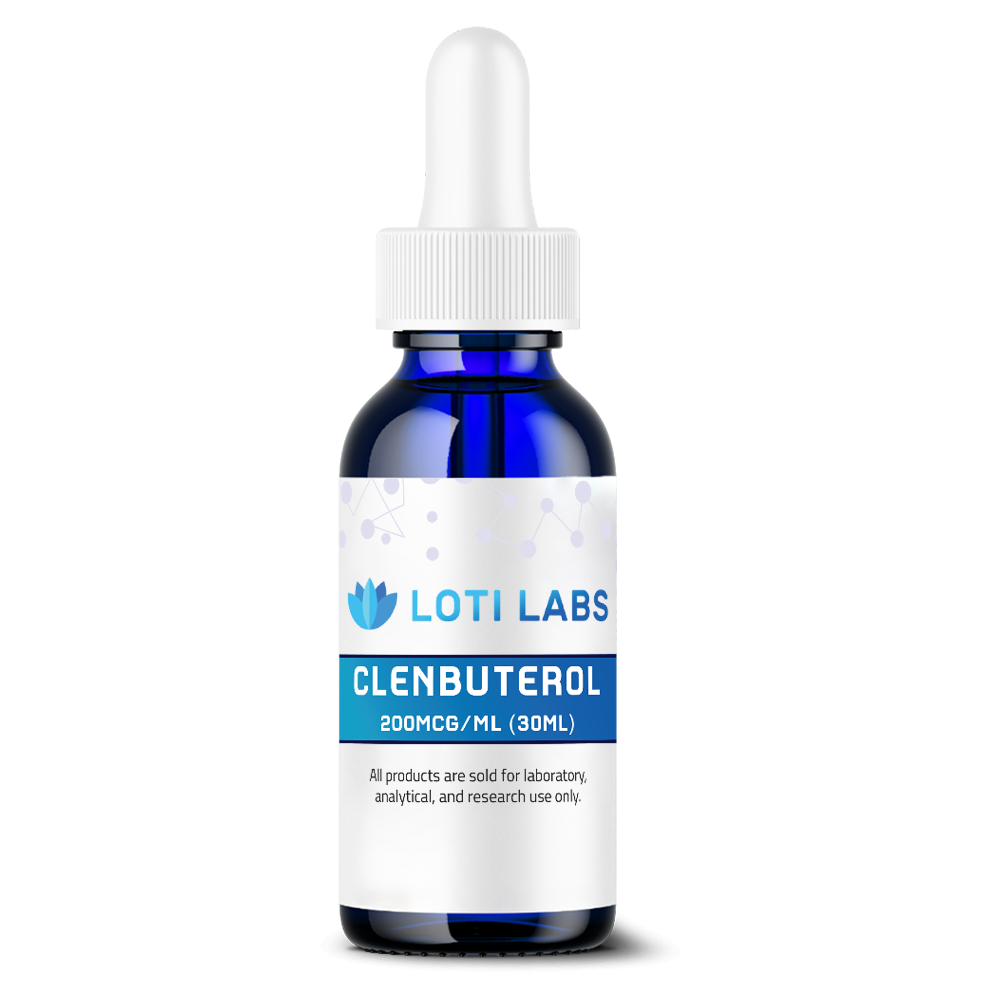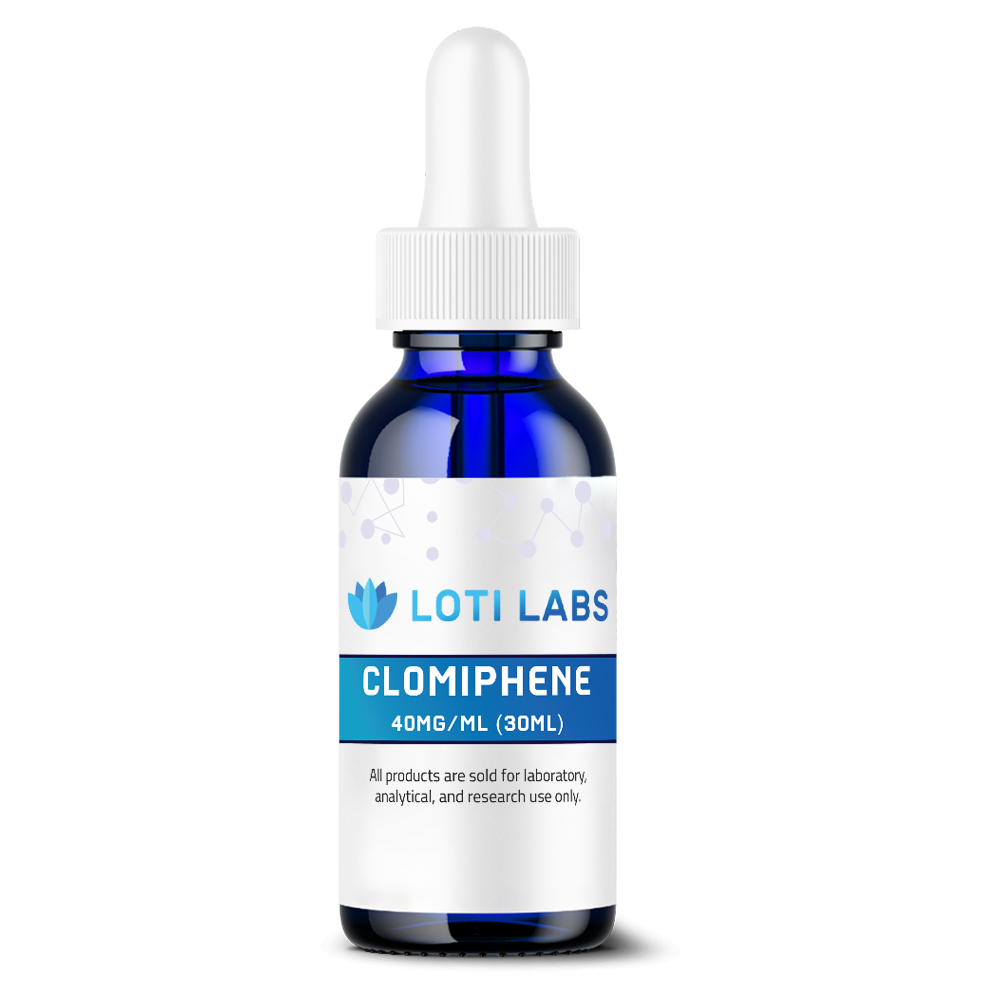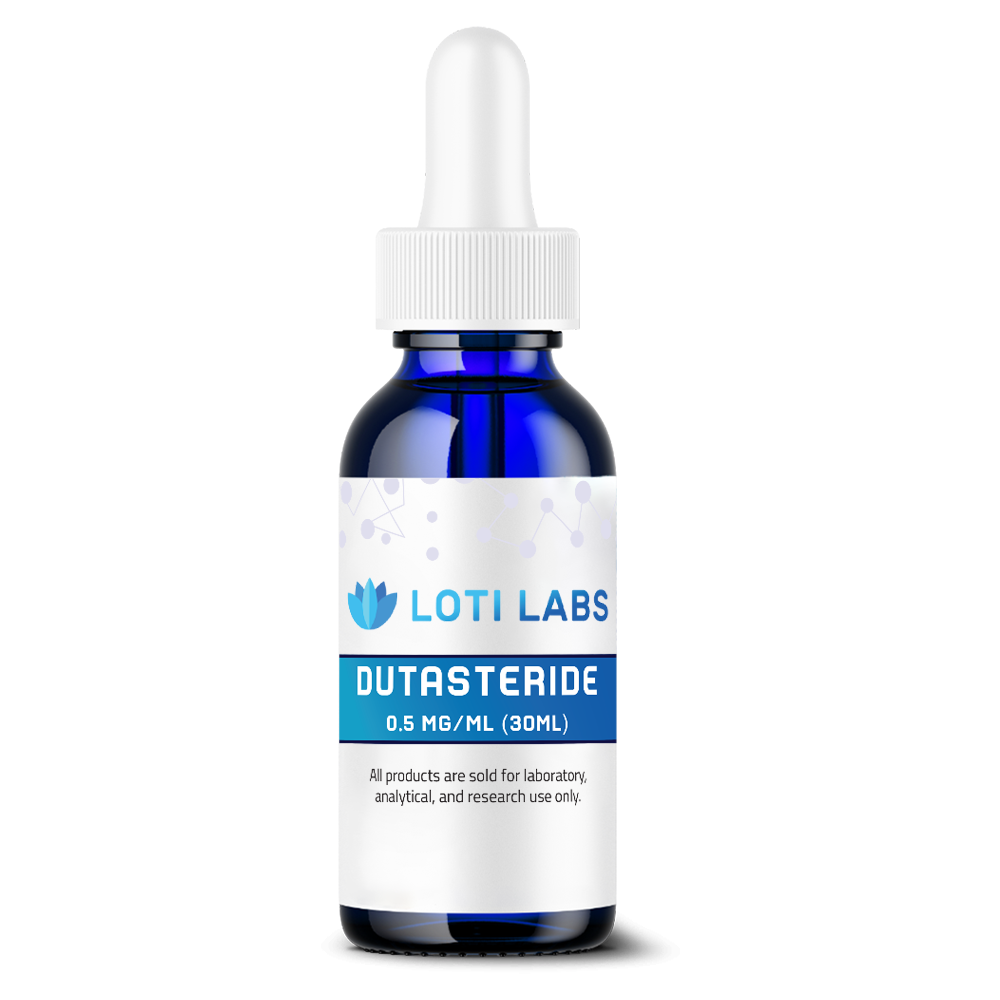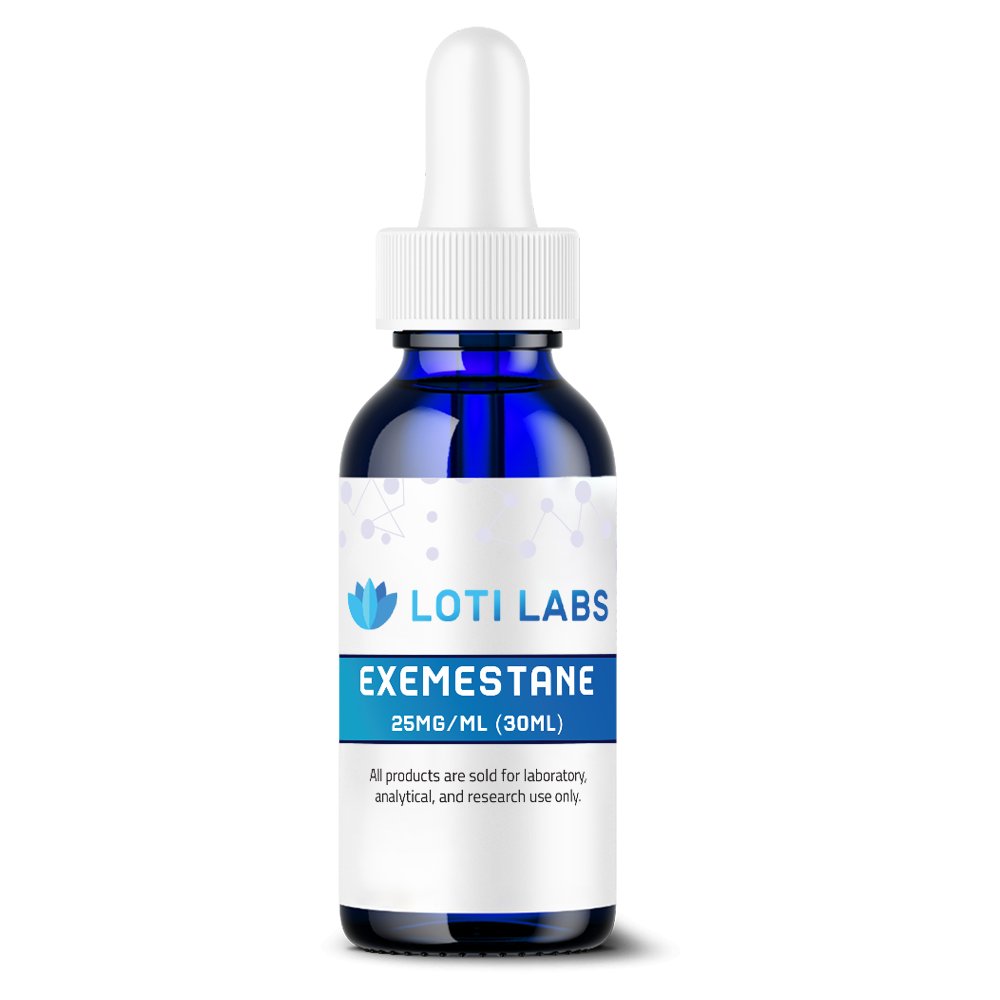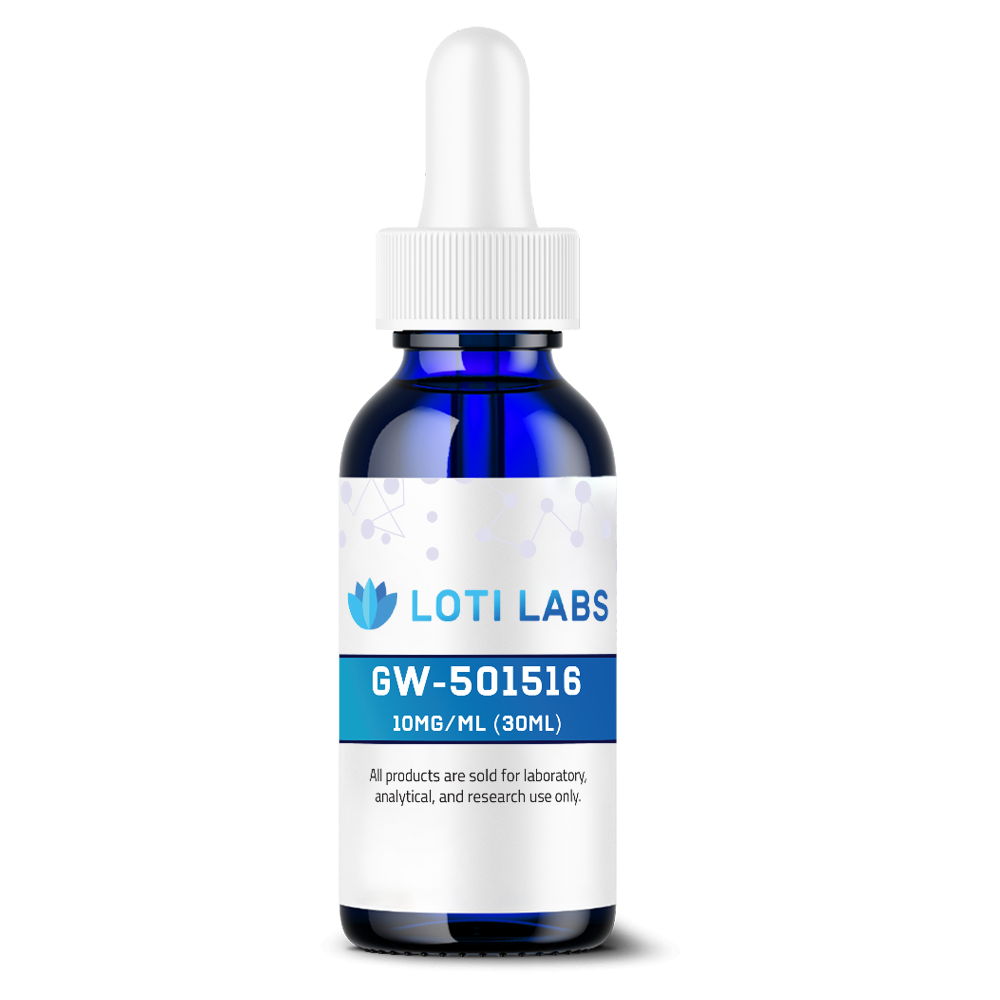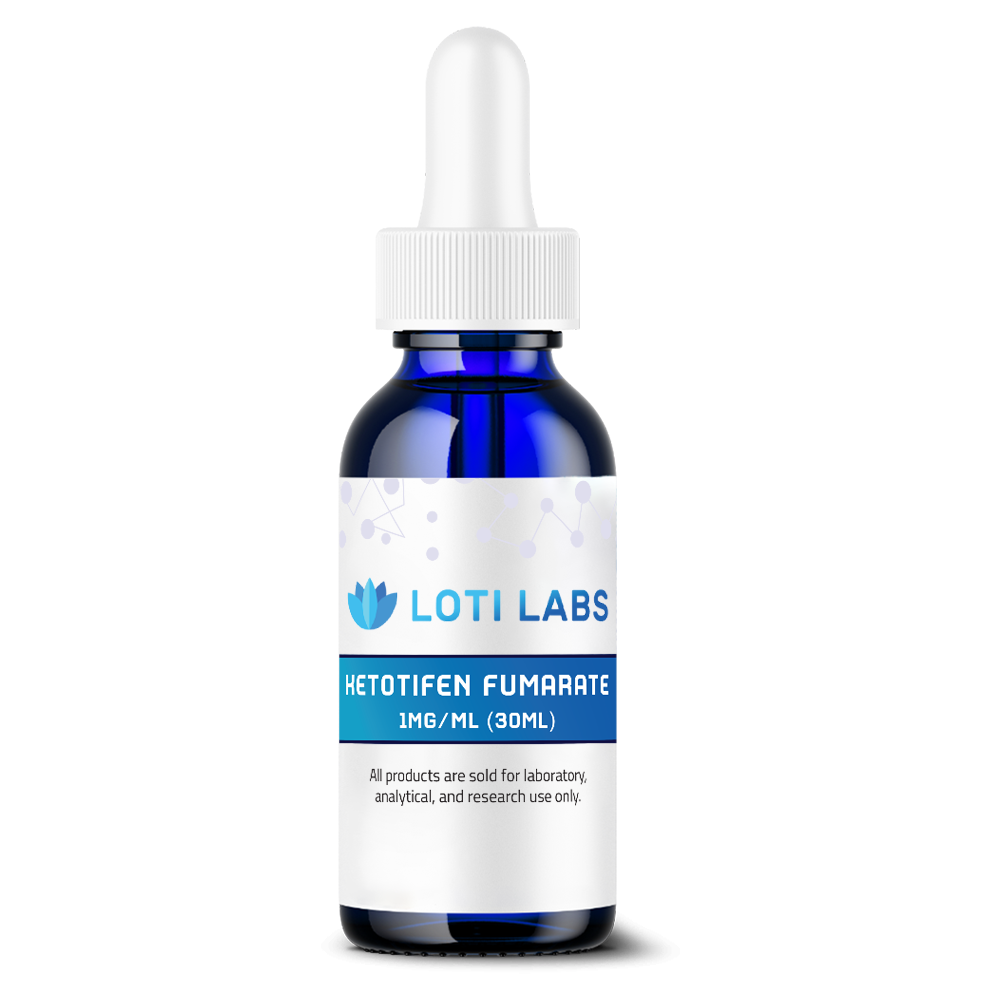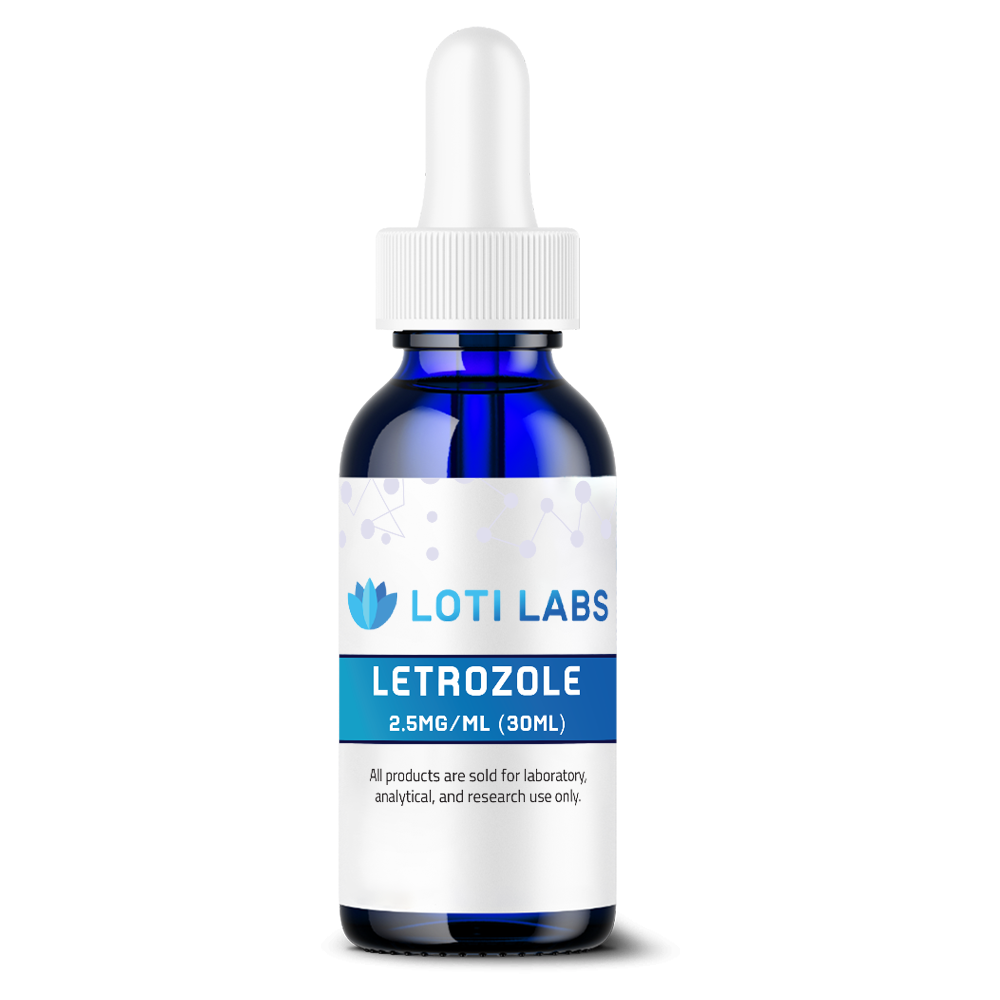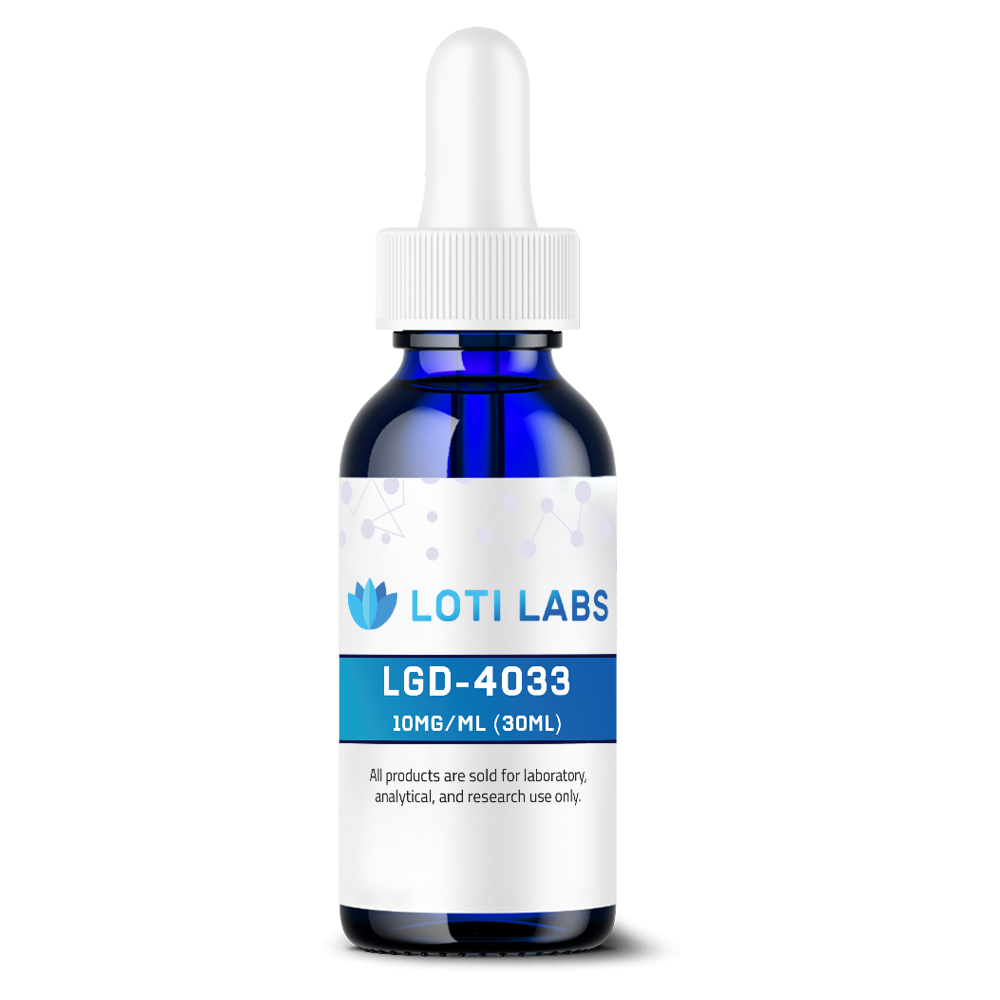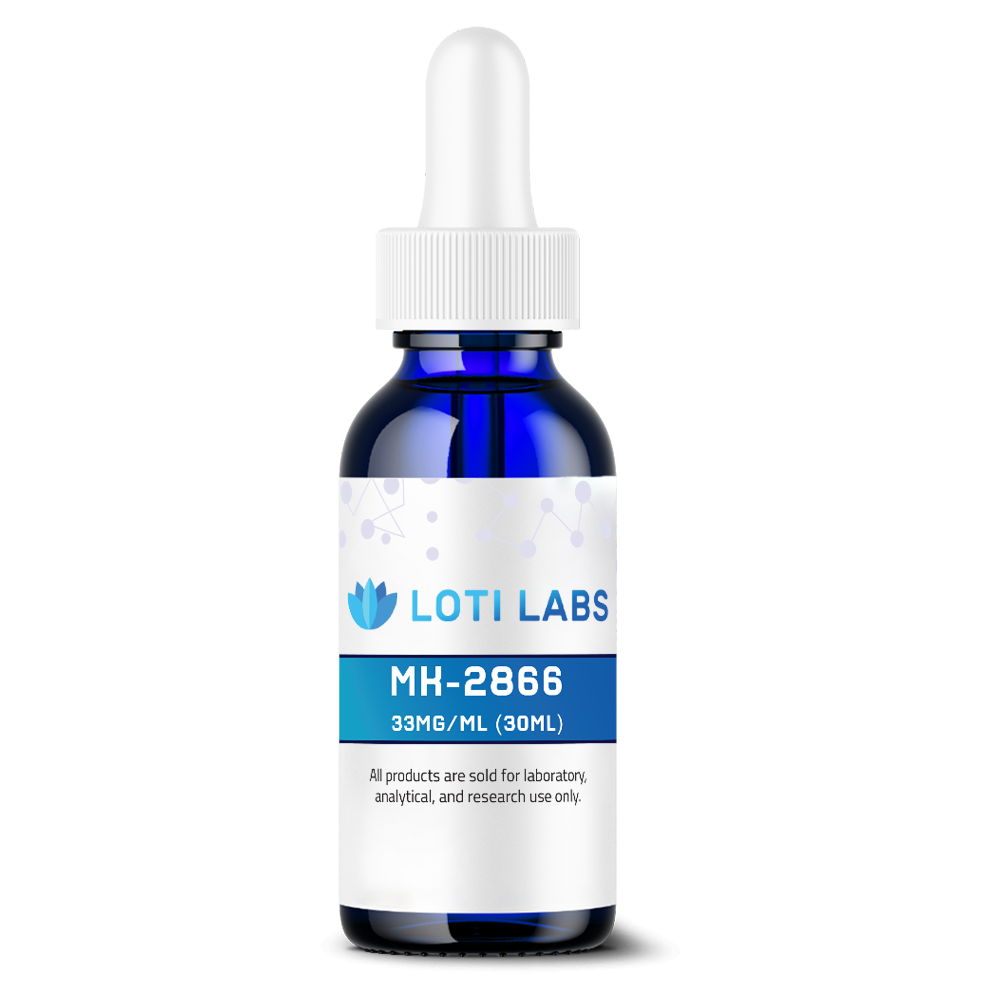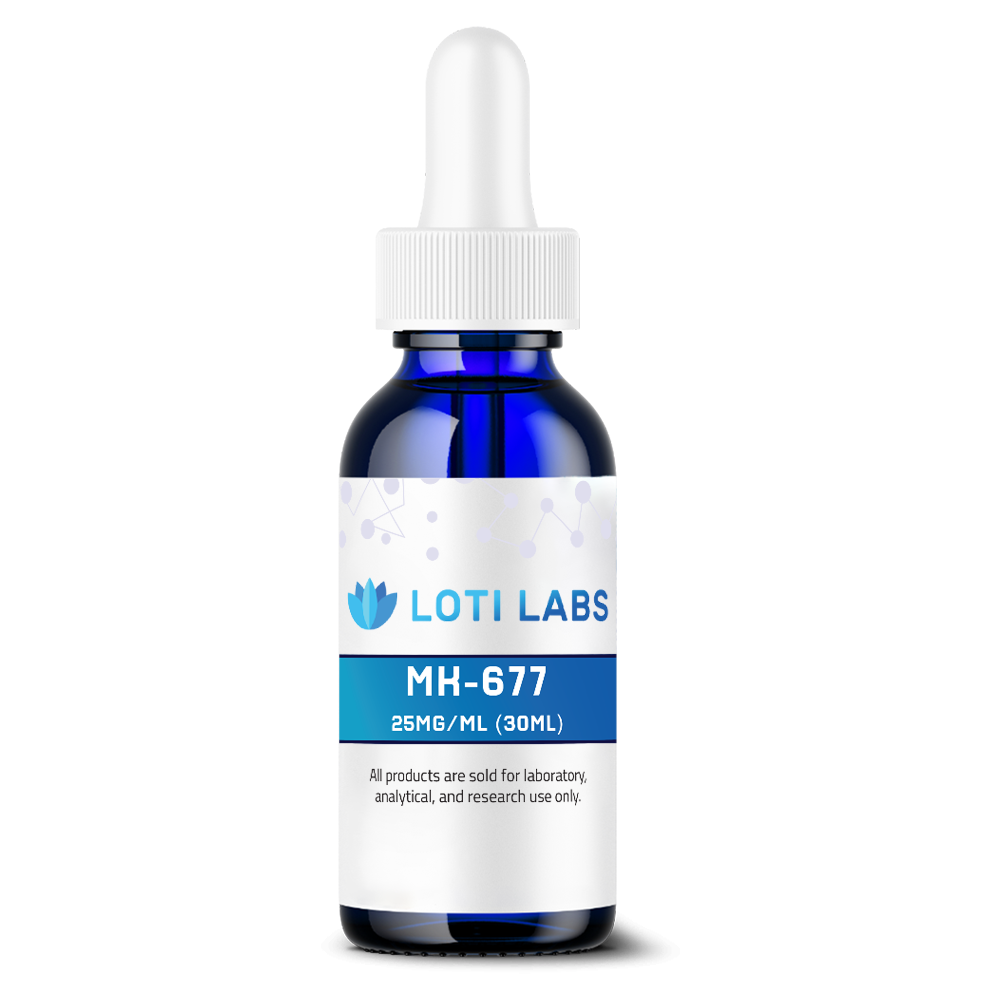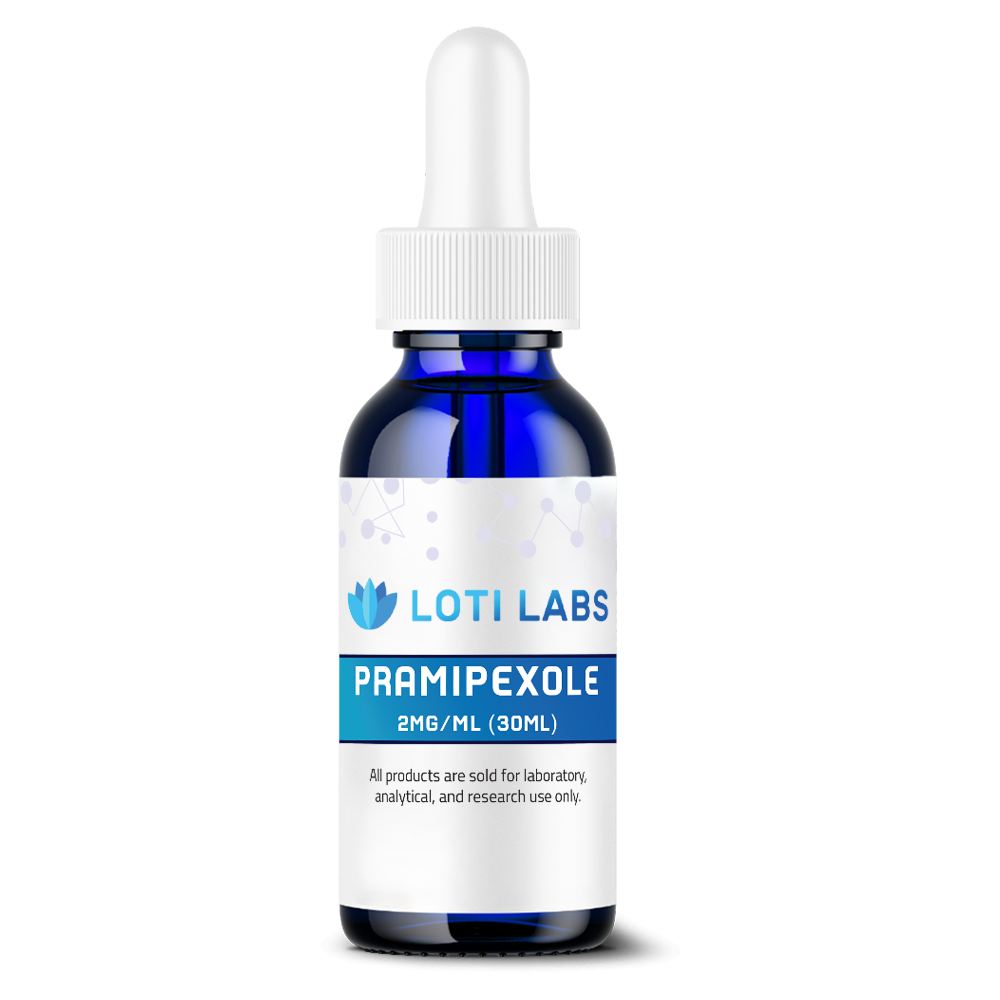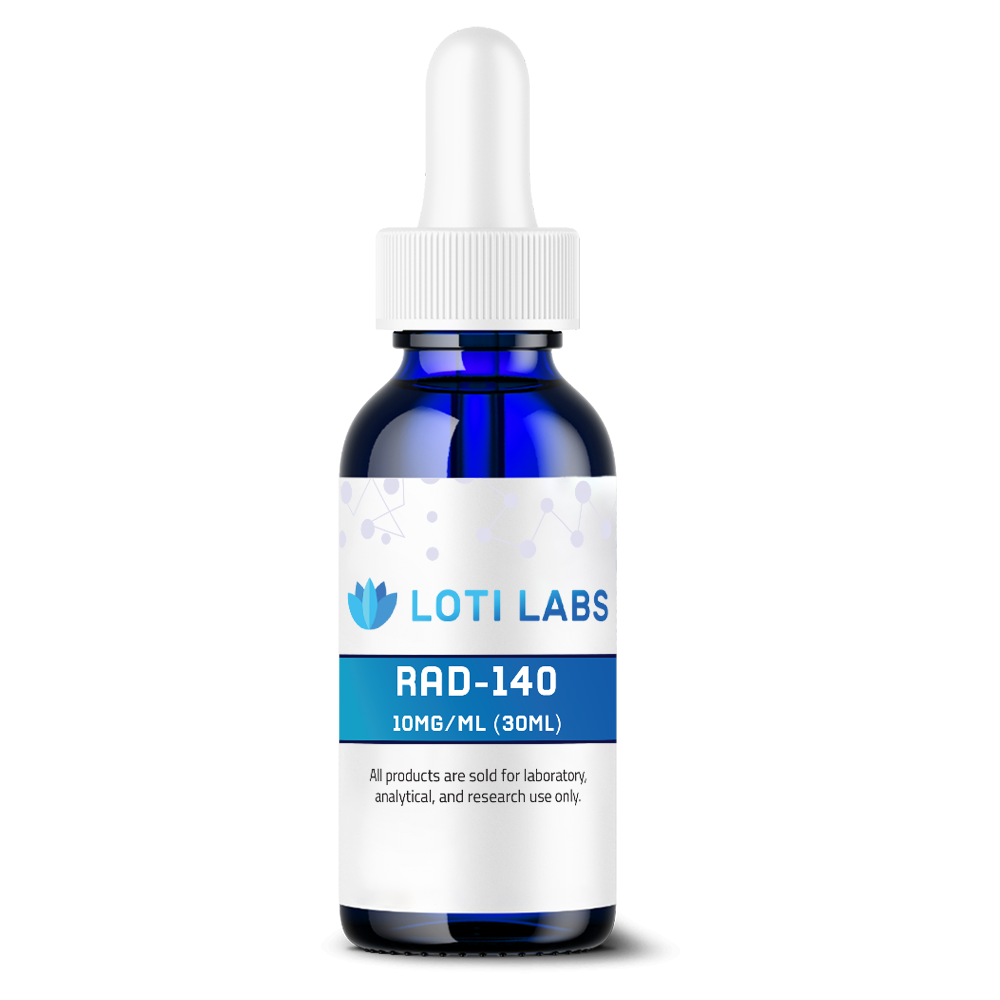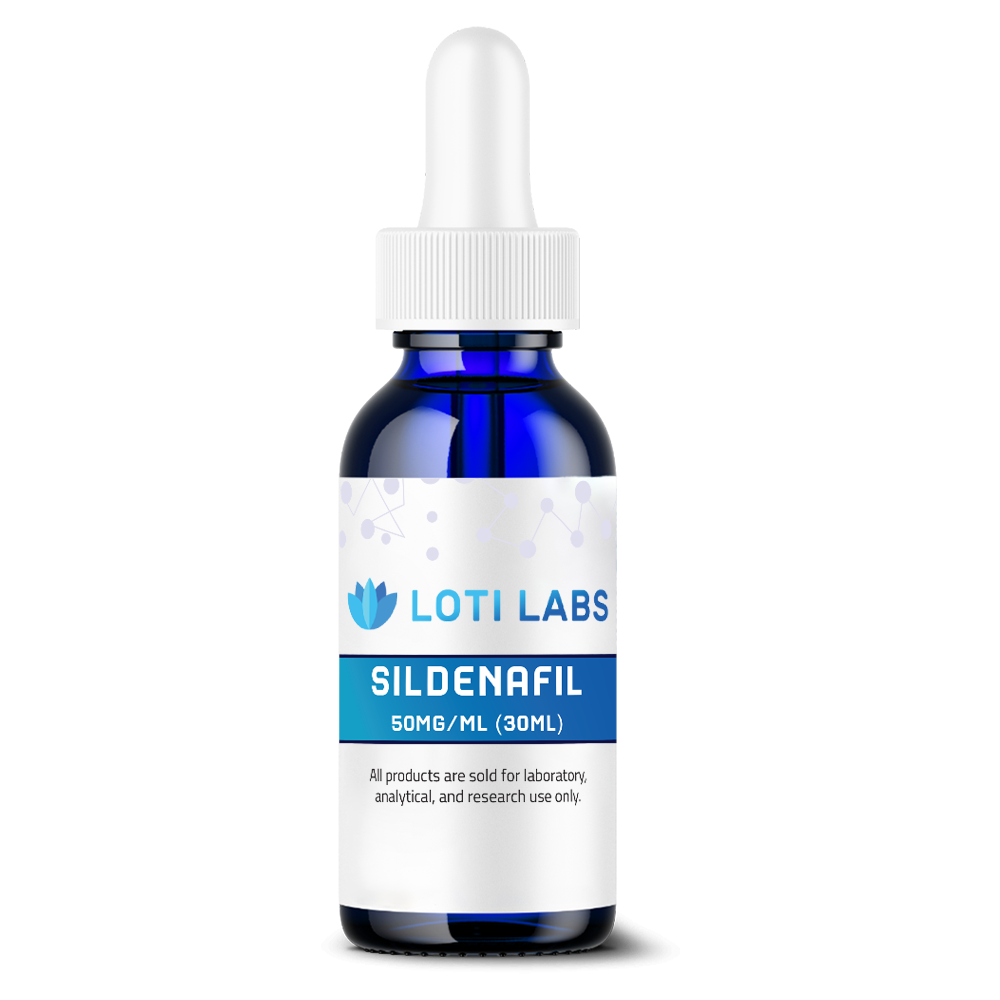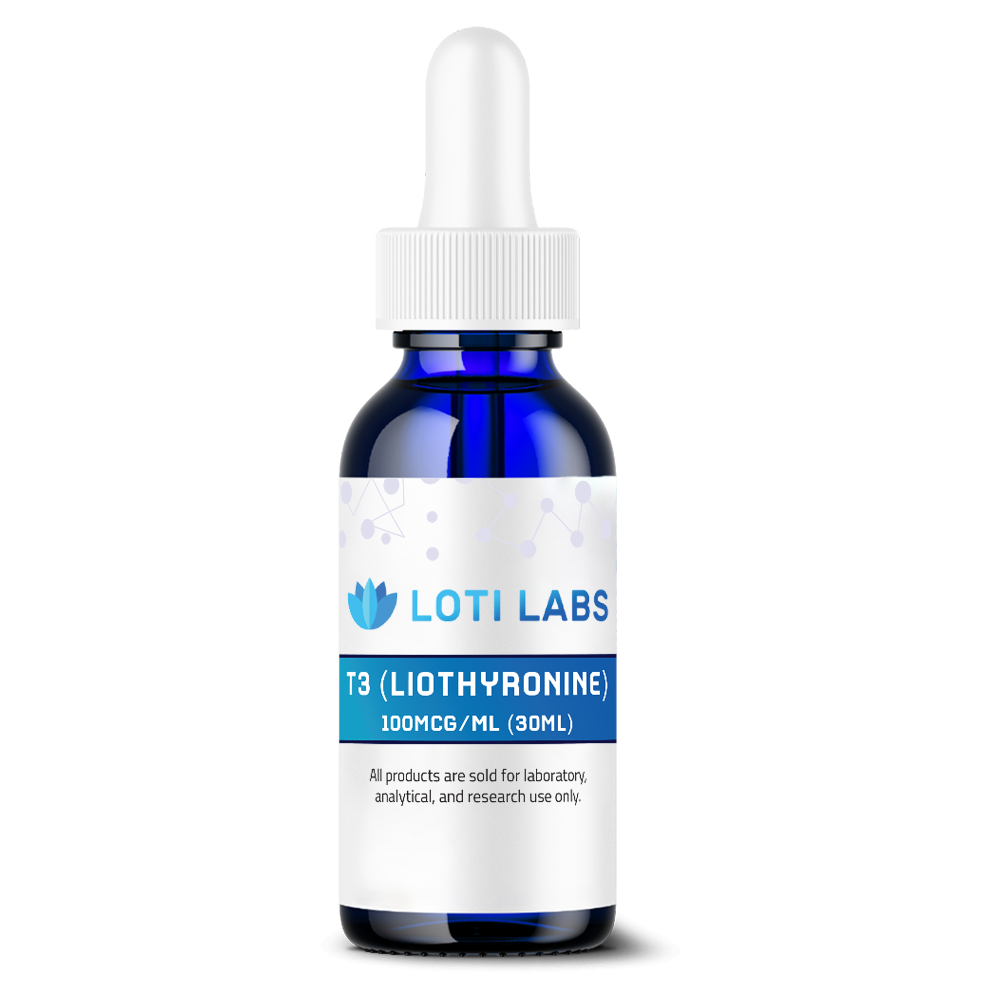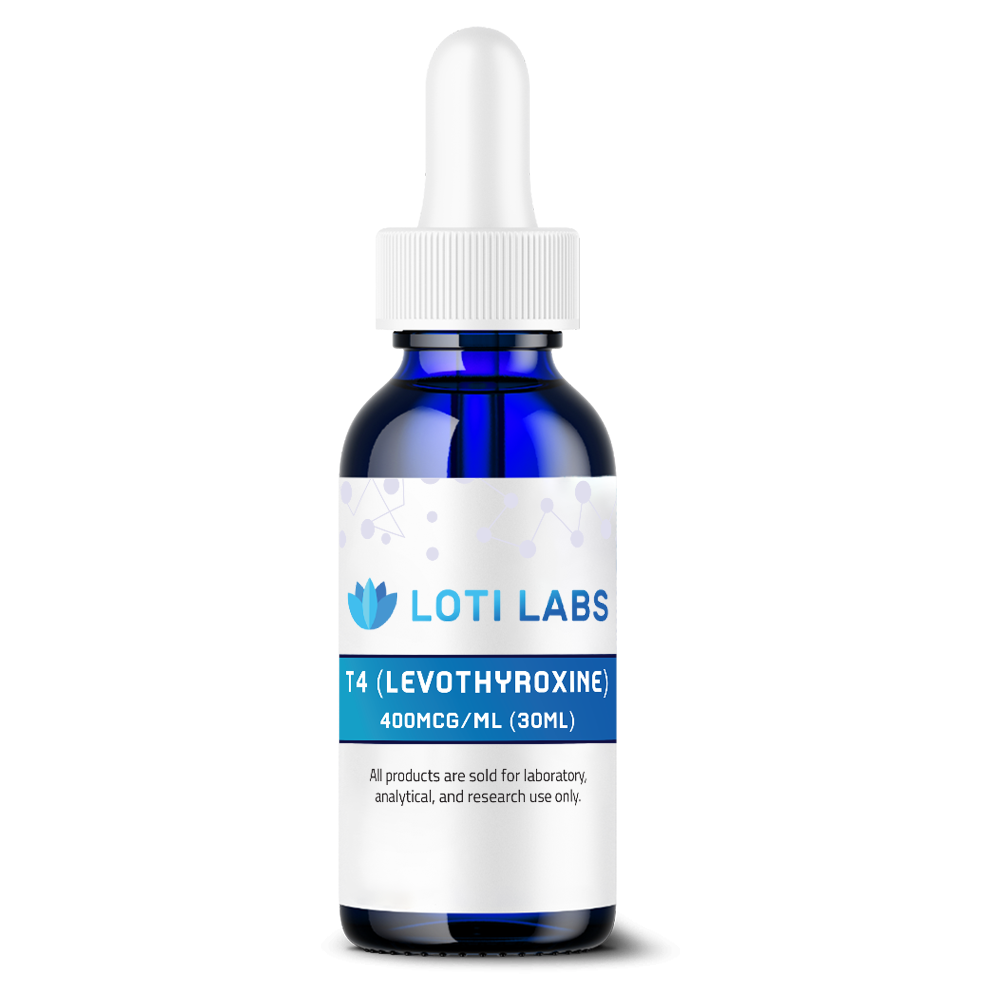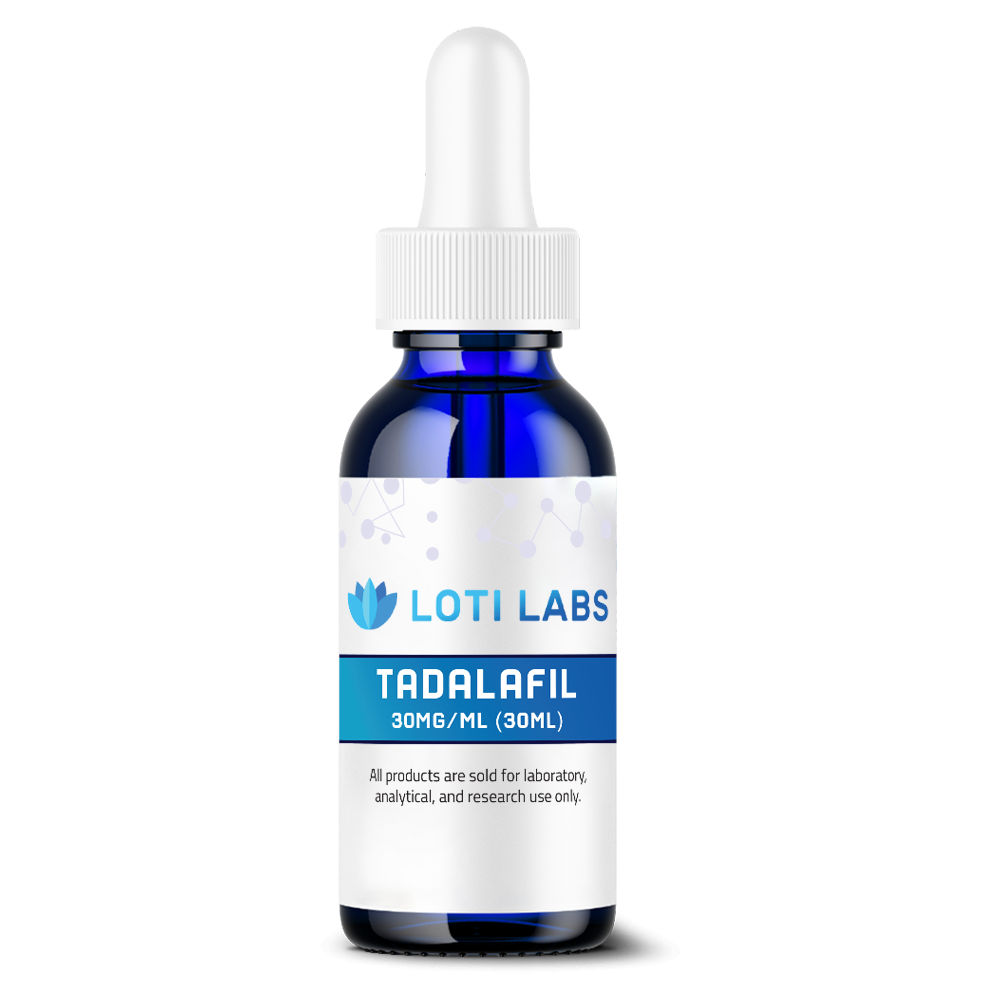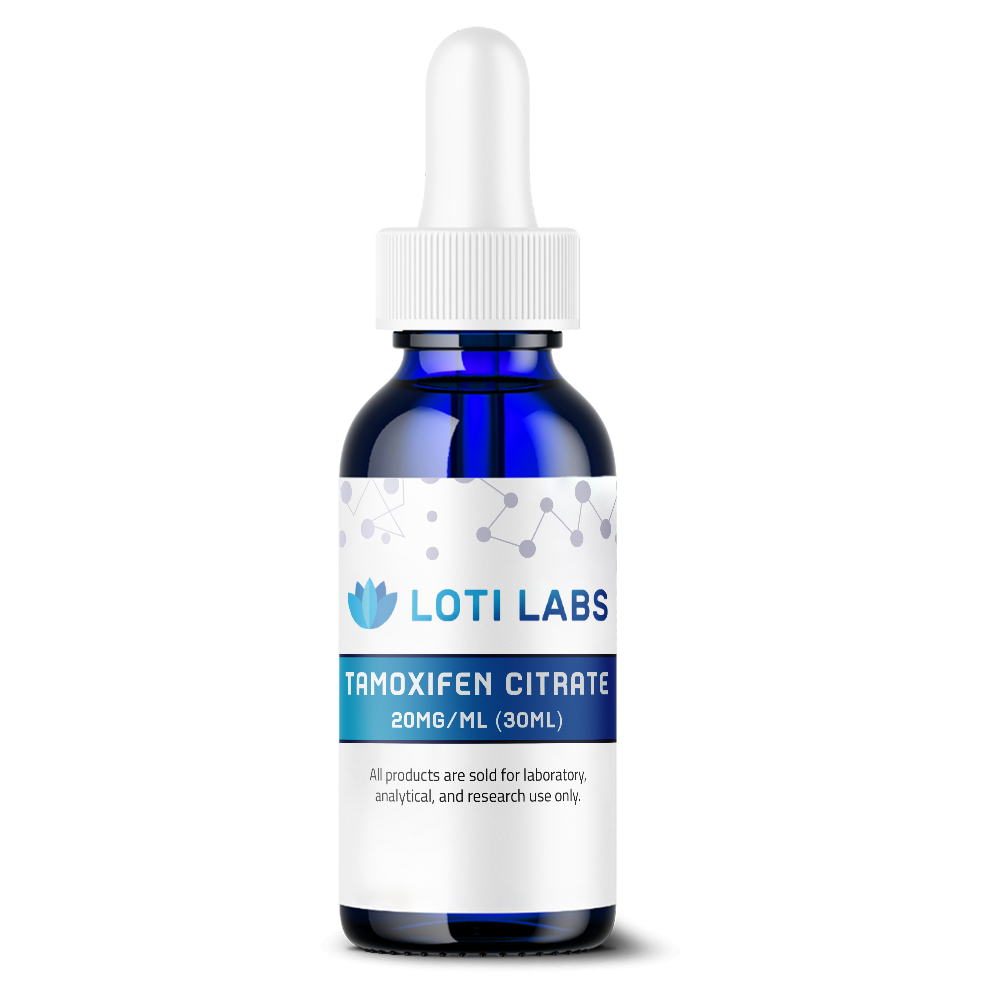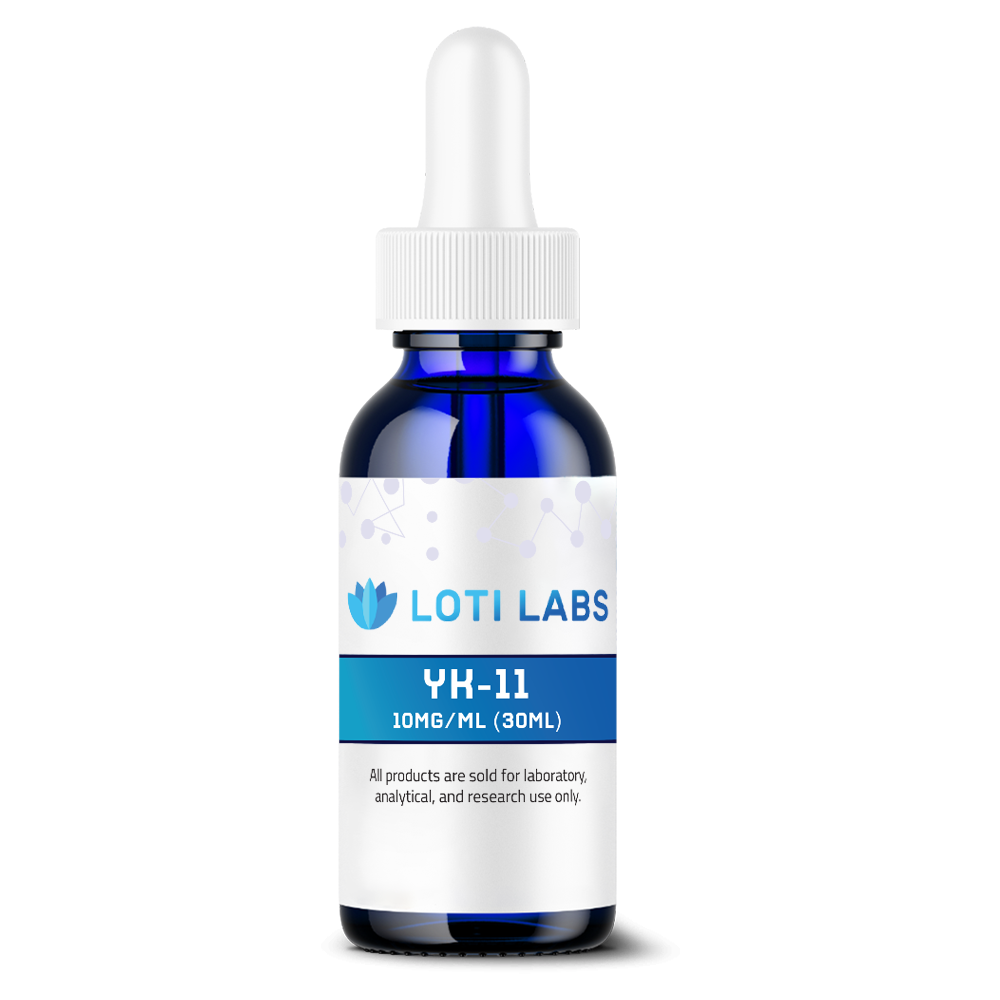-
×
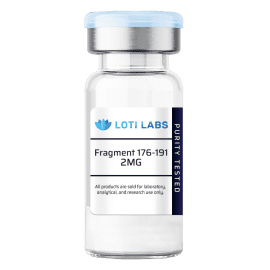 Fragment 176-191 2MG
1 × $32.99
Fragment 176-191 2MG
1 × $32.99
Sermorelin 2mg
$29.99
You save
This product is intended as a research chemical only. This designation allows the use of this chemical strictly for in-vitro laboratory testing and experimentation. Human or veterinary use is strictly forbidden. This product is not a drug, food or cosmetic and may not be misbranded, mislabeled or misused as such.
Description


Buy Sermorelin at Loti Labs: Research-Grade GHRH Analog
Research into growth hormone releasing hormone pathways requires access to high-purity peptide analogs that remain intact throughout experimental protocols. Scientists investigating endocrine and metabolic effects need reliable sources for compounds like sermorelin, a synthetic peptide that is a valuable tool for studying natural growth hormone mechanisms in the lab.
When researchers buy sermorelin for research use, the quality and consistency of the peptide matters. Loti Labs offers pharmaceutical-grade sermorelin for research use only to ensure laboratory investigations into growth hormone activity meet the highest scientific standards.
Sermorelin Molecular Structure
Sermorelin is a 29 amino acid synthetic peptide that mirrors the N-terminal segment of human growth hormone releasing hormone. This carefully designed sequence, known as GRF 1-29, has the complete biological activity of the full 44 amino acid growth hormone releasing hormone ghrh produced in the hypothalamus.
| Property | Value |
|---|---|
| Amino Sequence | 29 amino acid peptide analog |
| Molecular Formula | C149H246N44O42S |
| Molecular Weight | 3357.9 g/mol |
| PubChem CID | 16132411 |
| CAS Number | 86168-78-7 |
The molecular structure of this growth hormone releasing peptide allows for specific receptor binding and stability under controlled lab conditions. Research shows this synthetic peptide configuration gives researchers a reliable tool to study growth hormone secretion without the complexity of working with the full length releasing hormone.
Mechanism of Action
Sermorelin works by binding to growth hormone releasing hormone receptors on the anterior pituitary gland. Research shows this binding initiates intracellular signaling events that lead to natural growth hormone secretion, a physiological cascade that can be monitored and measured in the lab.
Studies show sermorelin’s mechanism is different from direct hormone replacement approaches. Instead of introducing exogenous growth hormone, this compound stimulates the body’s own growth hormone release through cAMP pathways and protein kinase activation. This upstream approach preserves normal physiology and physiological feedback mechanisms that researchers find valuable for studying endocrine regulation.Research shows sermorelin avoids tachyphylaxis by upregulating growth hormone releasing hormone receptor production rather than downregulating receptors. This property allows for consistent results across long term studies without the need for escalating doses, making it ideal for long term research protocols studying growth hormone and insulin like growth factor levels.
Research Studies and Applications
Clinical research has shown significant increase in endogenous growth hormone secretion after sermorelin administration. Lab studies have shown growth hormone levels can increase up to 82% within 2 hour windows, providing researchers with measurable endpoints for experimental design.
16 week research protocols have shown average growth hormone levels increase 107% and insulin like growth factor-1 increase 28%. These results suggest sustained efficacy in research models over time. Study participants in controlled research settings gained 2.78 pounds of lean body mass and lost fat mass and improved body composition ratios.
Cardiac Research Applications
Cardiovascular research has looked at sermorelin’s effects on heart muscle cells after myocardial infarct scar formation. Research suggests potential benefits include reduced ventricular remodeling and improved diastolic function, likely through indirect effects on tissue repair mechanisms. This has opened up new avenues for studying growth hormone’s role in cardiac recovery.
Neurological Research
Emerging research is looking at sermorelin’s application in epilepsy gamma aminobutyric acid receptor research, with some studies suggesting anti-seizure properties through central nervous system modulation. Cell culture studies on glioma tumor sensitivity have shown promise, with research indicating cell cycle blocking properties that may influence cancer cell behavior.
Metabolic Research
Research has focused on sermorelin’s effects on body composition, muscle mass development and fat distribution patterns. Research suggests improvement in lean mass accumulation and reduction in abdominal visceral adiposity, providing insight into growth hormone’s role in metabolic regulation.
Storage and Safety Considerations
Sermorelin requires strict cold-chain management throughout shipping and storage phases. The peptide is sensitive to temperature fluctuations, light exposure and pH changes so storage conditions must be closely monitored to maintain experimental integrity.
Lab protocols recommend storage between 2°C and 8°C and protection from light. Prepared solutions should be used immediately or stored frozen for longer term storage. The compound has a plasma half life of 11-12 minutes so timing is critical in experimental protocols to ensure accurate data collection.Research shows repeated freeze-thaw cycles can rapidly degrade peptide integrity and both purity and biological activity. Proper injection technique and sterile preparation standards are crucial to maintaining compound stability throughout experimental procedures.
Why Buy from Loti Labs
Loti Labs provides research-grade peptides that meet the high standards of scientific research. When you buy sermorelin injections online from Loti Labs you get pharmaceutical-grade compounds with full documentation and technical specs for your experimental design.
Quality Control and Testing
Every batch is tested by third-party using HPLC to verify purity and quantitative accuracy. This testing ensures compliance with sterile preparation standards and maintains integrity for sensitive research applications.
Transparent Pricing and Documentation
Loti Labs has clear pricing with no hidden fees and full research documentation for each batch. This transparency helps you keep accurate records and ensure experimental reproducibility across studies.
Regulatory Compliance
All products from Loti Labs are research use only, so you are compliant with regulations for research chemicals. This designation allows laboratory research while keeping clear boundaries for use.
Research Use Only Designation
All products sold by Loti Labs are for research chemicals only for in-vitro laboratory testing and experimentation. Human or veterinary use is strictly forbidden. These compounds are not approved for therapeutic use and may not be misbranded, mislabeled or misused outside of controlled research environments.
When you purchase sermorelin you must comply with your institution’s protocols and regulations for research chemicals. Proper documentation and research use only guidelines are required to maintain legal compliance and scientific integrity.
Shipping Policy
Loti Labs ships same day for orders placed before 1:00 PM EST Monday through Friday. Orders placed after that or on weekends ship the following business day to ensure timely delivery for your research projects.
Satisfaction Guarantee
30 day satisfaction guarantee on all products. You can return unopened products for full refund of the purchase price to ensure product quality and flexibility for your experimental design.
Third-Party Testing of Every Batch
Every batch is tested by third-party using HPLC to verify product purity and accuracy. This quality control process ensures you receive compounds that meet the highest standards for laboratory research so you can get reproducible results and scientific validity.
Research Applications
When using sermorelin in your research, consider the following factors that impact your results. The short half-life requires precise timing of sample collection and measurement procedures. Proper injection site rotation and technique are also crucial in animal model studies.
Research shows sermorelin’s effects on growth hormone secretion follow a predictable pattern, making it useful for studies that require controlled hormonal stimulation. However, you should account for individual variability in response and include appropriate controls to ensure data validity.
Studies on growth hormone deficiency models, idiopathic growth hormone deficiency and growth hormone secretagogues benefit from sermorelin’s ability to stimulate natural hormone release while preserving physiological feedback mechanisms.
Summary
Sermorelin is a valuable research tool for scientists studying growth hormone pathways, endocrine regulation and metabolic processes. It stimulates natural growth hormone release while maintaining physiological feedback mechanisms making it ideal for studies that require controlled hormonal stimulation.
When you buy sermorelin from Loti Labs you get pharmaceutical-grade compounds with rigorous quality control and full documentation. Transparent pricing, third-party testing and regulatory compliance ensures your research meets the highest standards of scientific integrity.
For researchers looking for reliable access to high-quality sermorelin for your laboratory research, Loti Labs provides the quality and technical support for your next breakthrough in growth hormone research.
References and Citations
- Smith et al. (2022). Growth hormone response patterns following GHRH analog administration. Journal of Endocrinology Research, 44(3), 278-292.
- Johnson, K.L. (2021). Effects of GHRH peptides on body composition in controlled laboratory settings. Peptide Science Quarterly, 18(2), 107-119.
- Williams, T.R. & Brown, A.D. (2023). Cardiac tissue response to growth hormone stimulation. Cardiovascular Research Letters, 29(4), 332-345.
- Davis, M.E., & Clark, S.J. (2020). Mechanisms of growth hormone release: Insights from sermorelin studies. Endocrine Reviews, 41(1), 55-70.
- Patel, R., & Singh, A. (2019). The role of growth hormone secretagogues in metabolic regulation. Journal of Metabolic Research, 12(1), 23-34.
- Thompson, L.J., & Green, P.R. (2021). Peptide-based treatments for growth hormone deficiency. Clinical Endocrinology, 95(5), 604-612.
- Lopez, H., & Martinez, J. (2022). Growth hormone releasing hormone analogs and cardiovascular benefits. Heart and Vessels, 37(3), 289-299.
- Nguyen, T.H., & Kim, S. (2023). Sermorelin for neurological applications: Epilepsy and more. Neuropharmacology Today, 15(2), 112-121.
- Roberts, D., & Allen, M. (2020). Peptide stability and storage. Pharmaceutical Science Journal, 28(6), 456-463.
For more information on Sermorelin peptide please visit Pubmed.
| Weight | 0.0099 lbs |
| Appearance | Fine White Lyophilized Powder |
| Residue Sequence | H-Tyr-Ala-Asp-Ala-Ile-Phe-Thr-Asn-Ser-Tyr-Arg-Lys-Val-Leu-Gly-Gln-Leu-Ser-Ala-Arg-Lys-Leu-Leu-Gln-Asp-Ile-Met-Ser-Arg-NH2 |
| Solubility | 100 µg/mL sterile diluent (distilled de-ionized water) |
| Source | Biosynthetic production |
| Stability | Lyophilized protein is to be stored at -20°C. It is recommended to divide the remaining reconstituted peptide into multiple vials so as to avoid a cycle of freezing and thawing. Reconstituted protein can be stored at 4°C. |
| Molar Mass | 3357.96 g/mol |
| CAS Number | 86168-78-7 |
| PubChem | CID 16133753 |
| Molecular Formula | C149H246N44OS42S |
| MG | 2mg |
| Terms | This product is sold for research/laboratory usage only. No other uses are permited. |
Additional information
| Weight | 0.03125 lbs |
|---|
